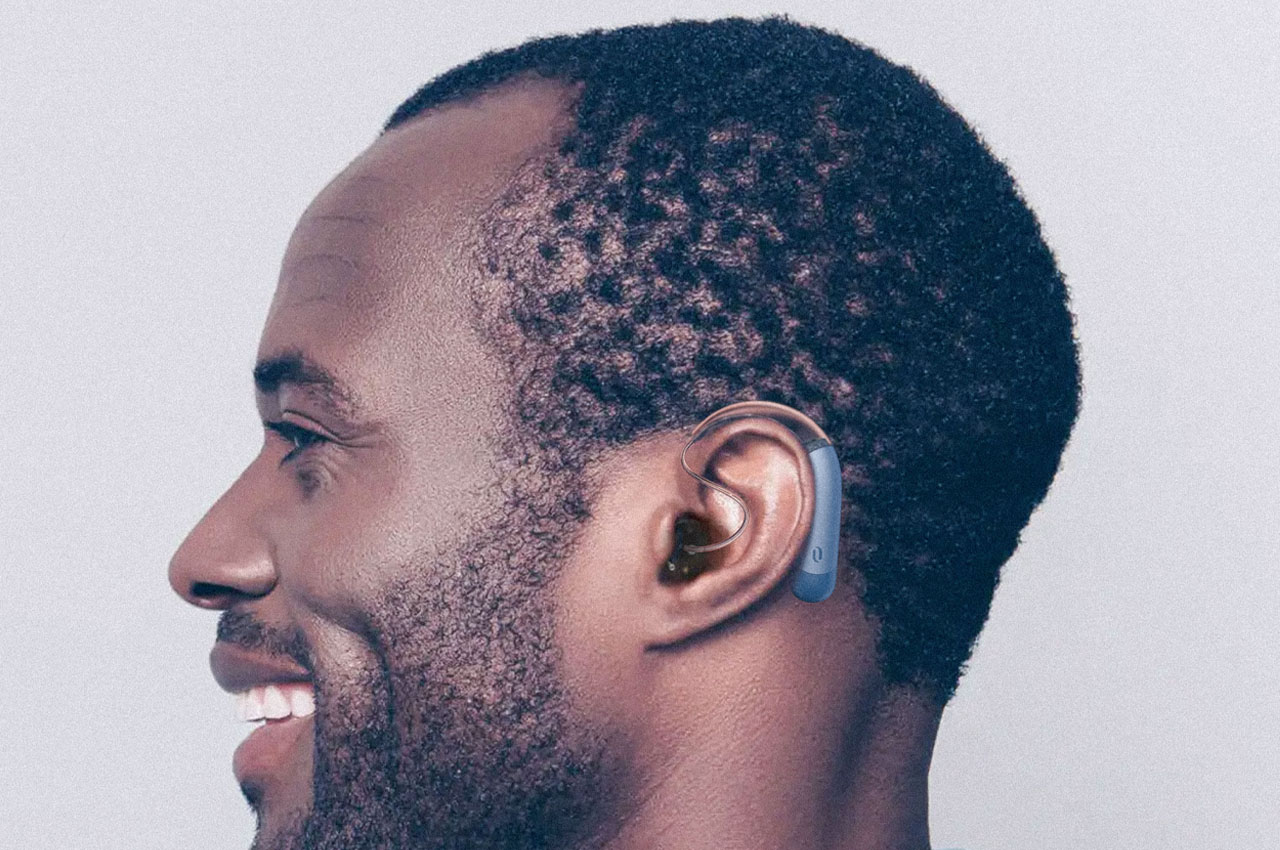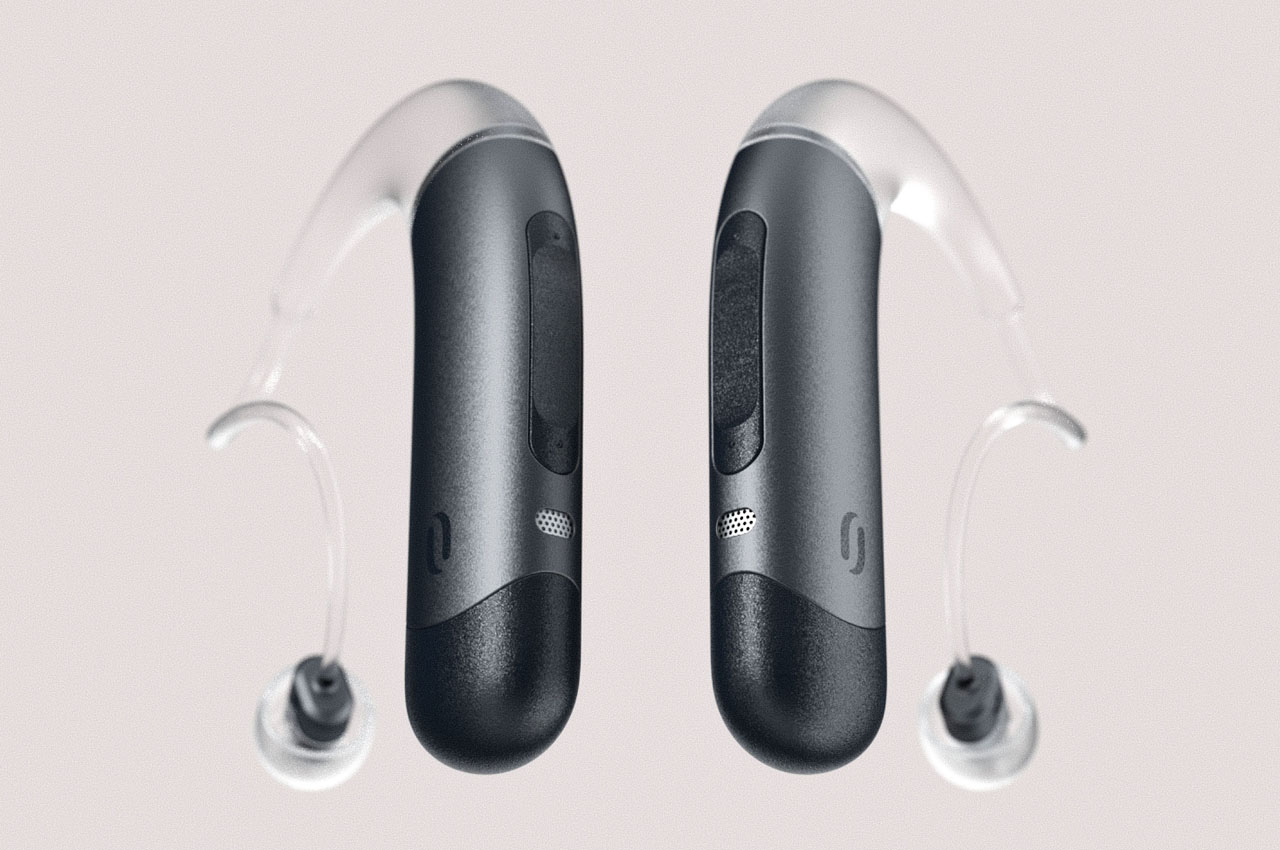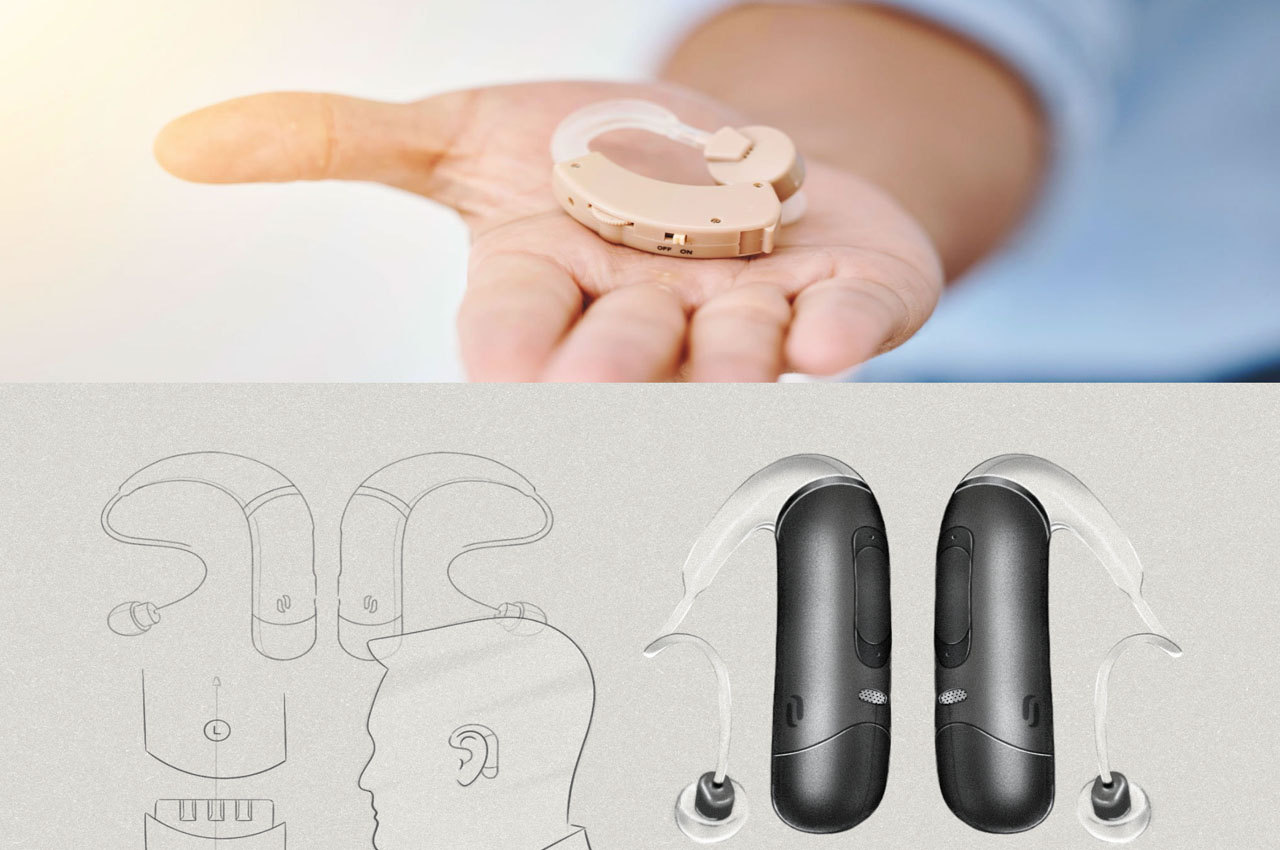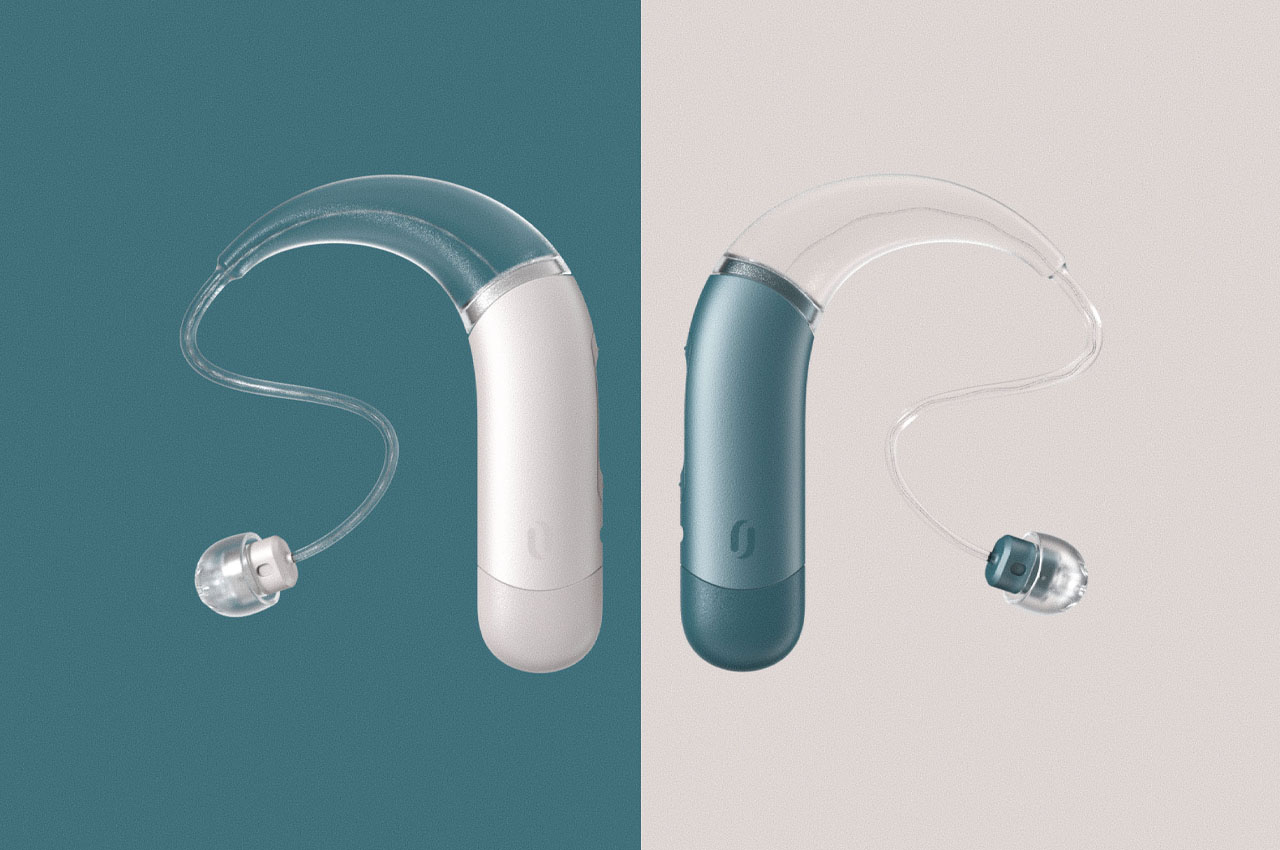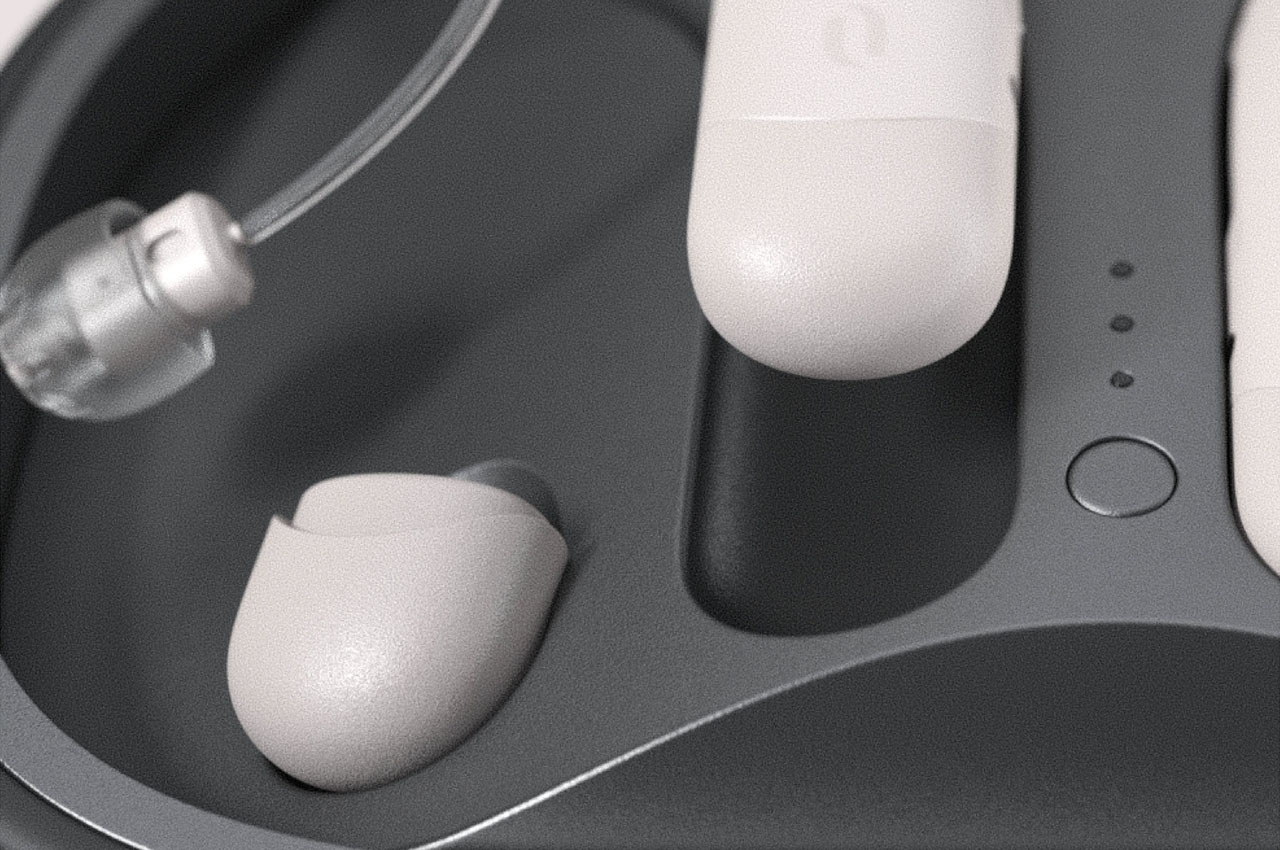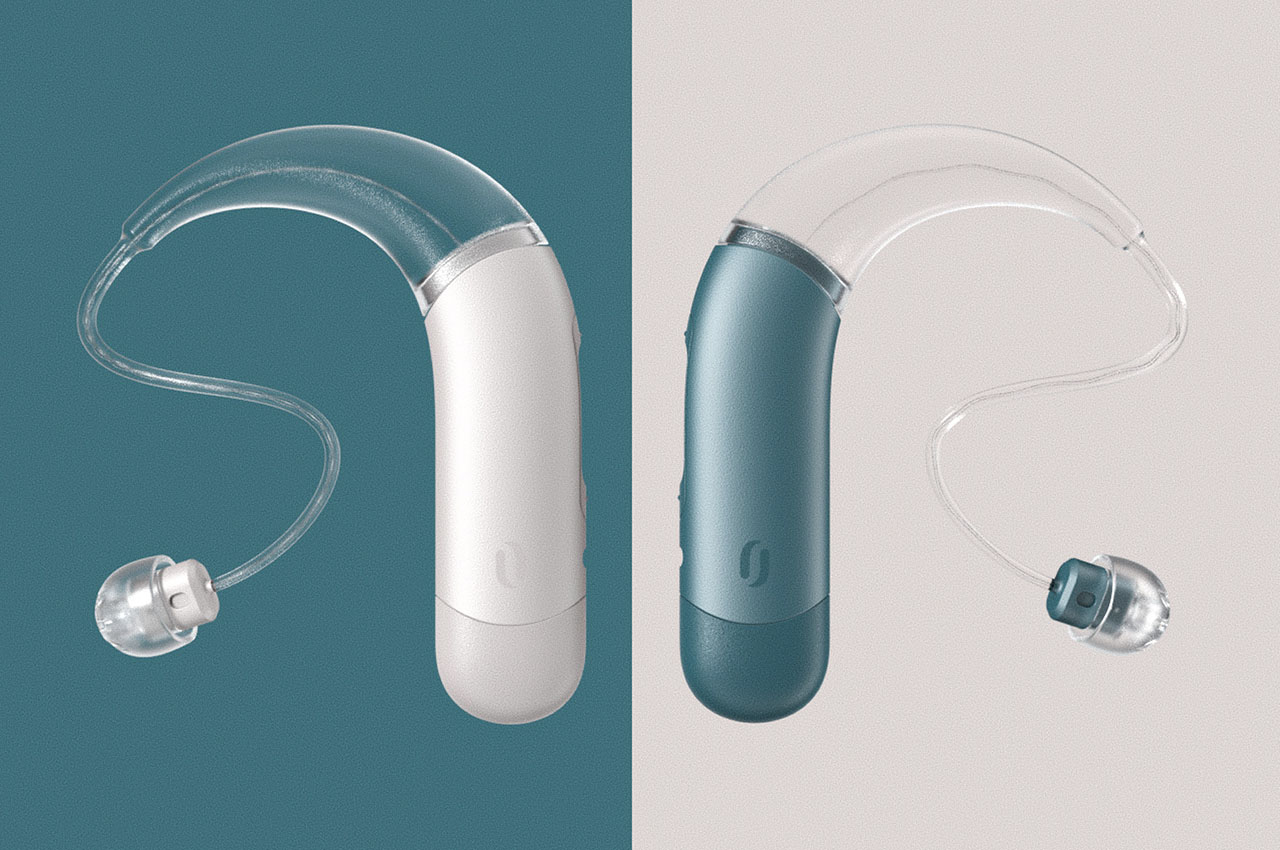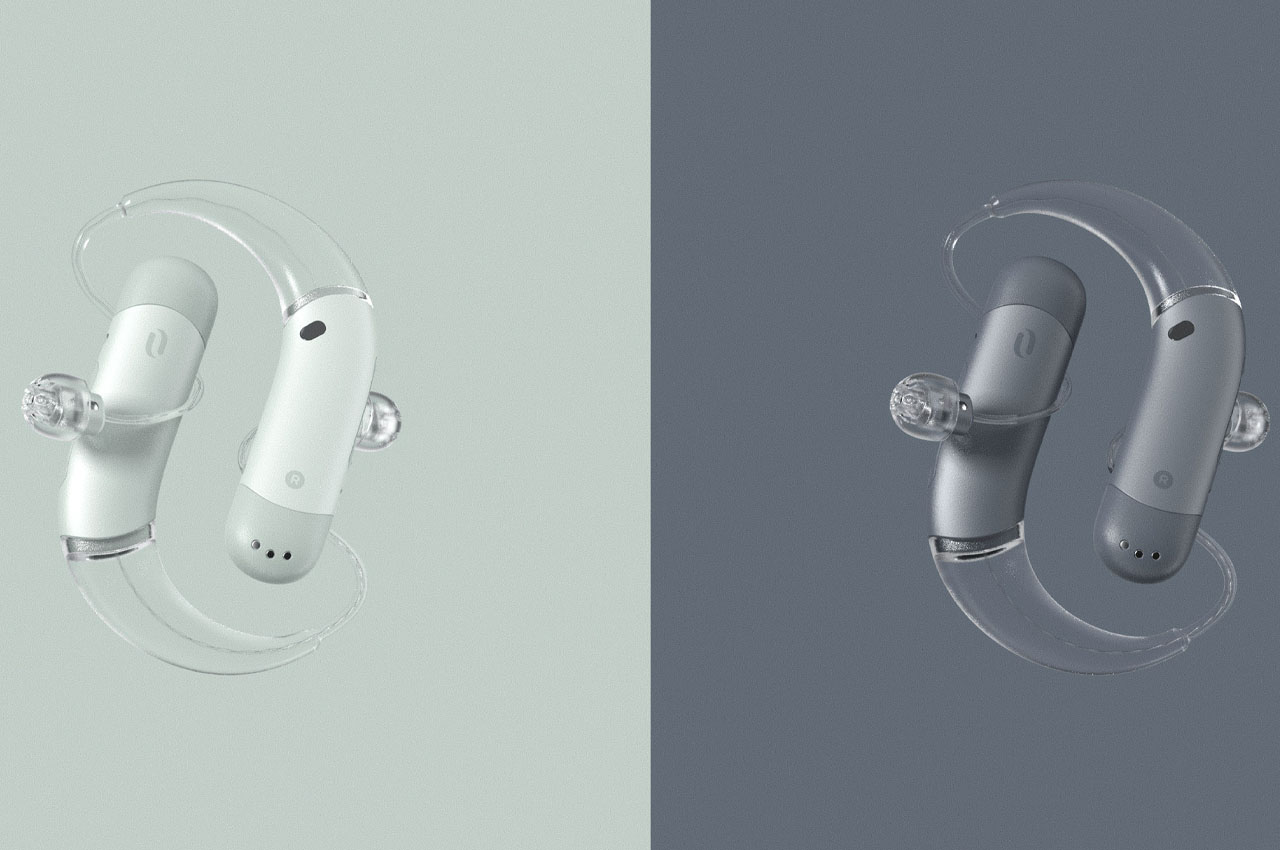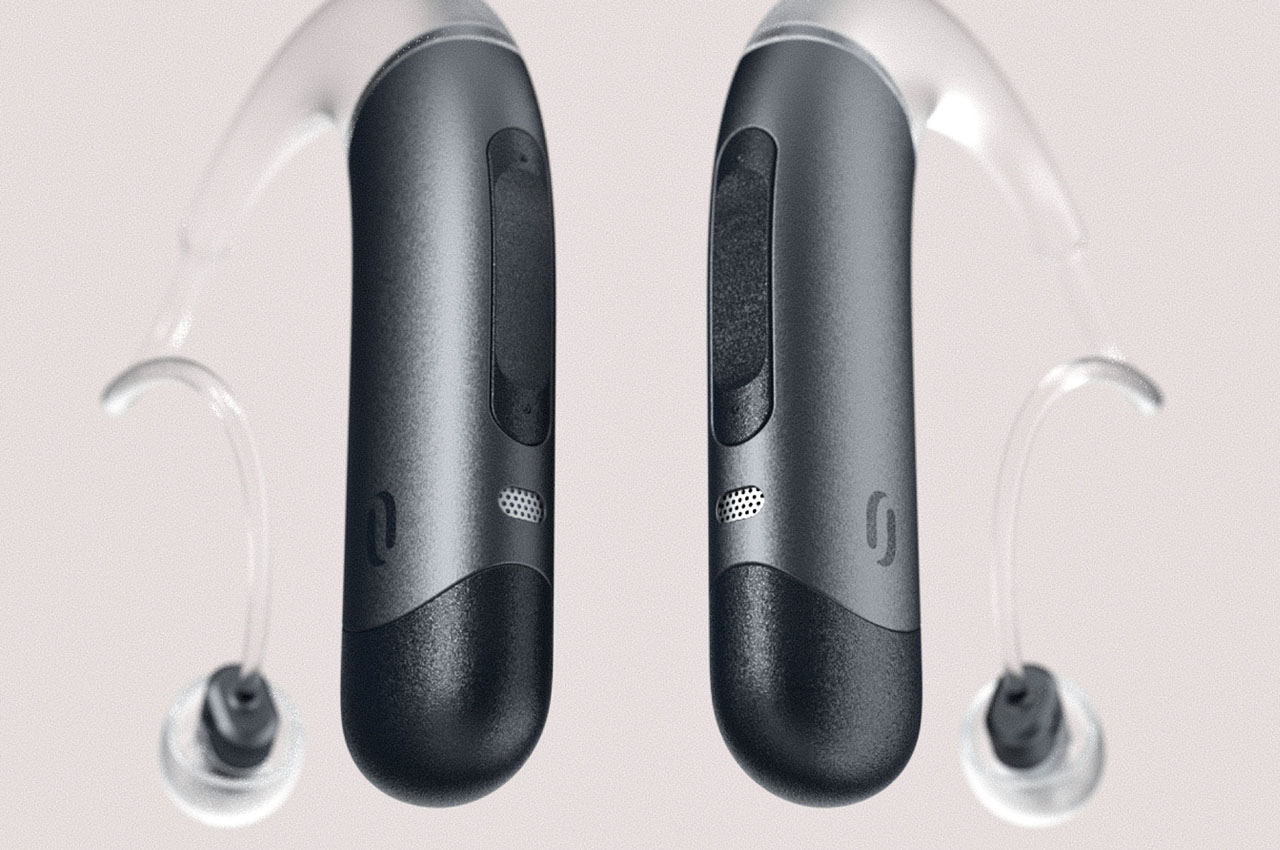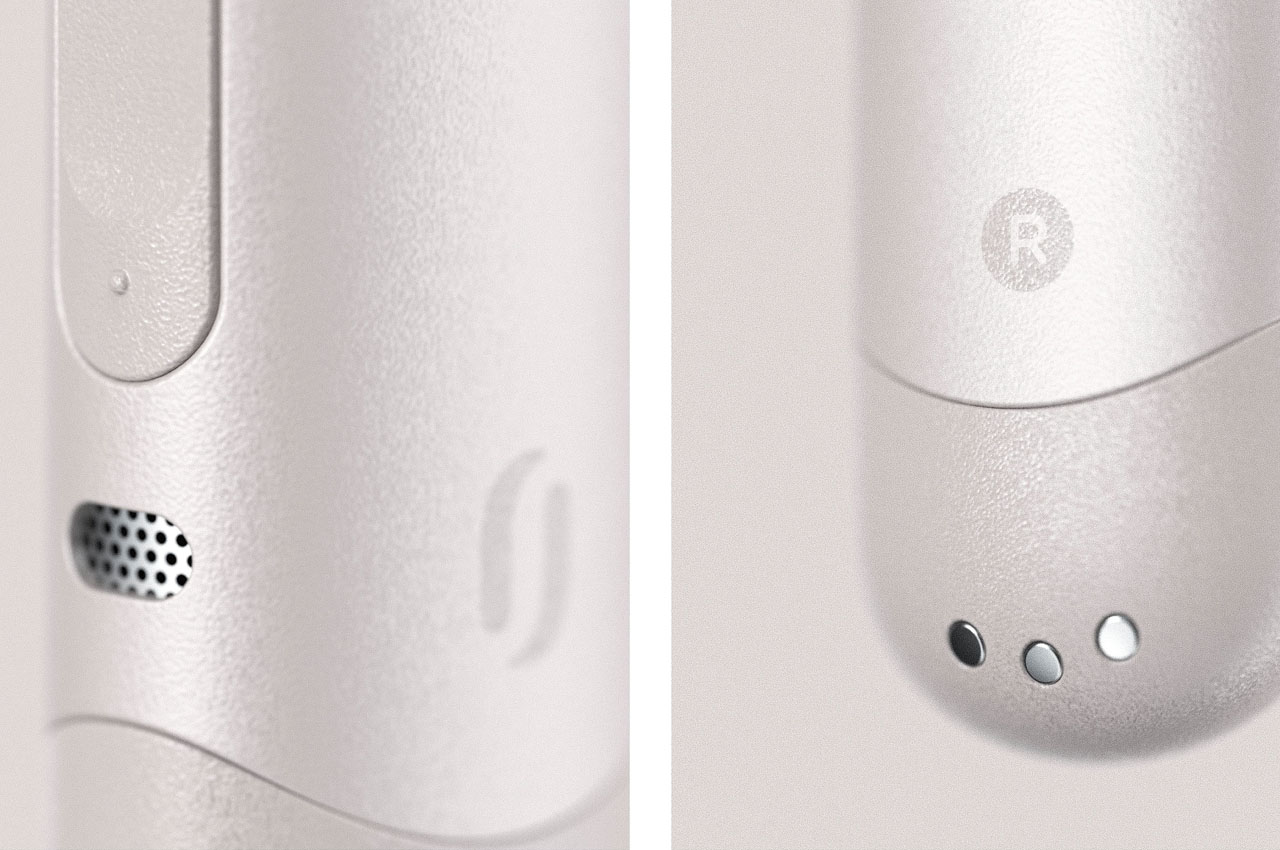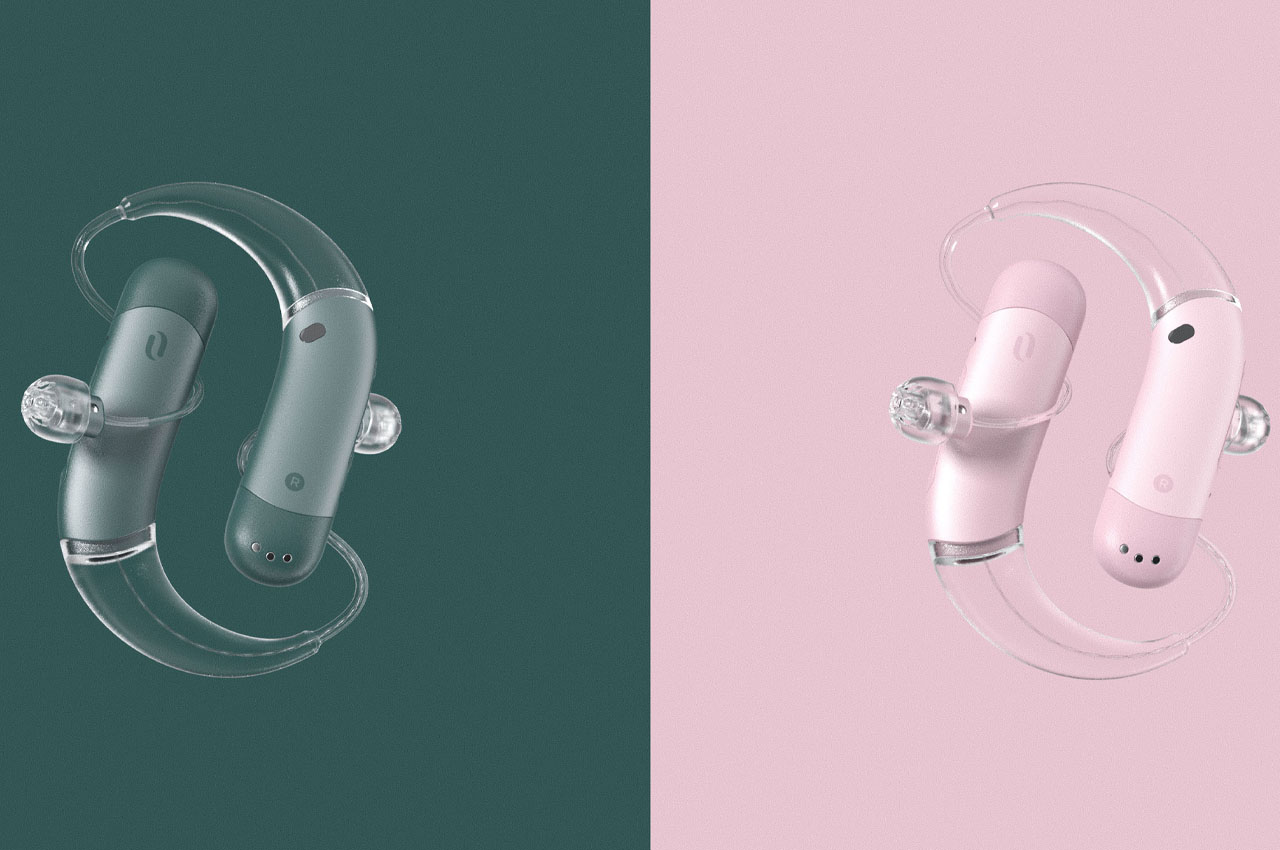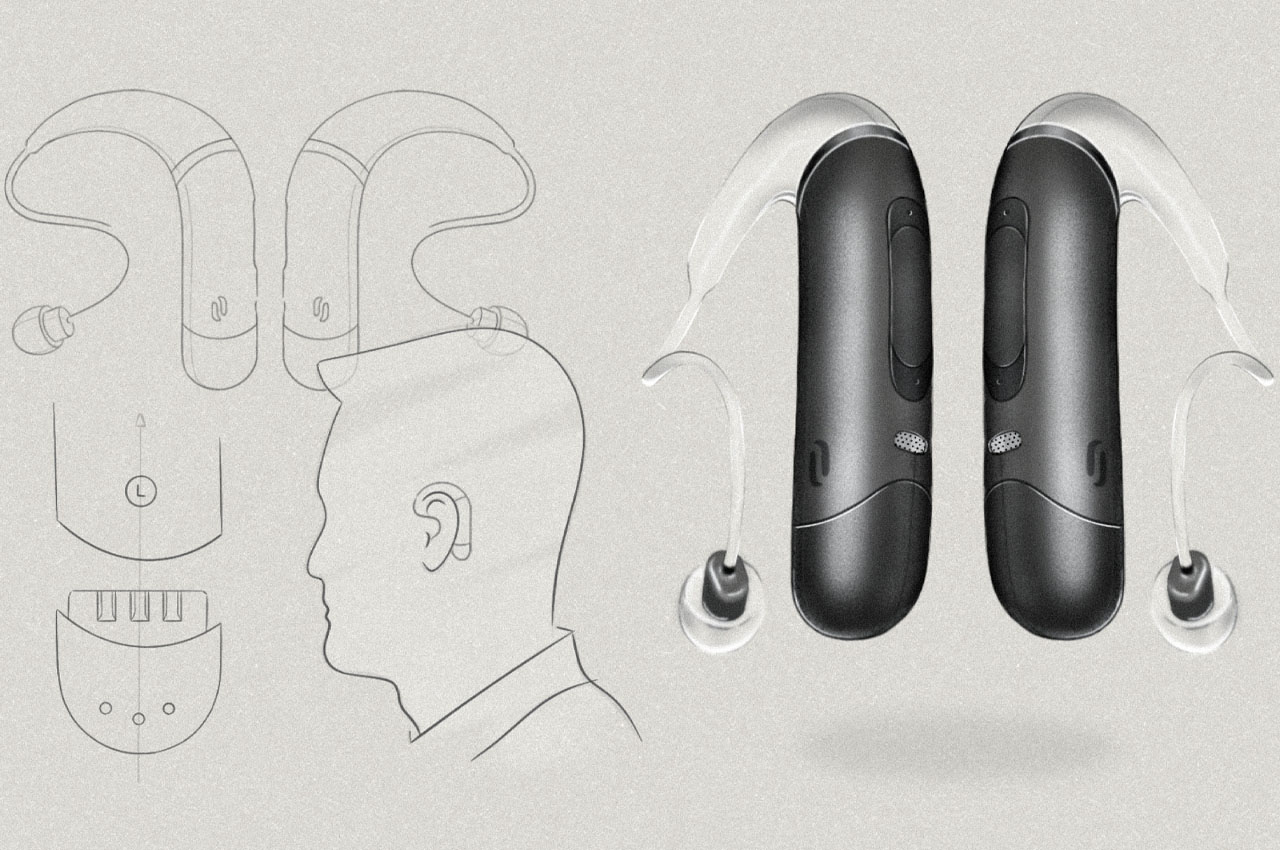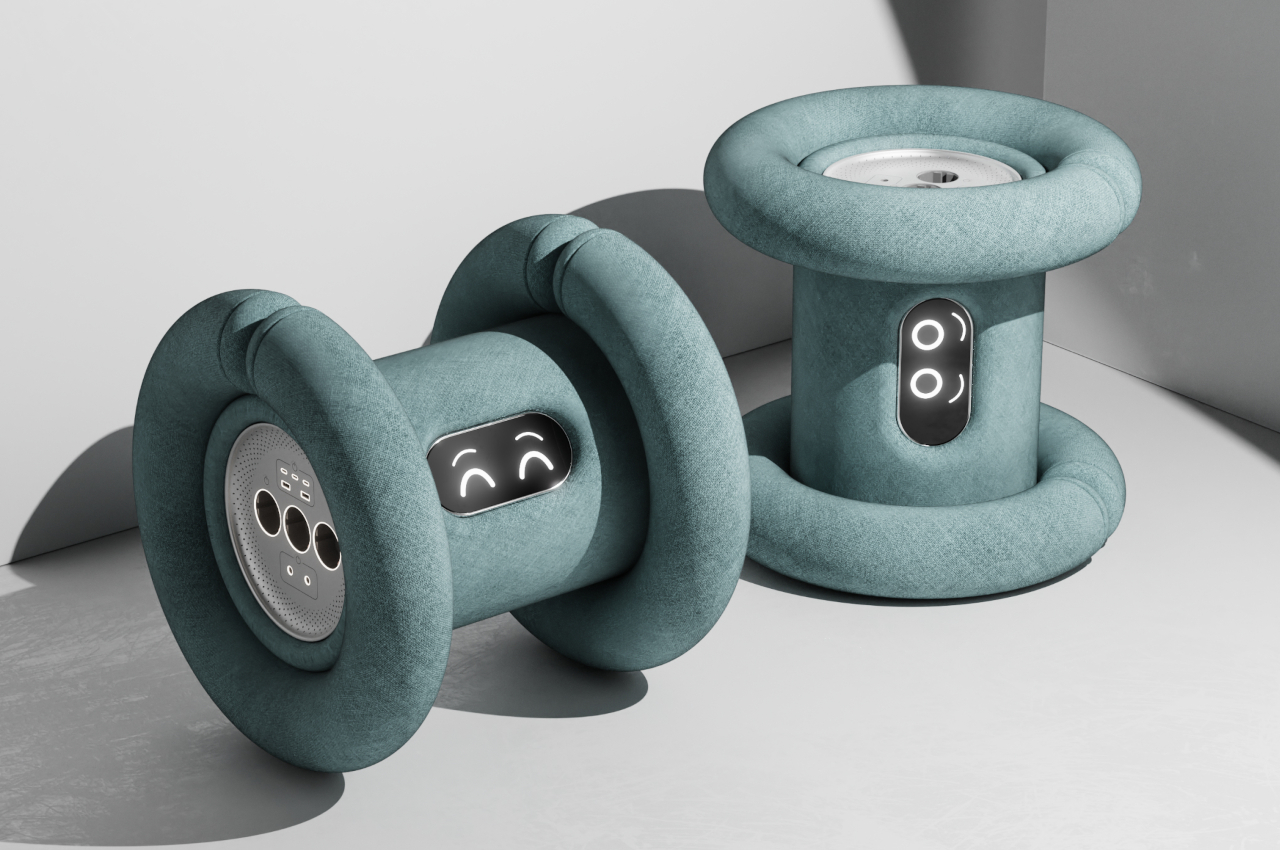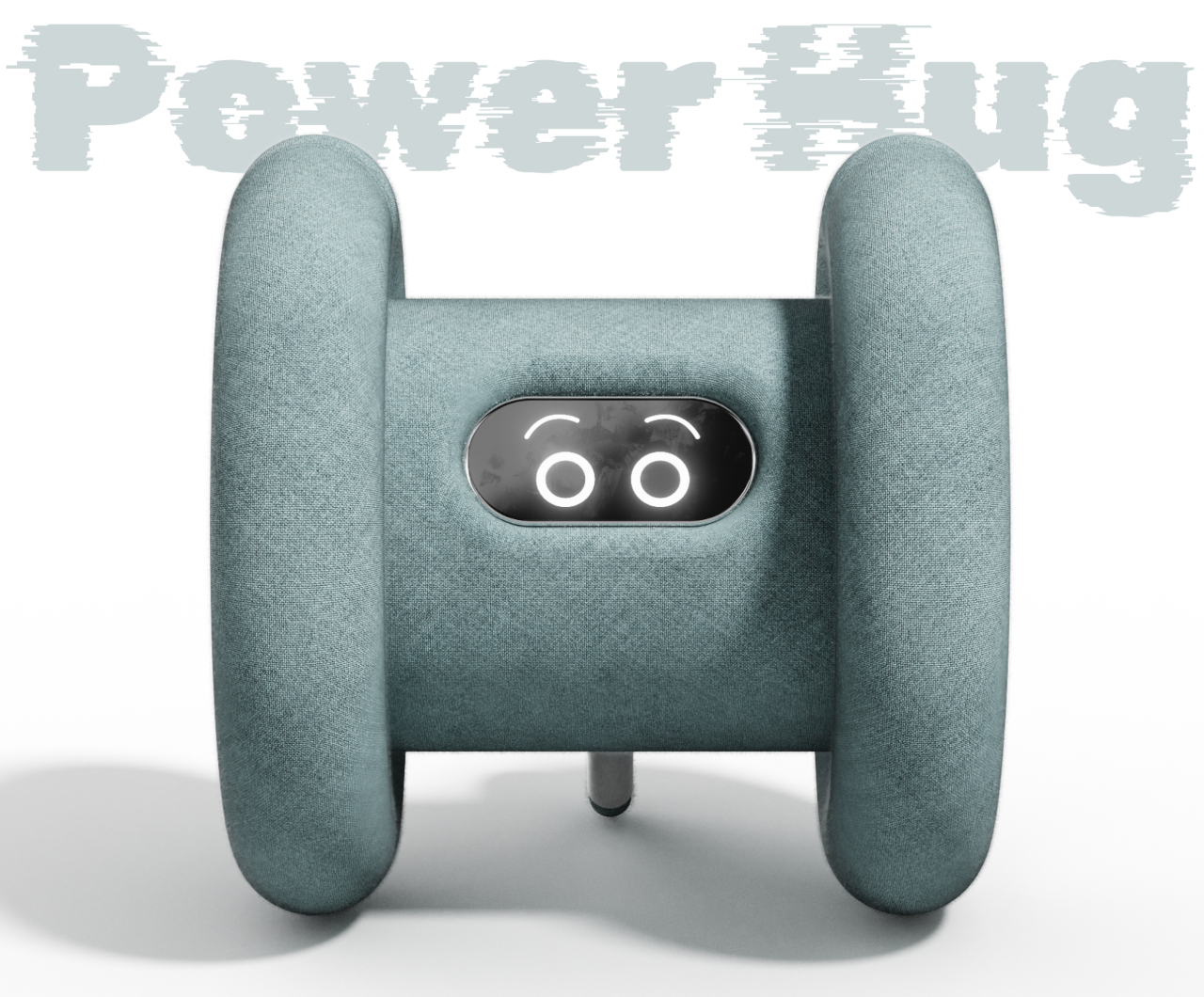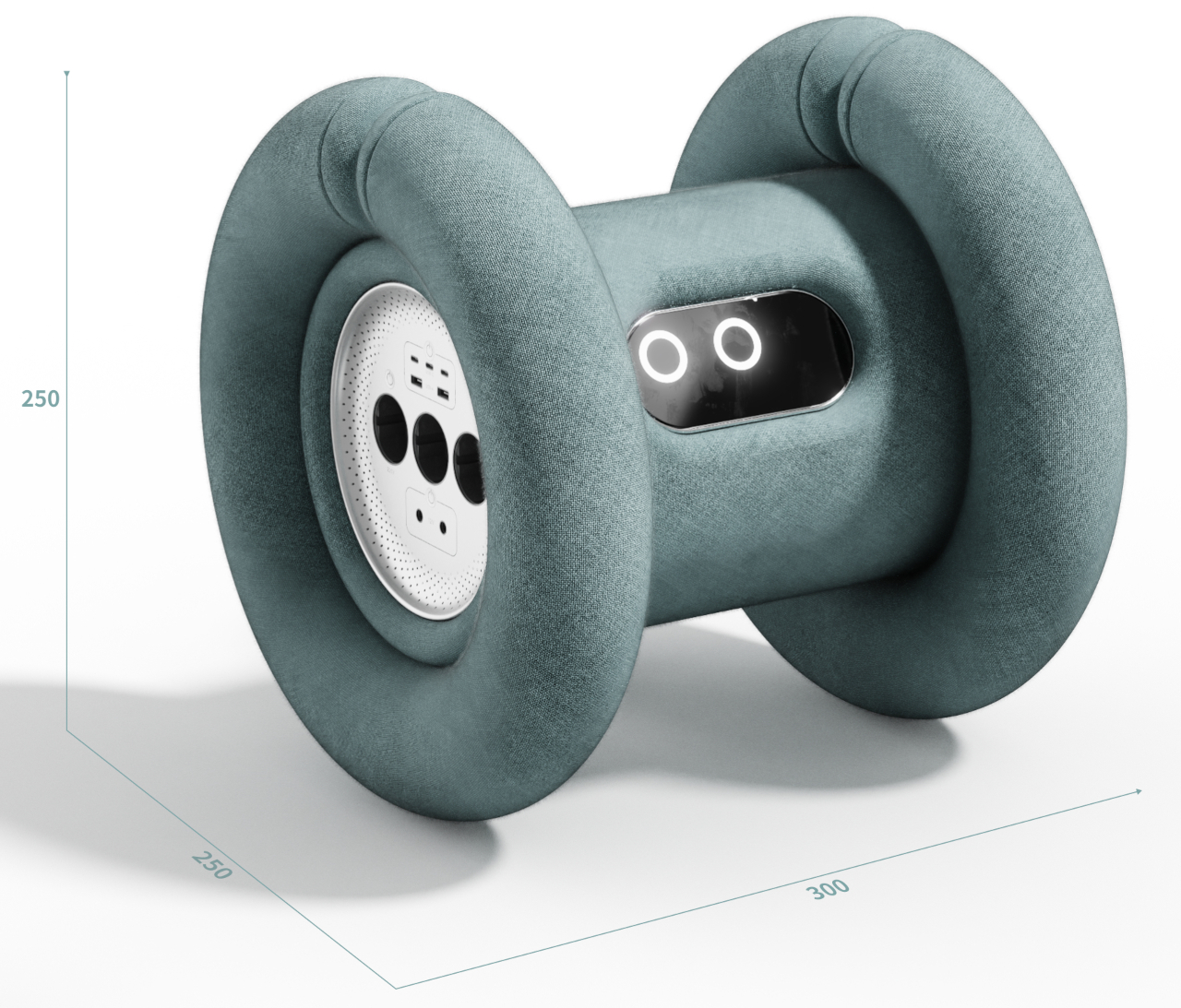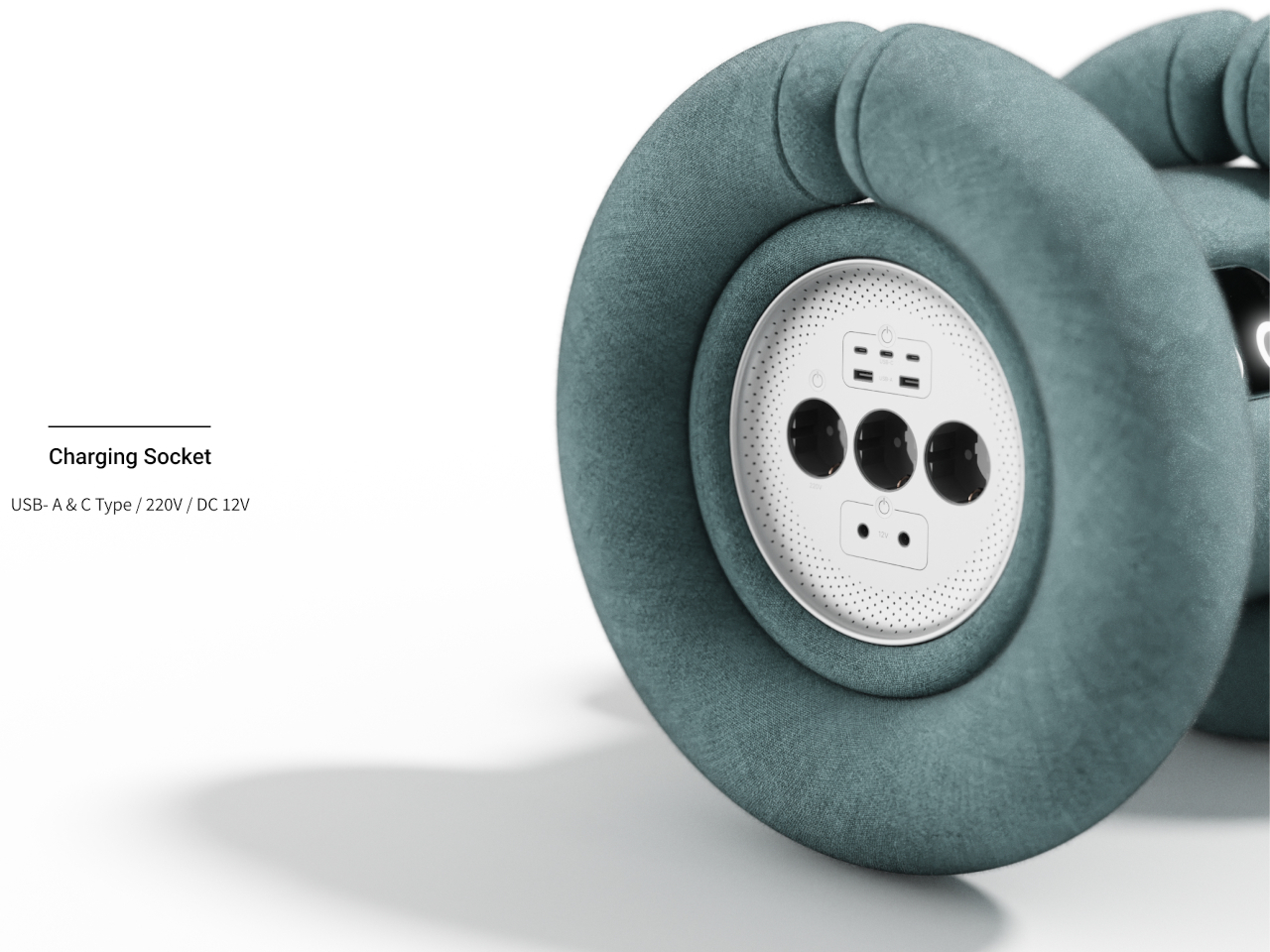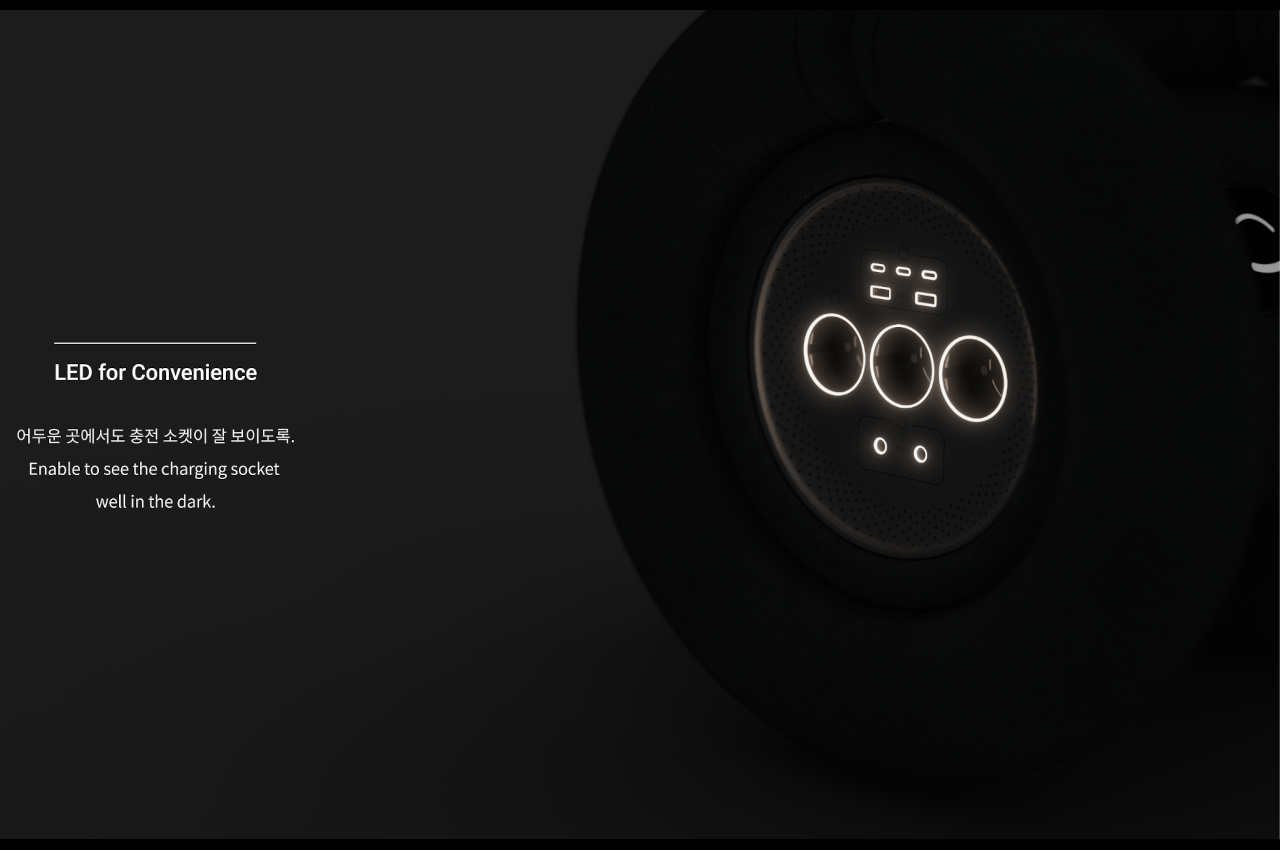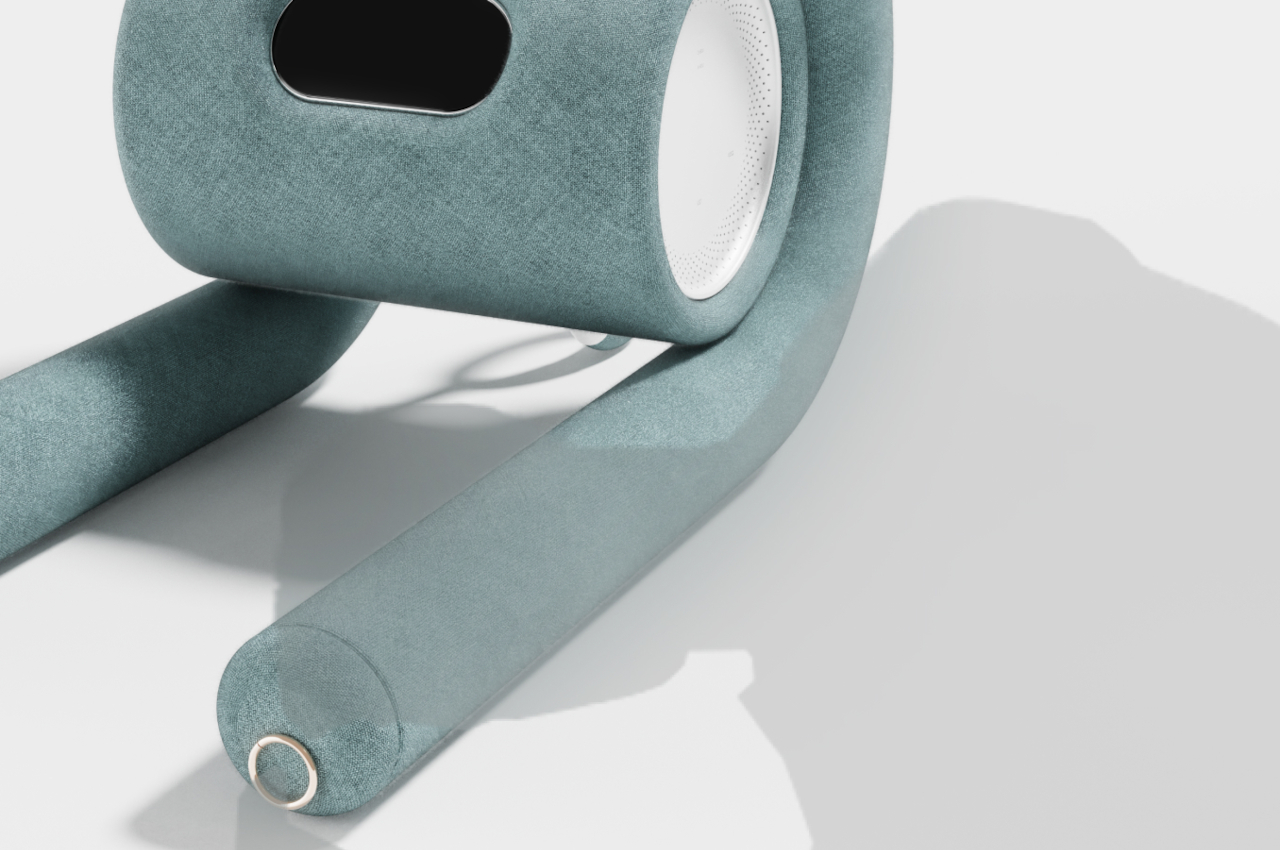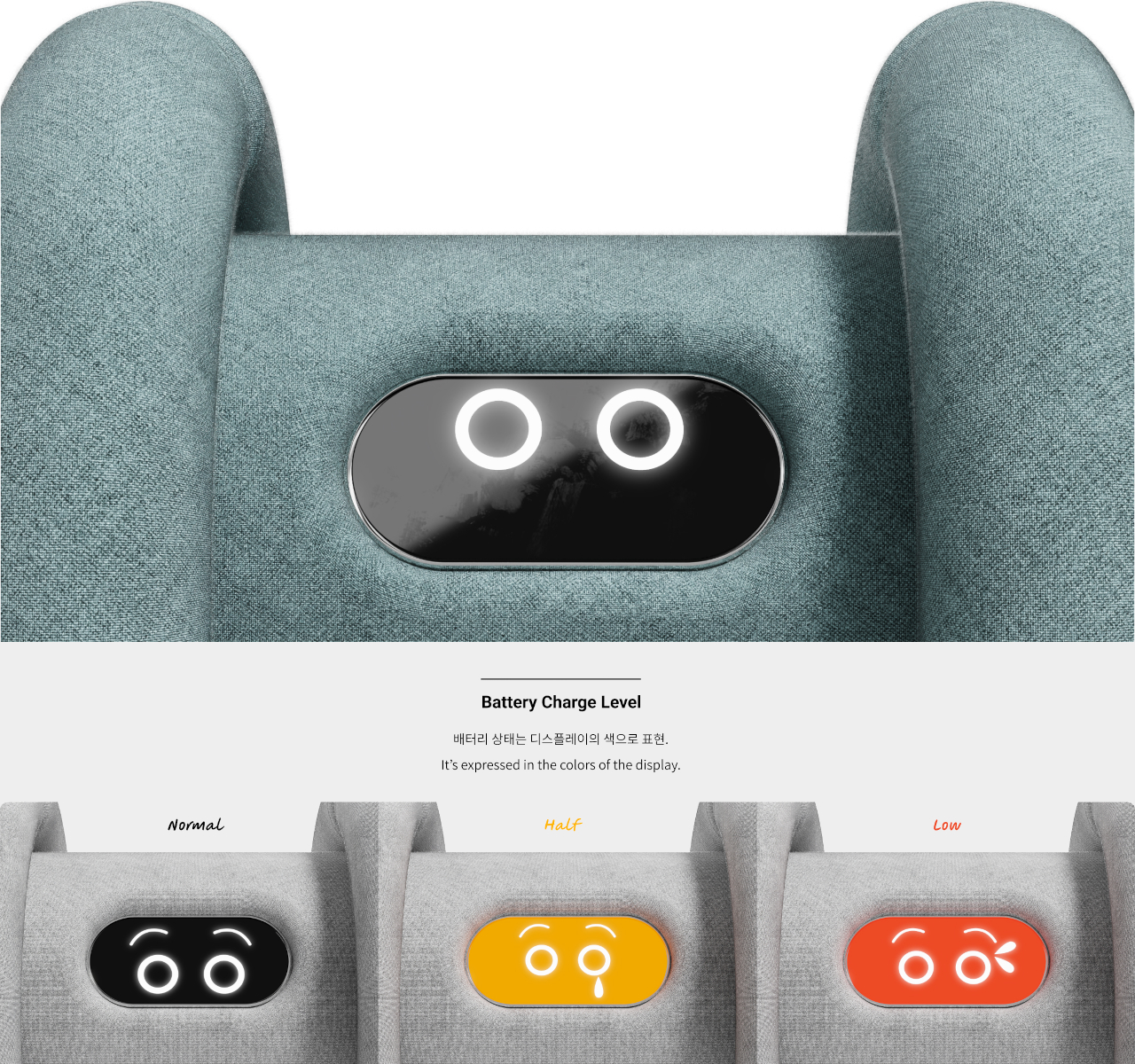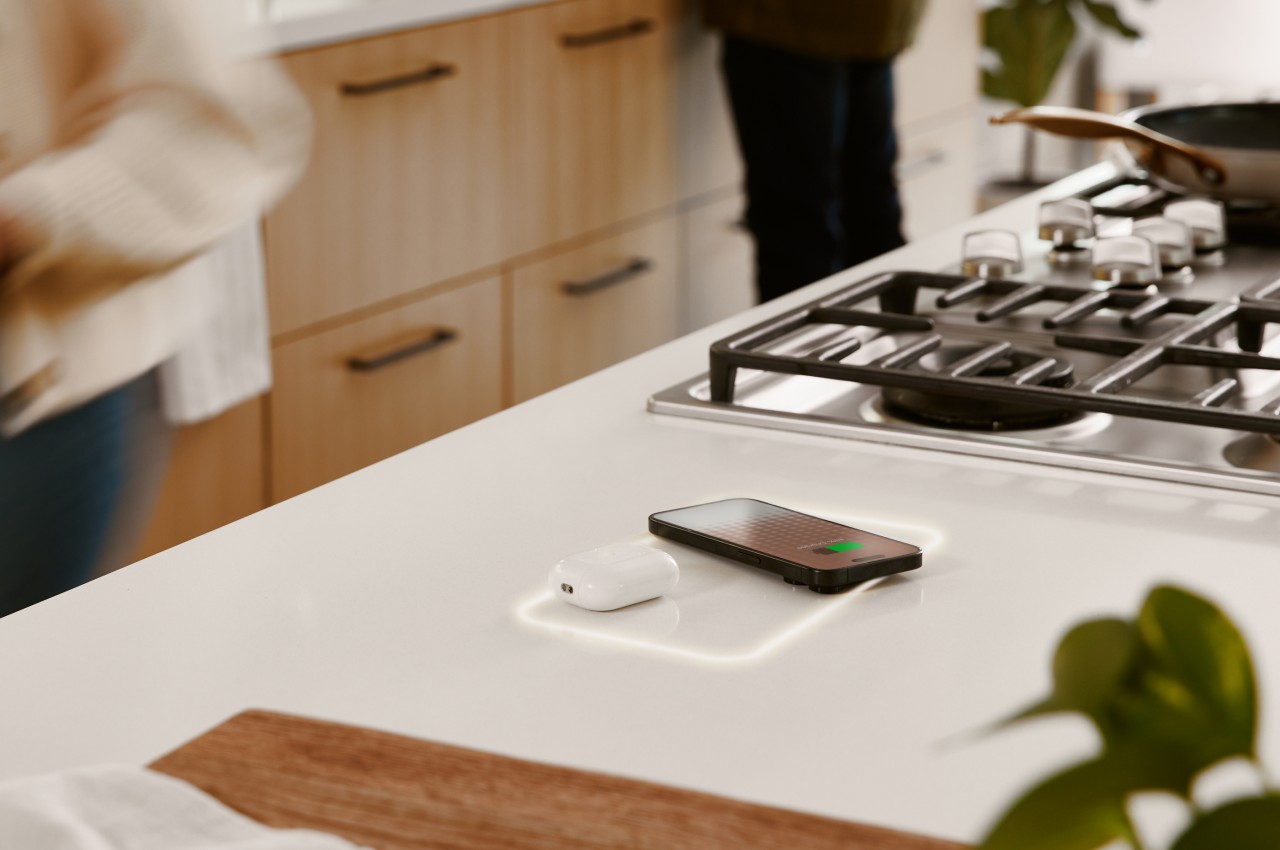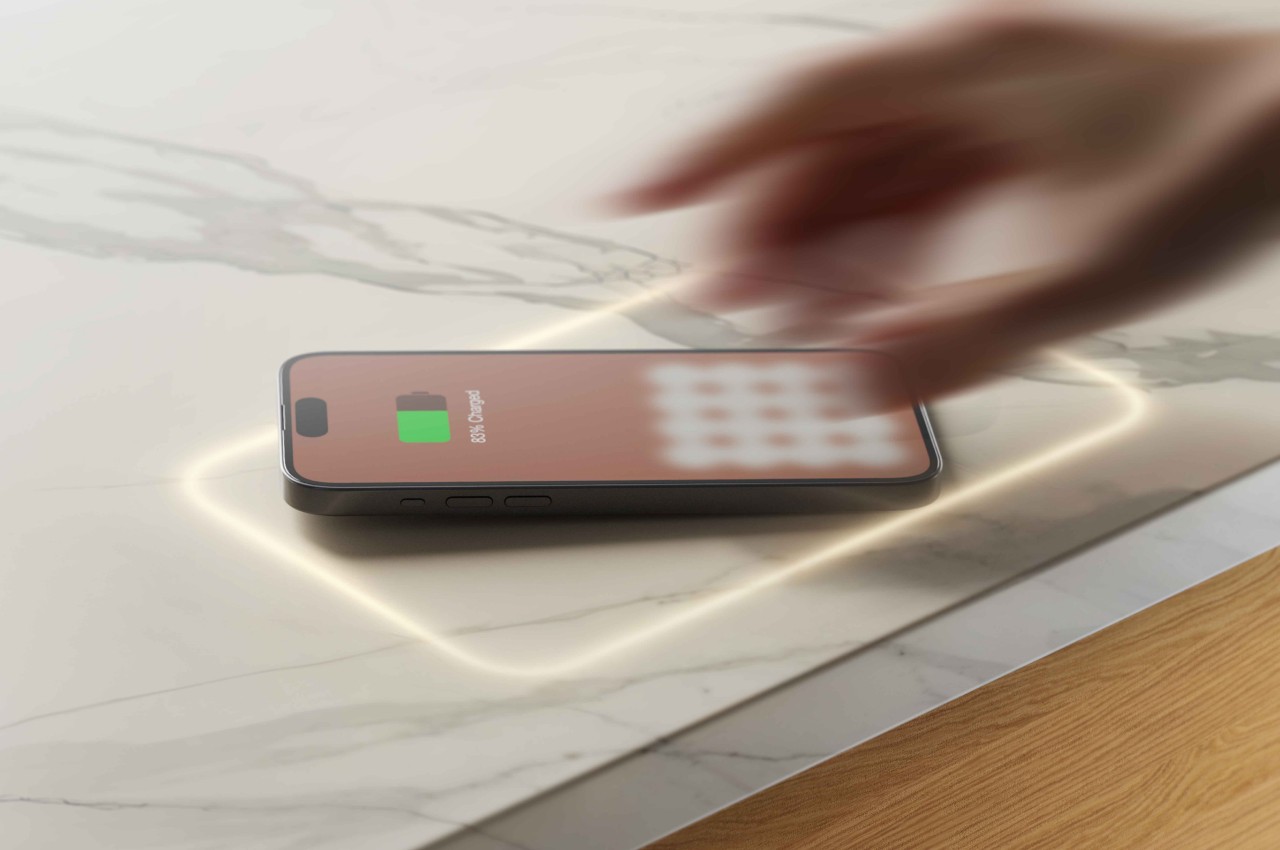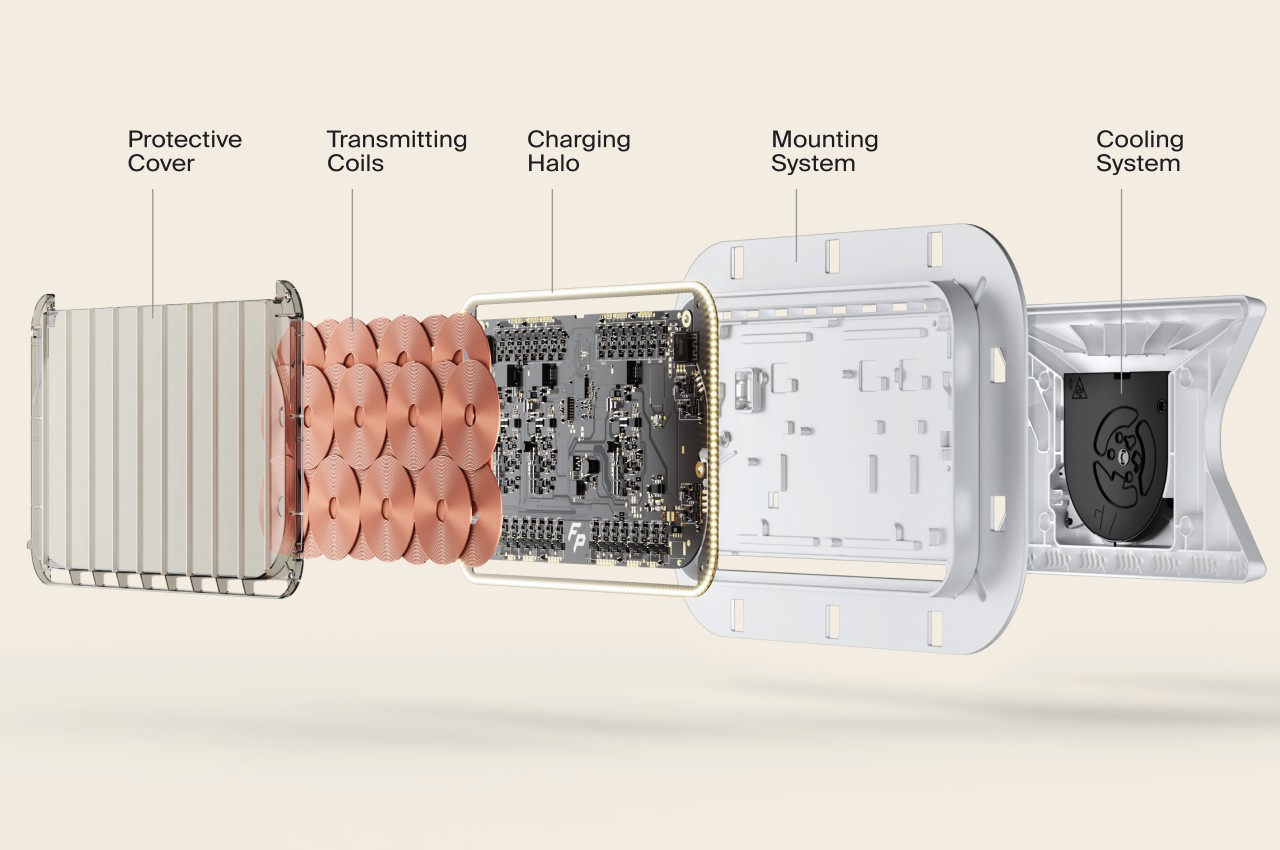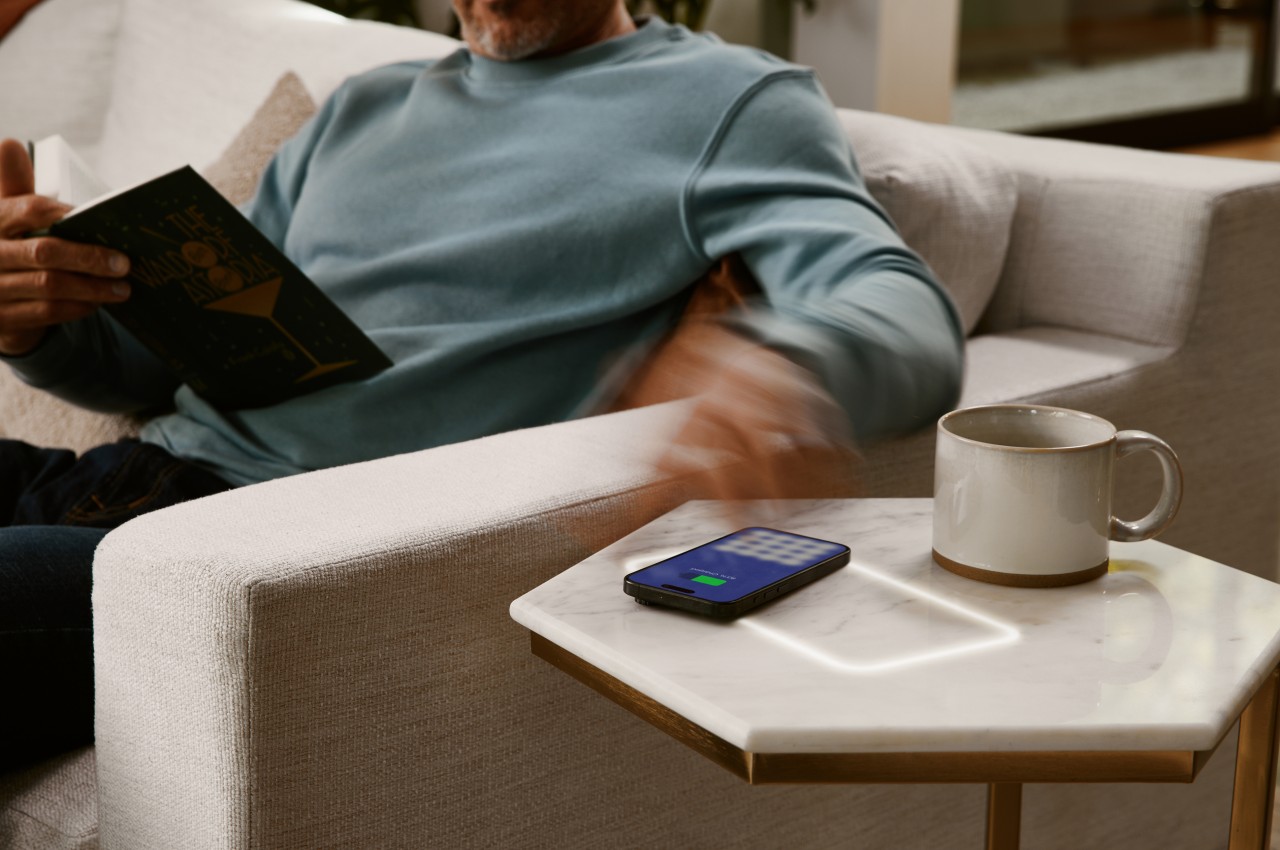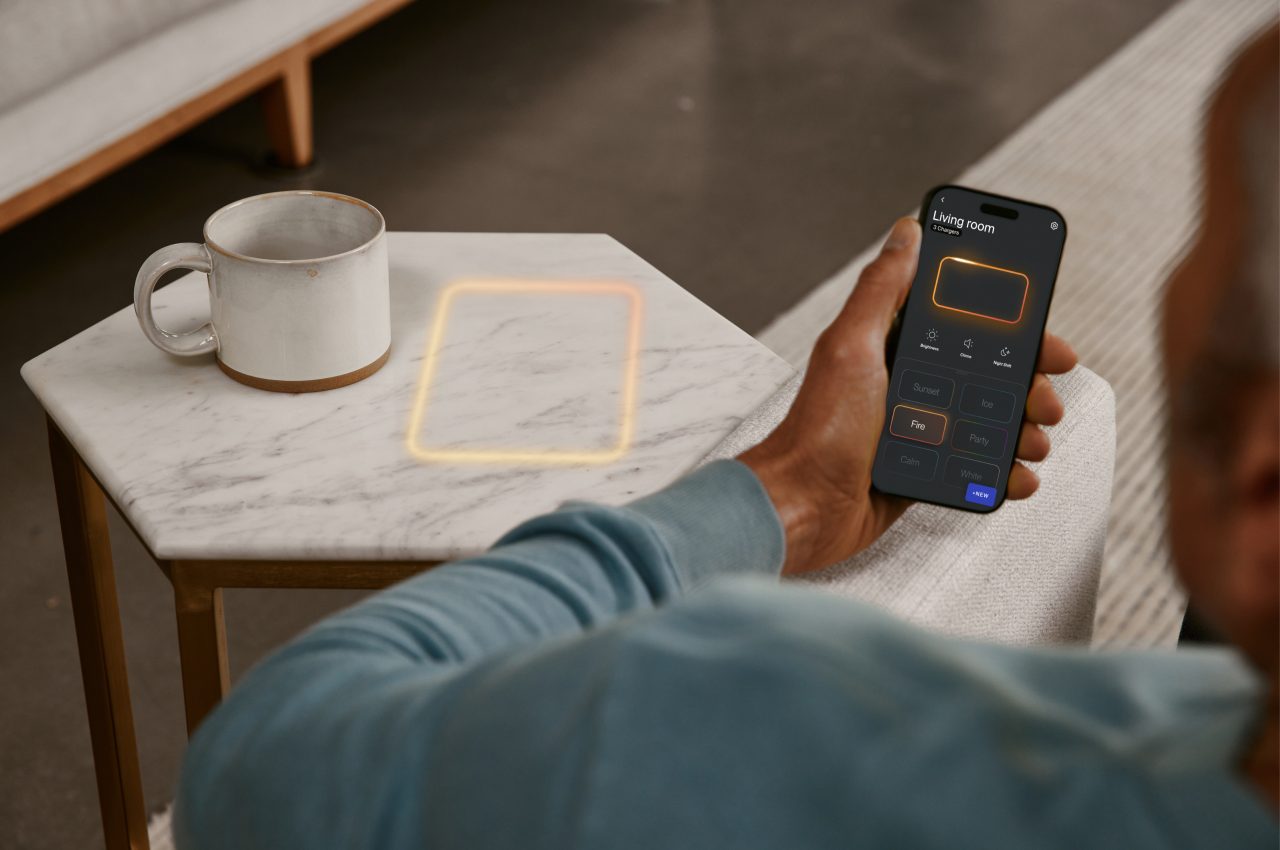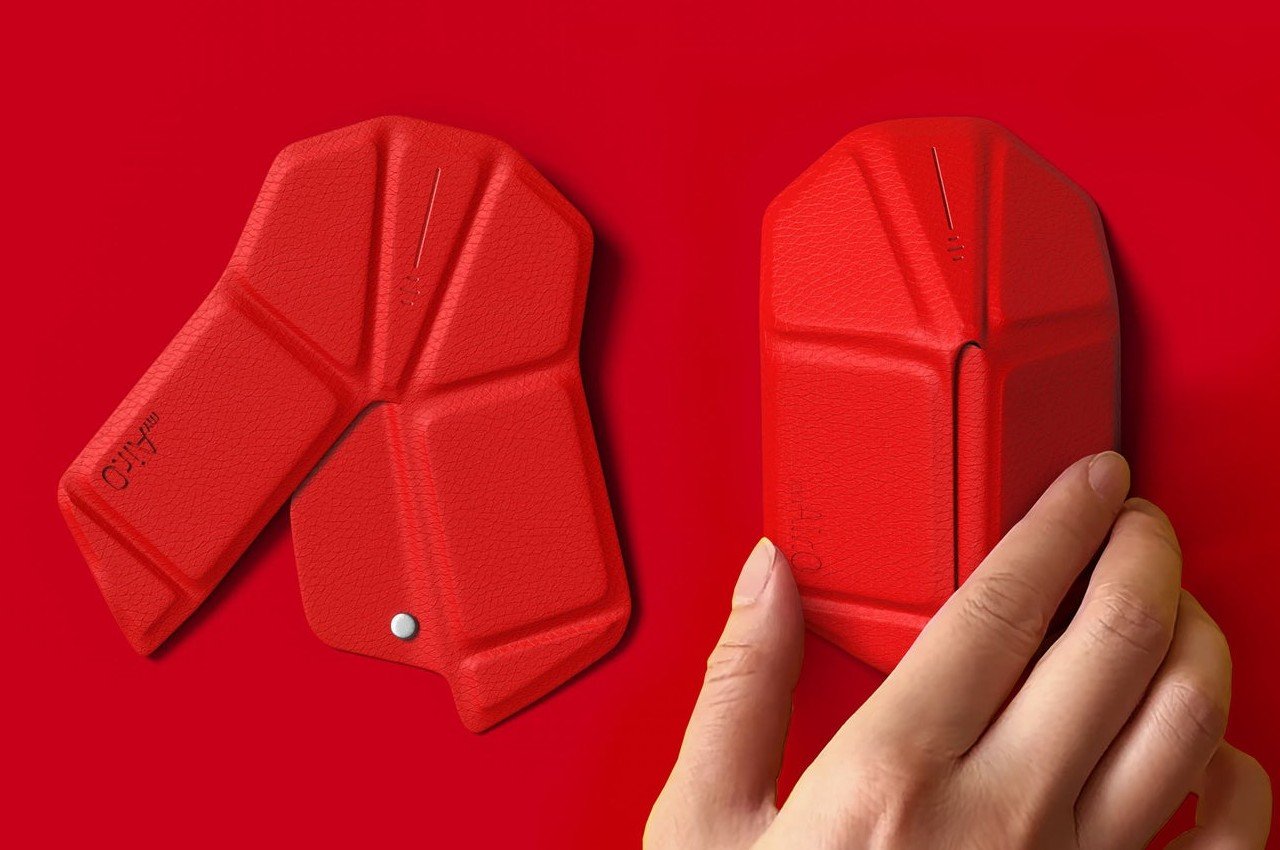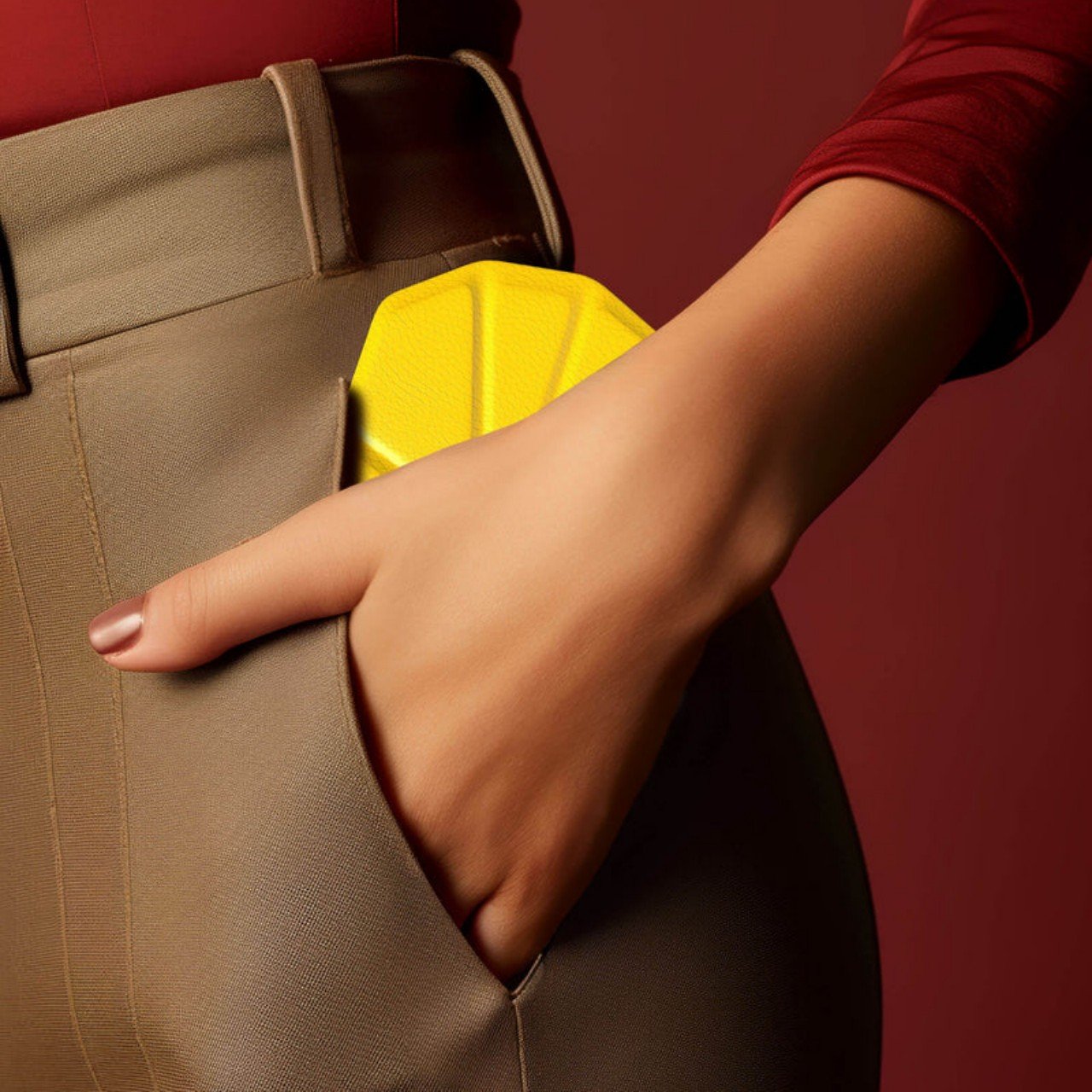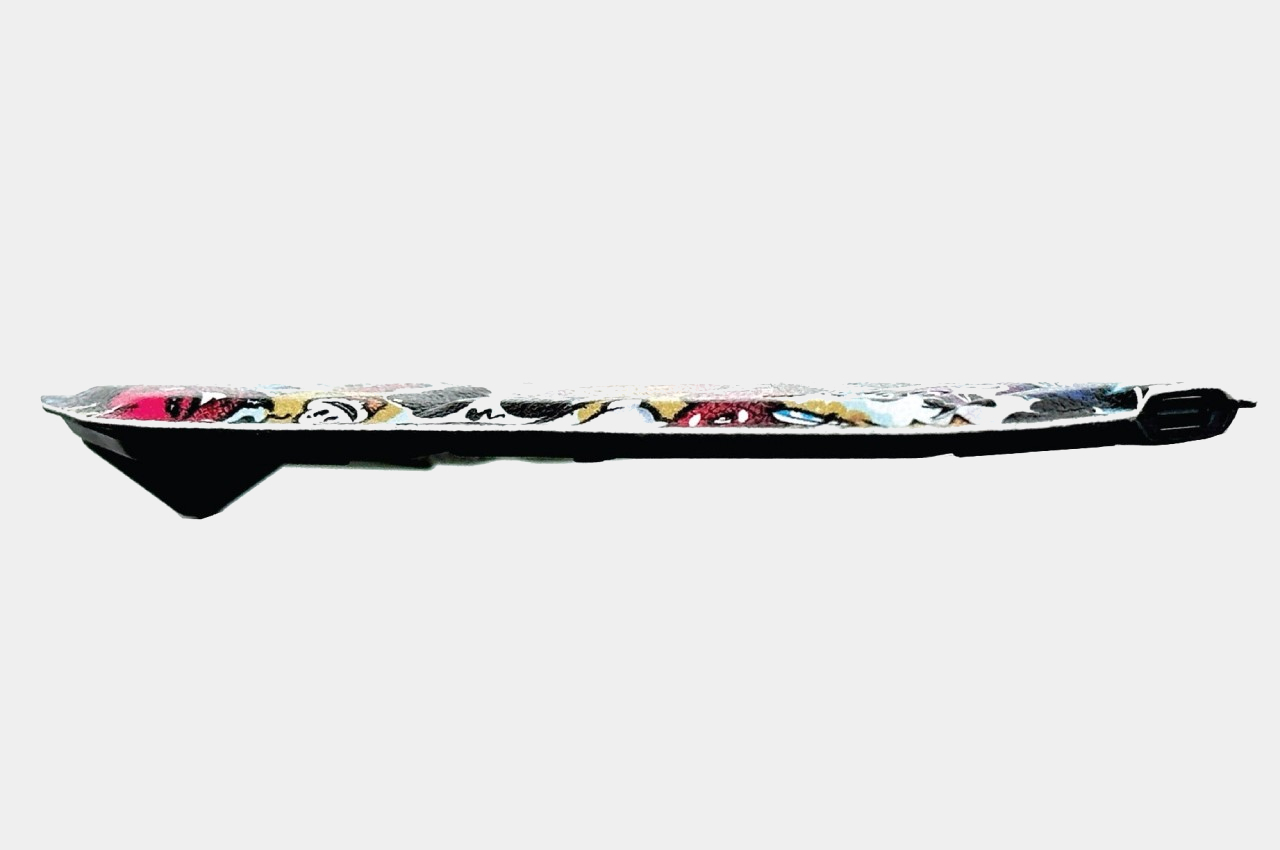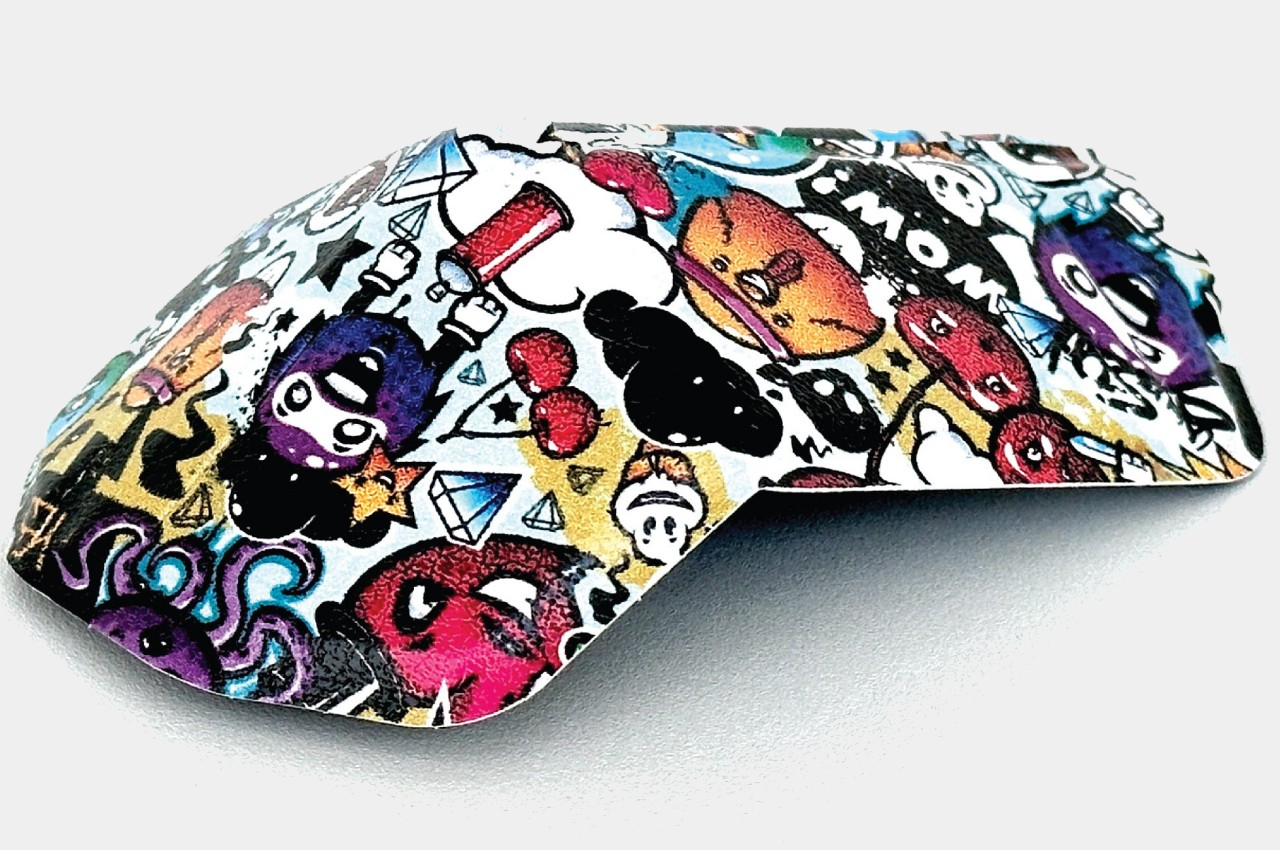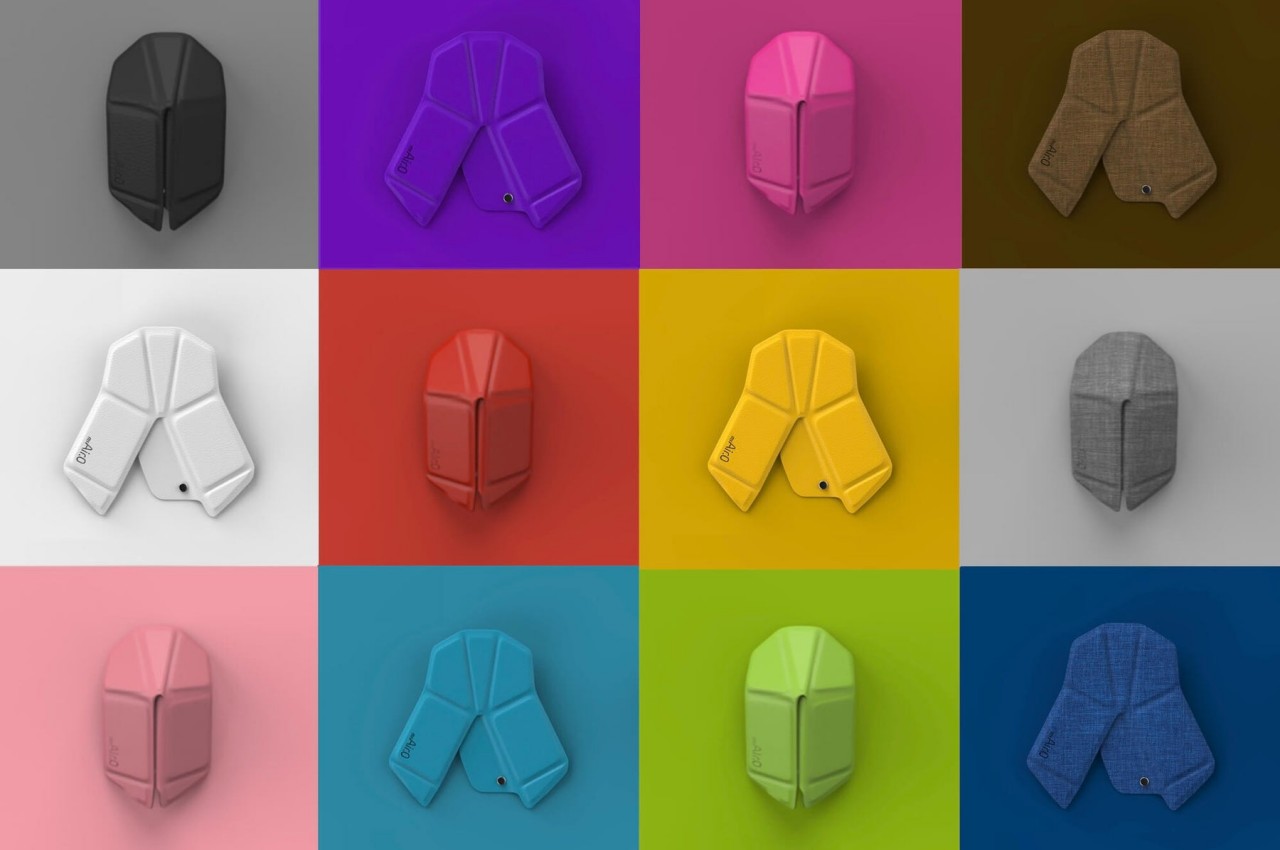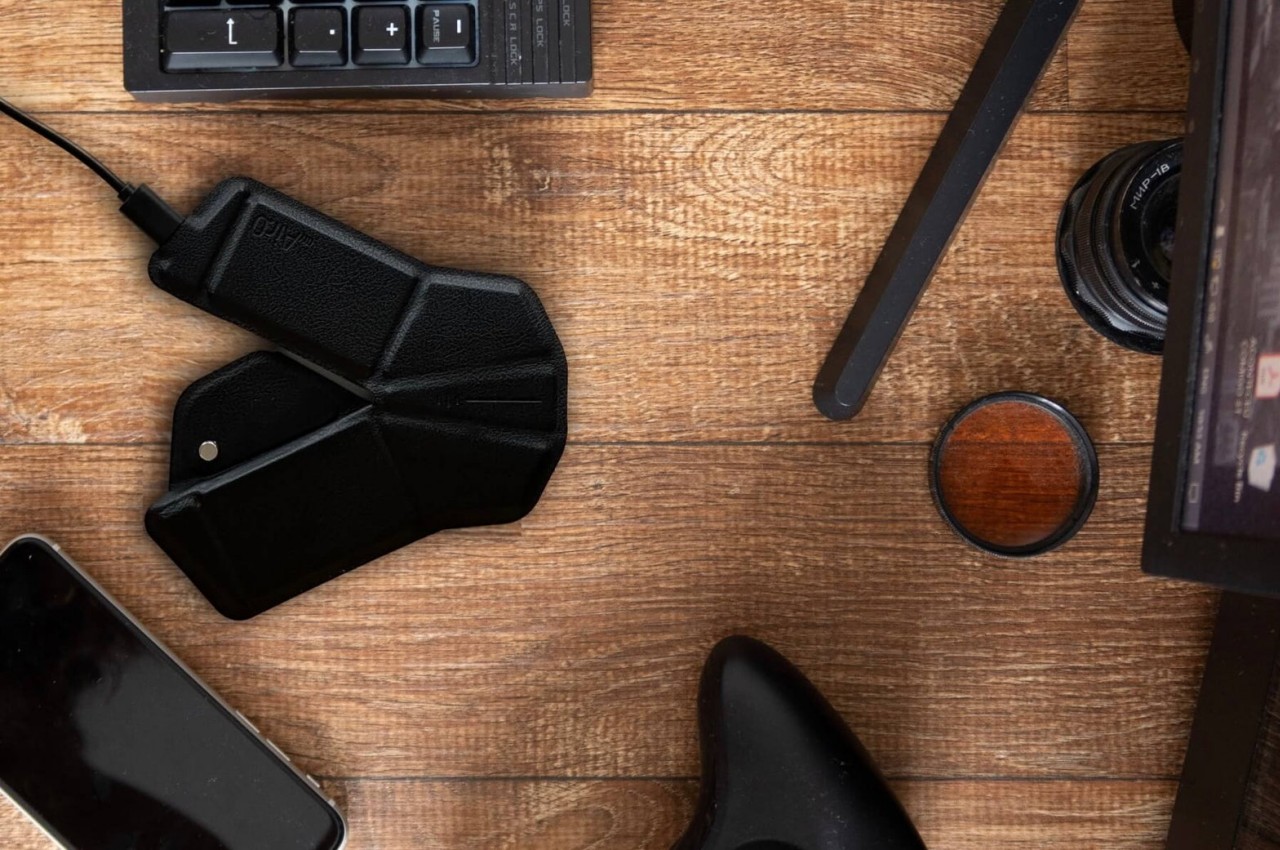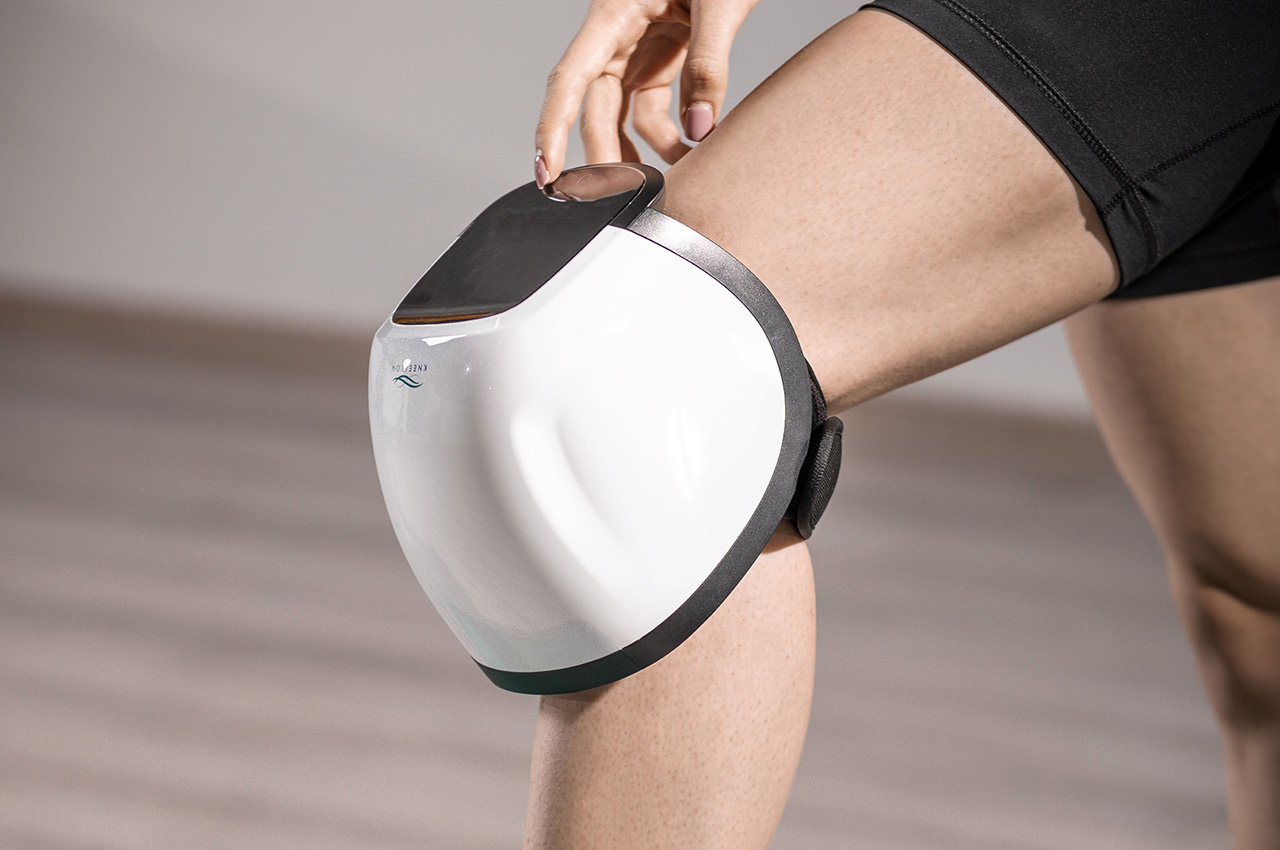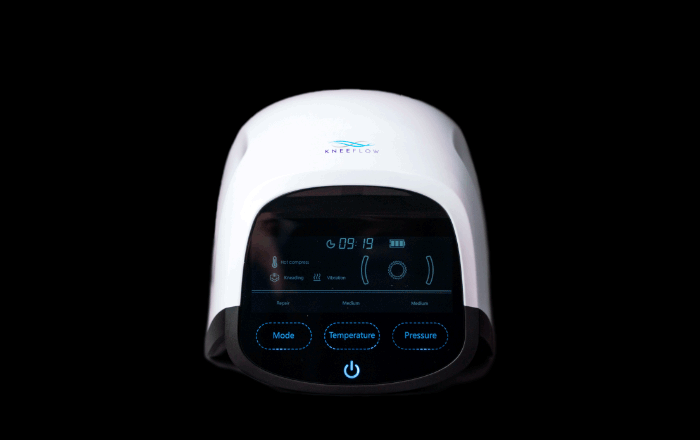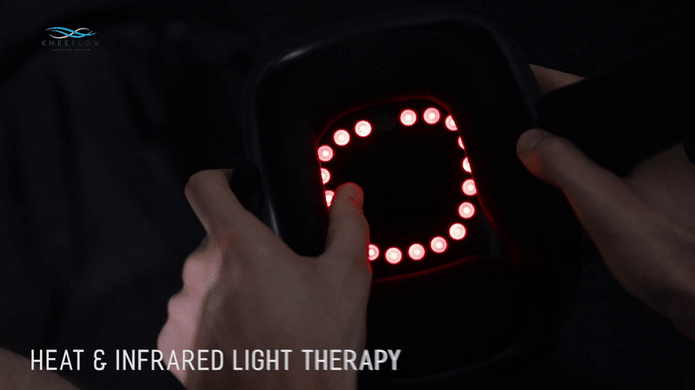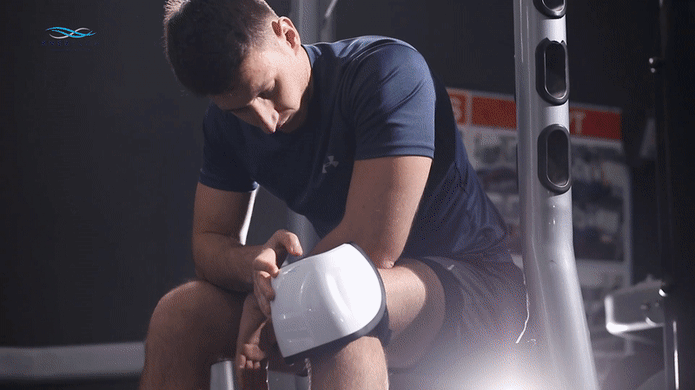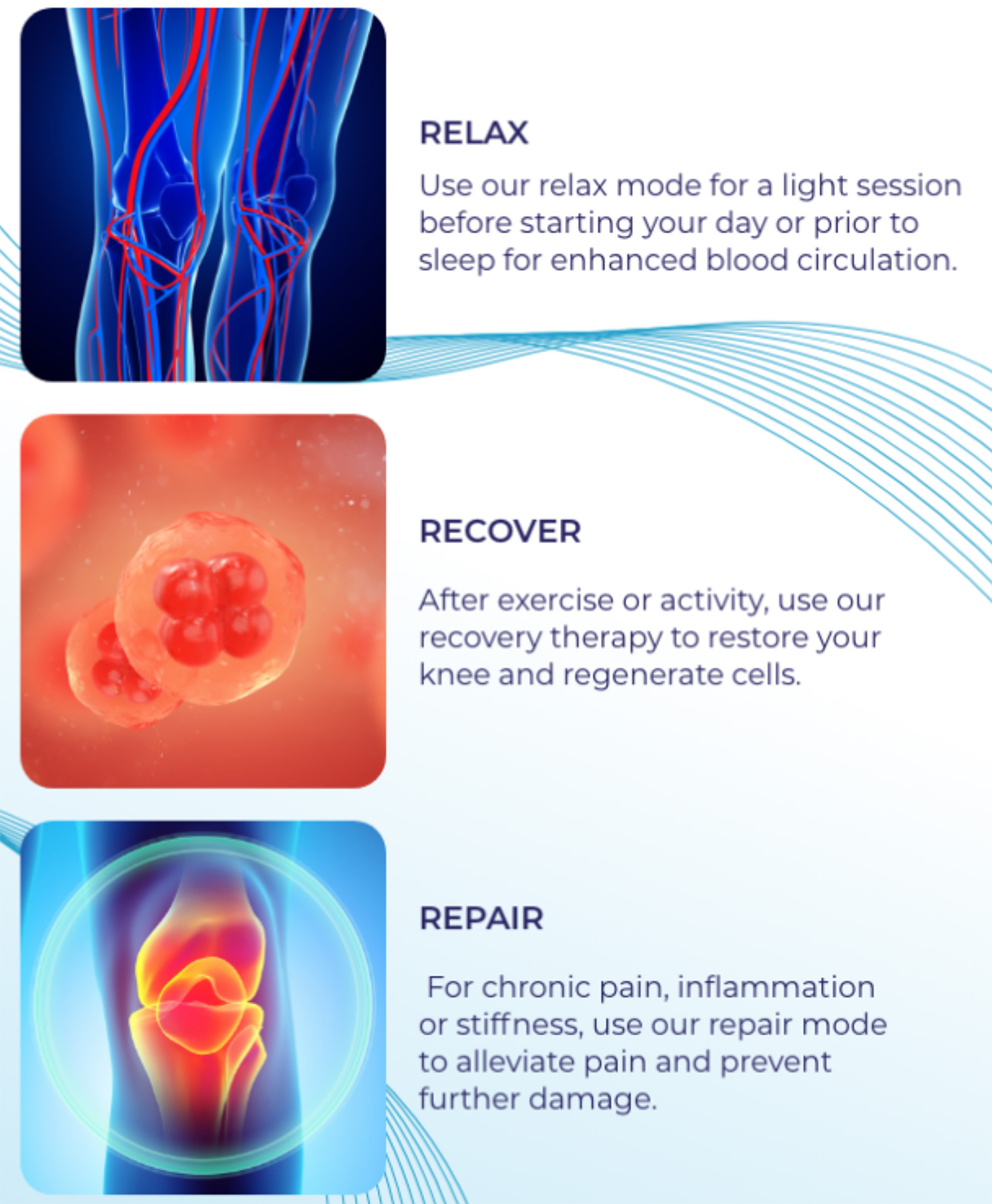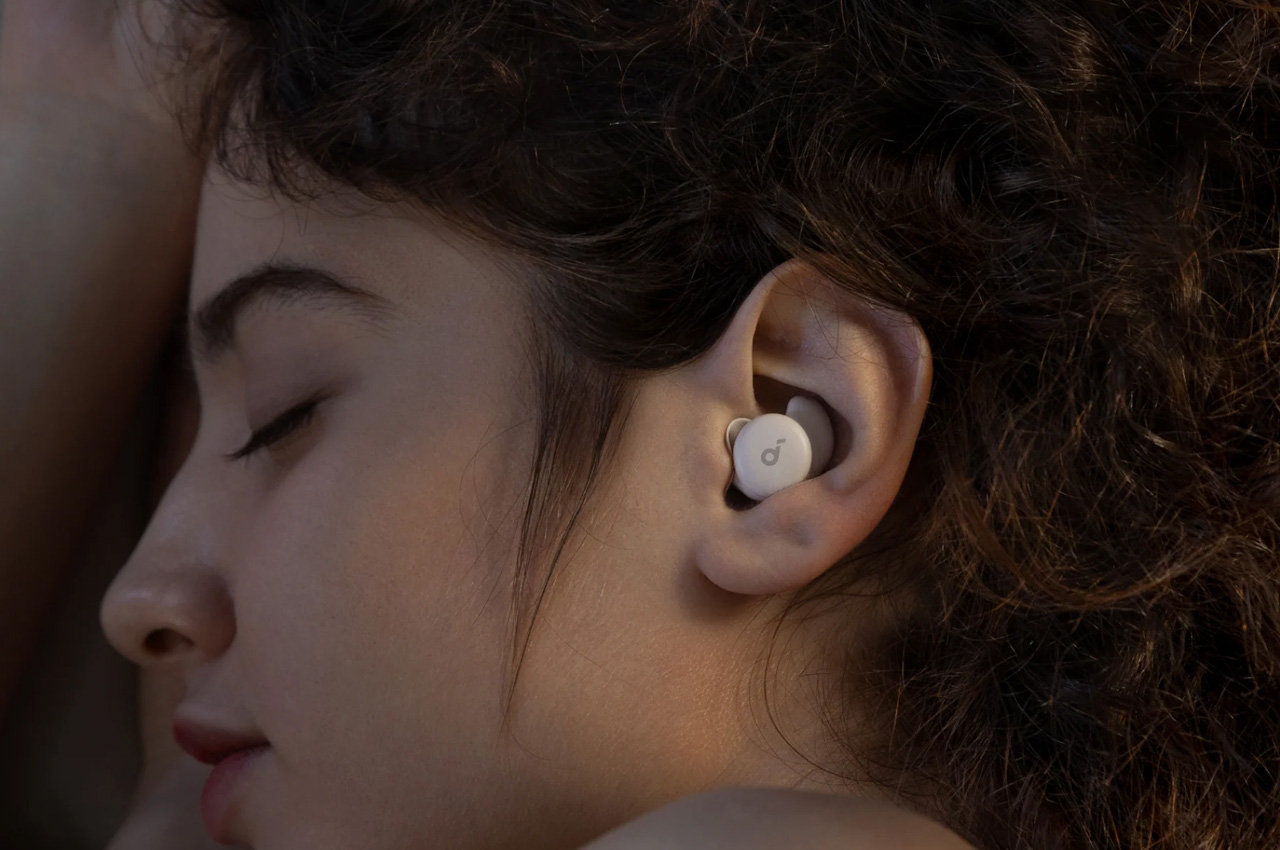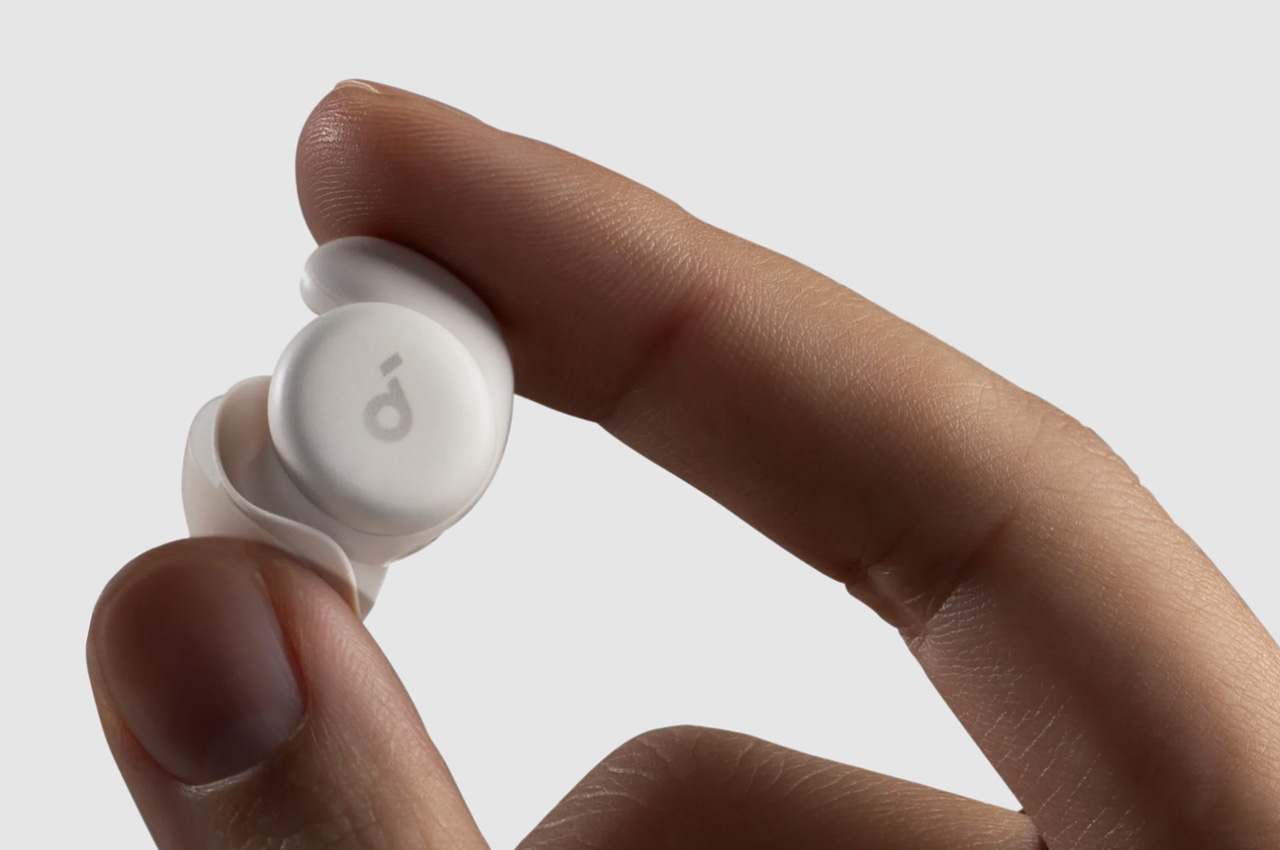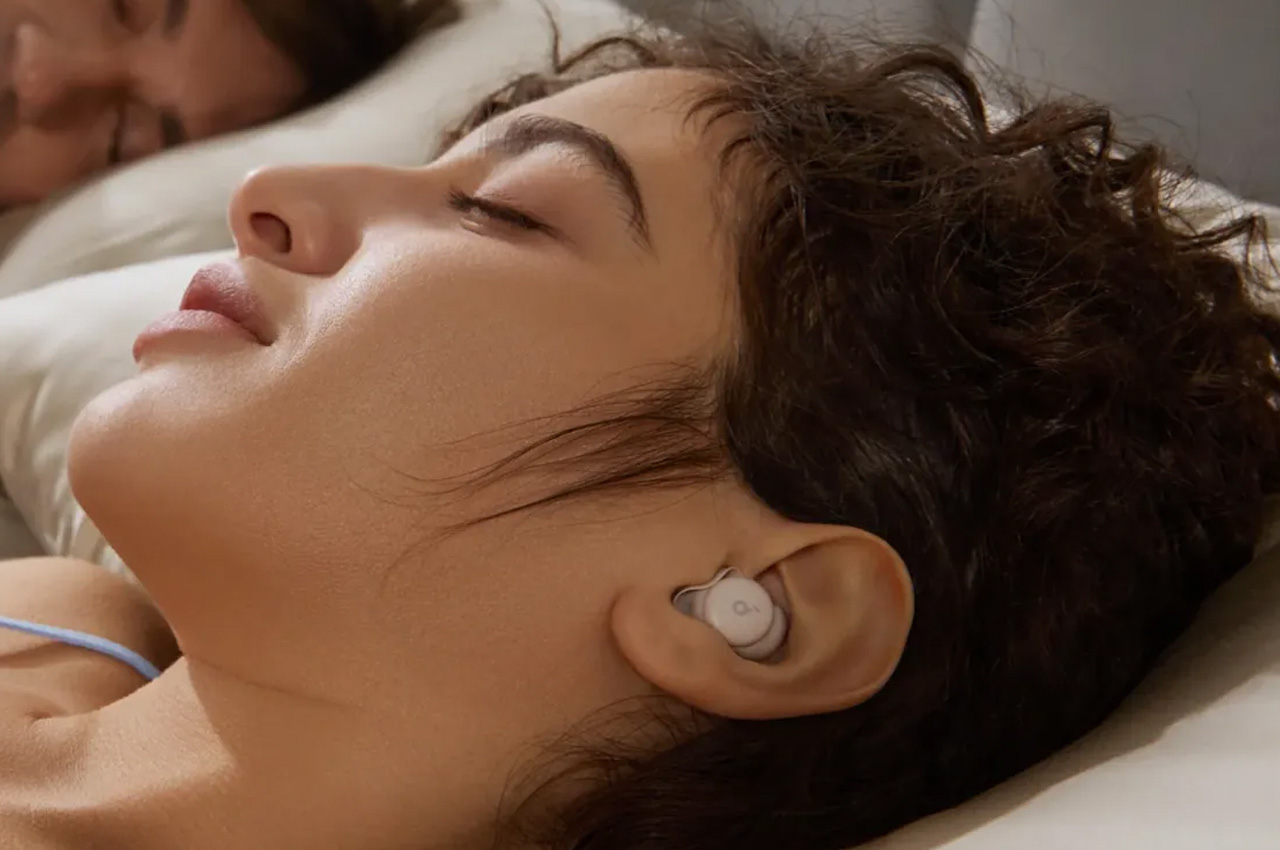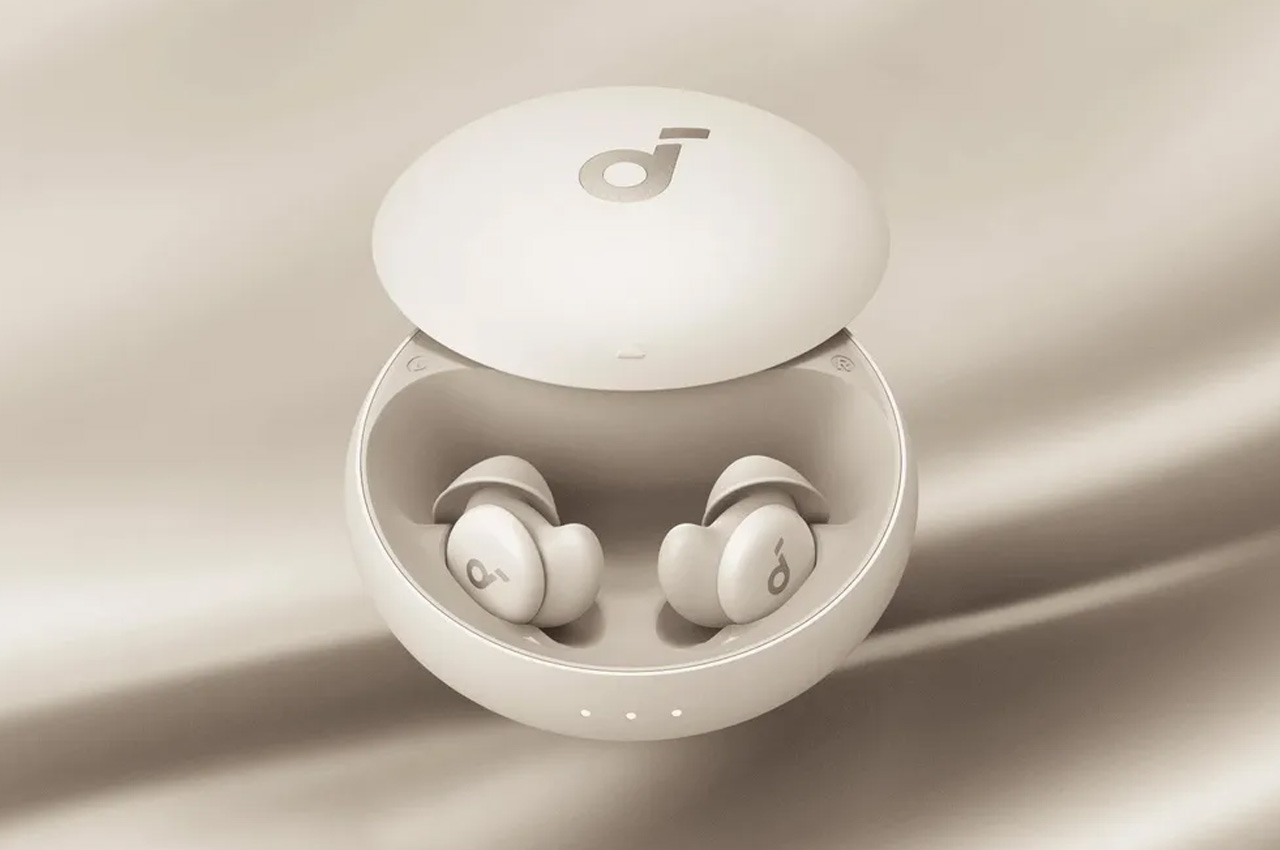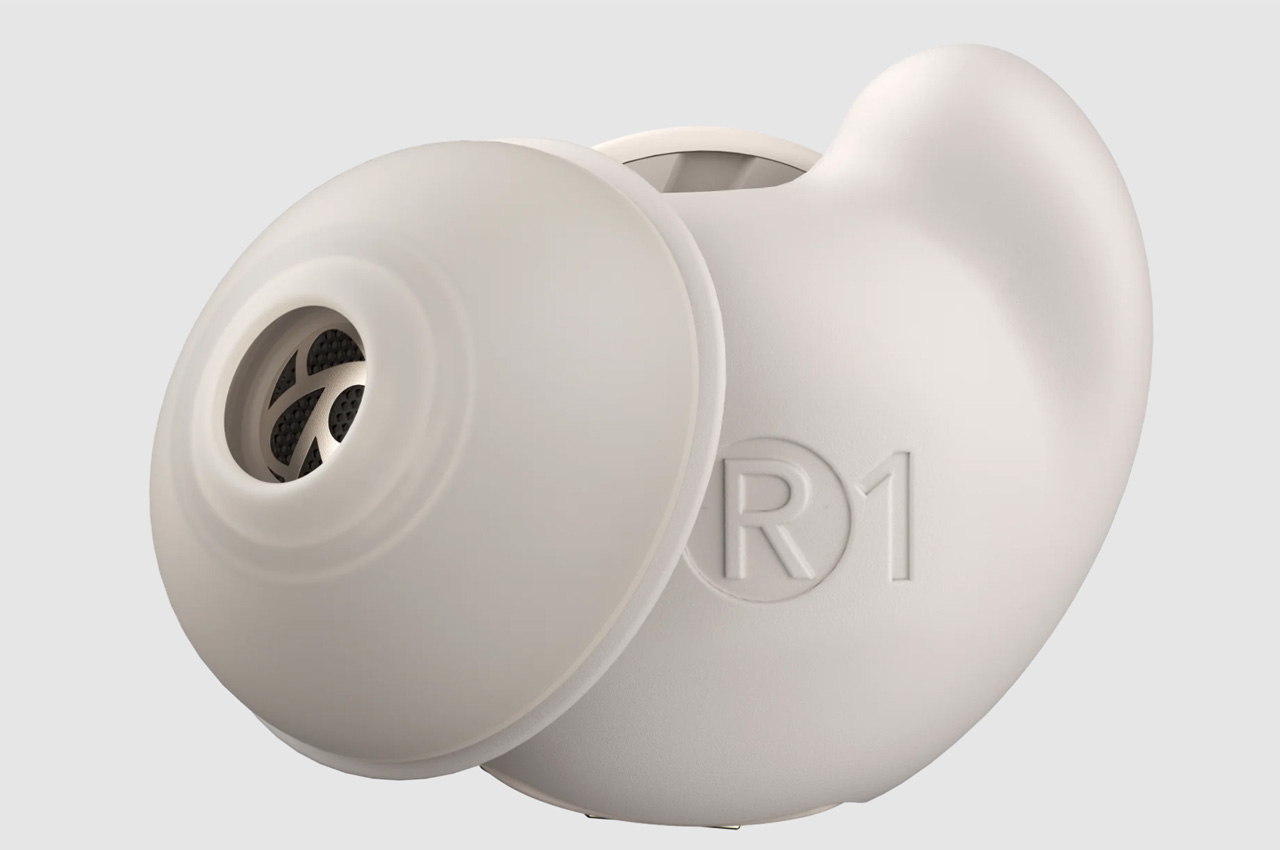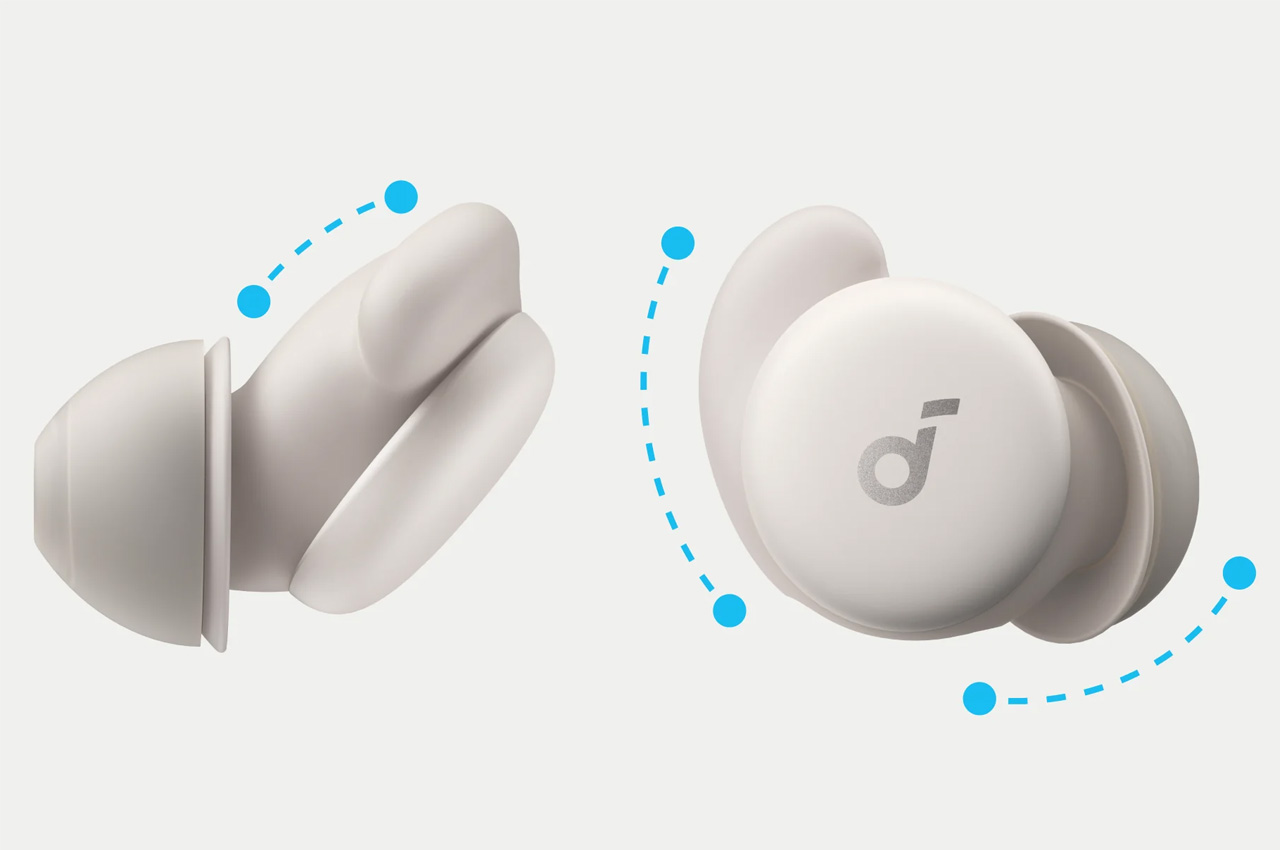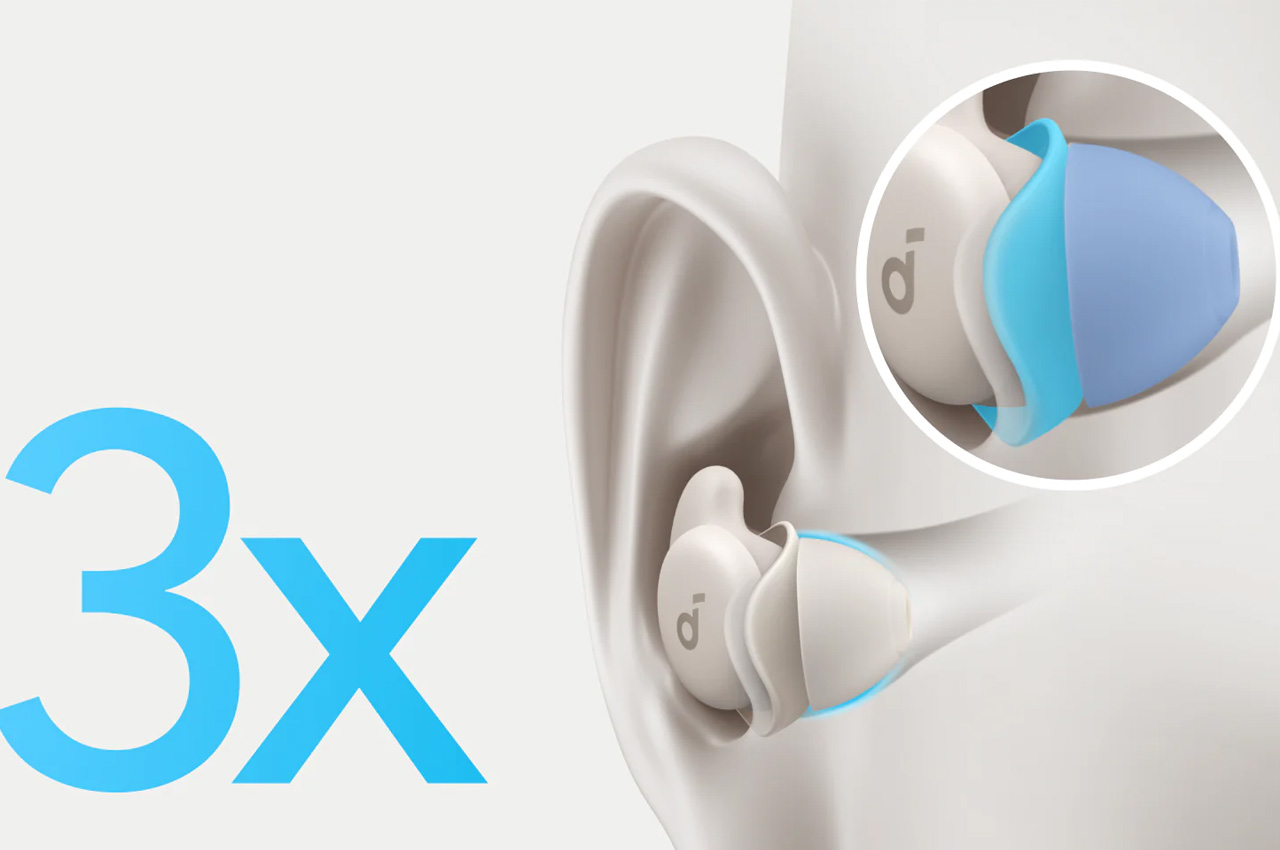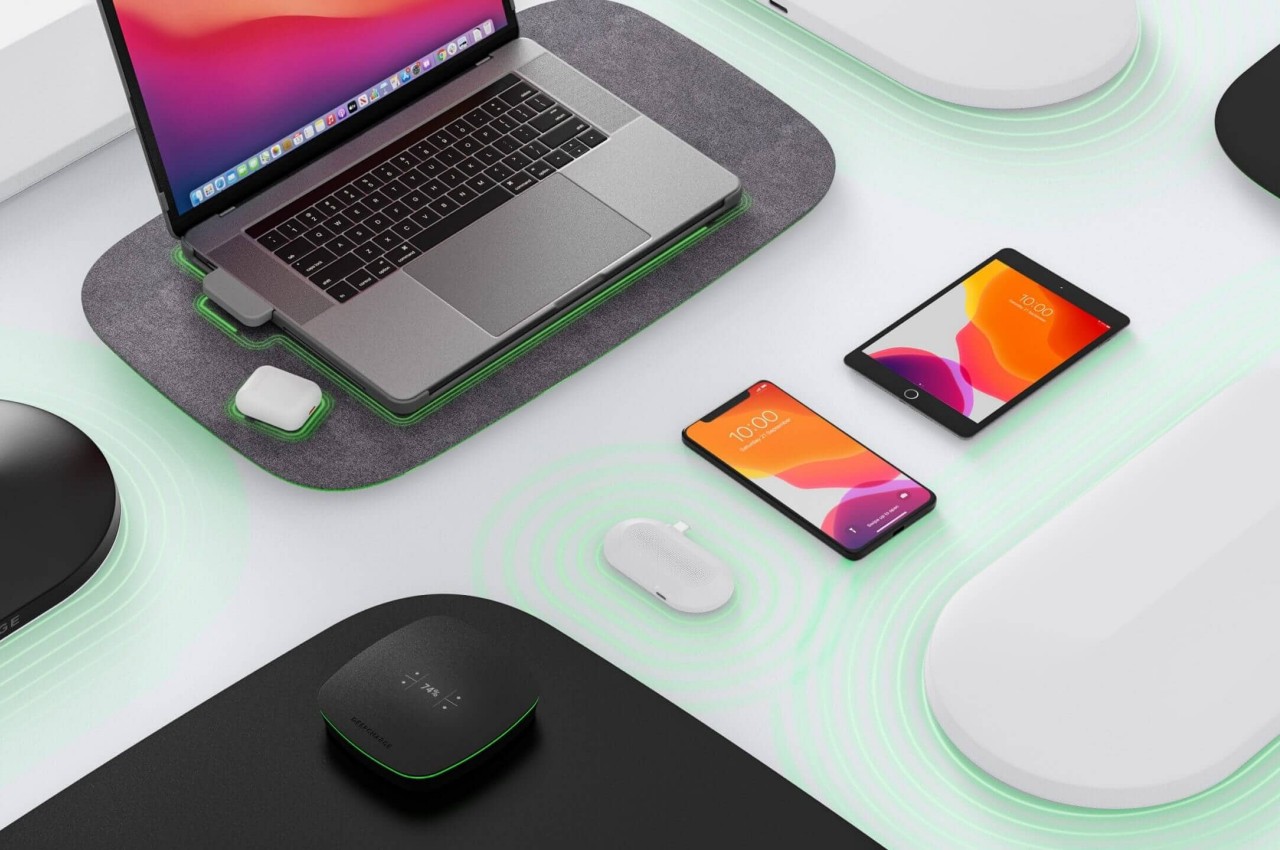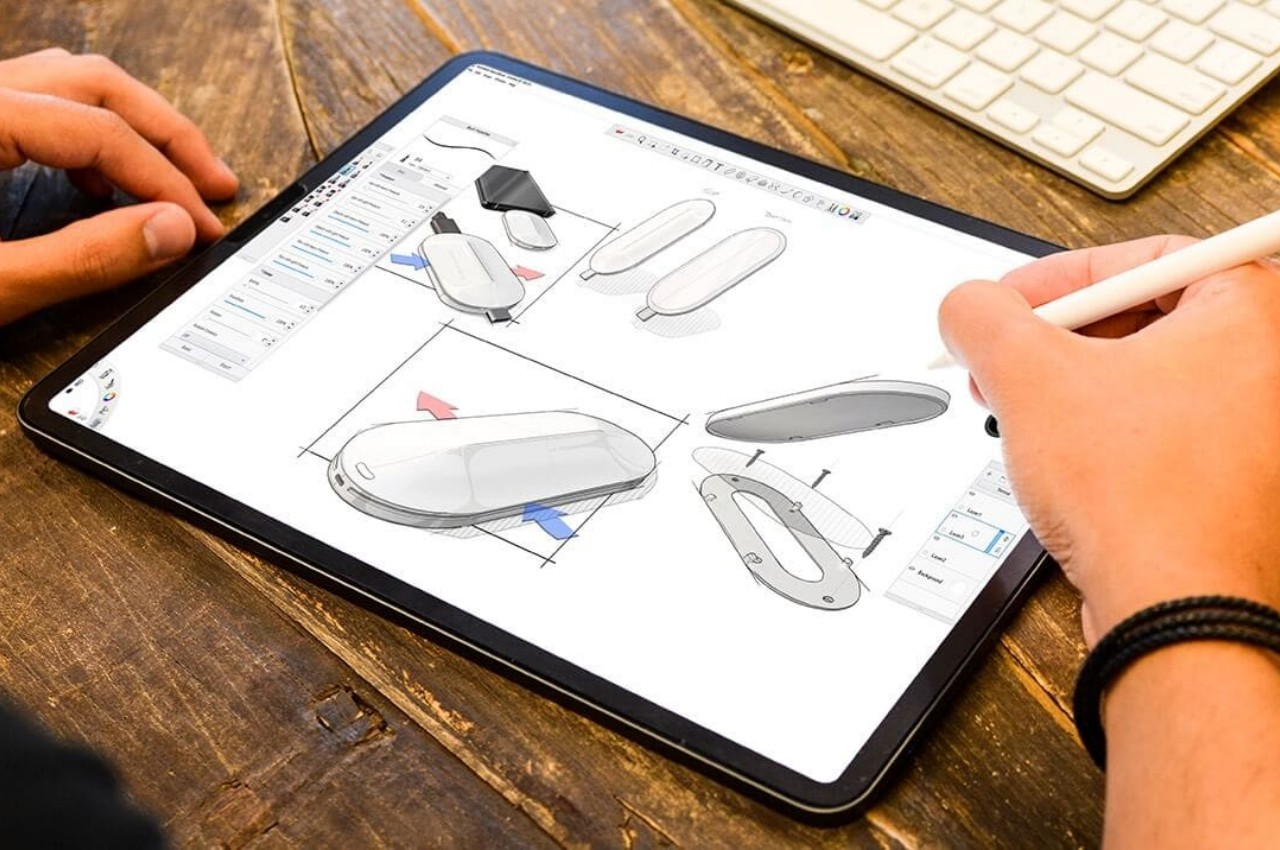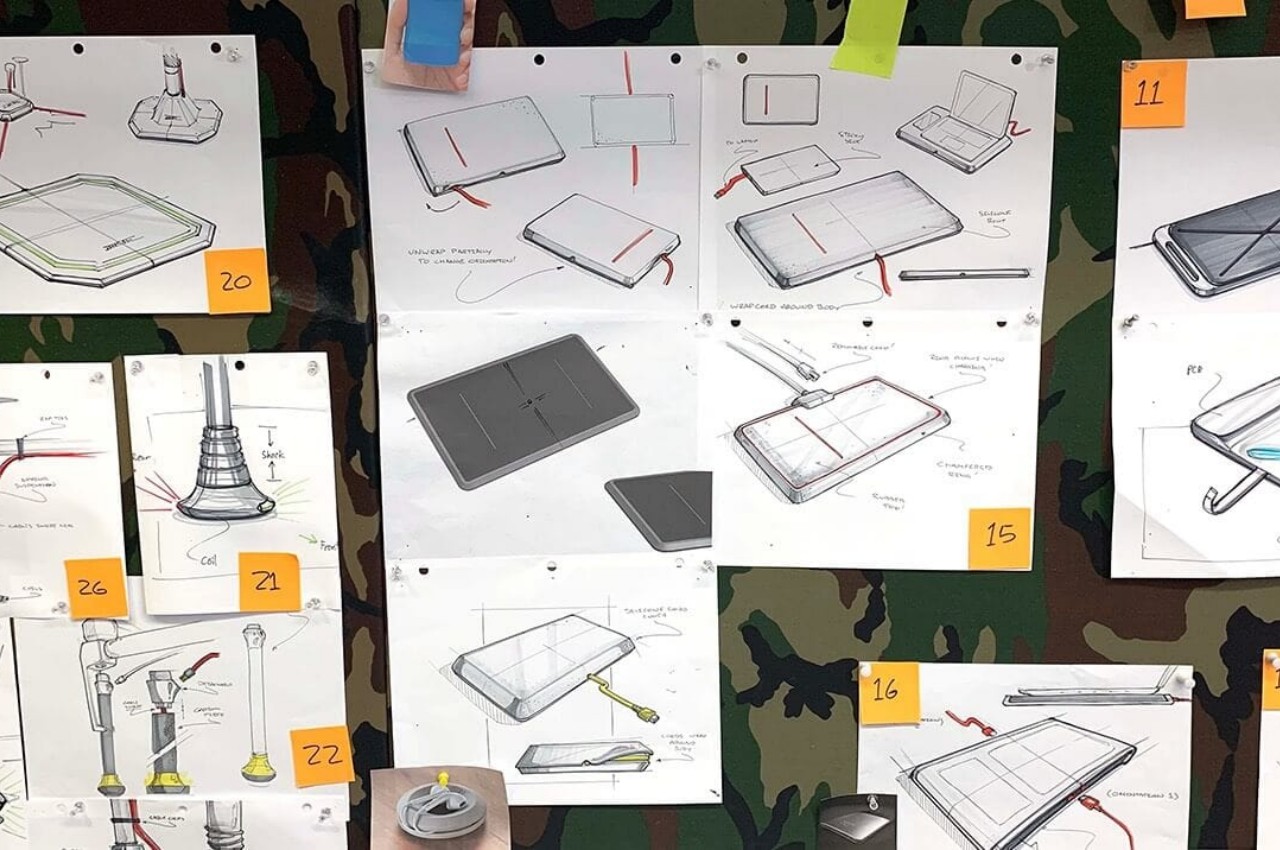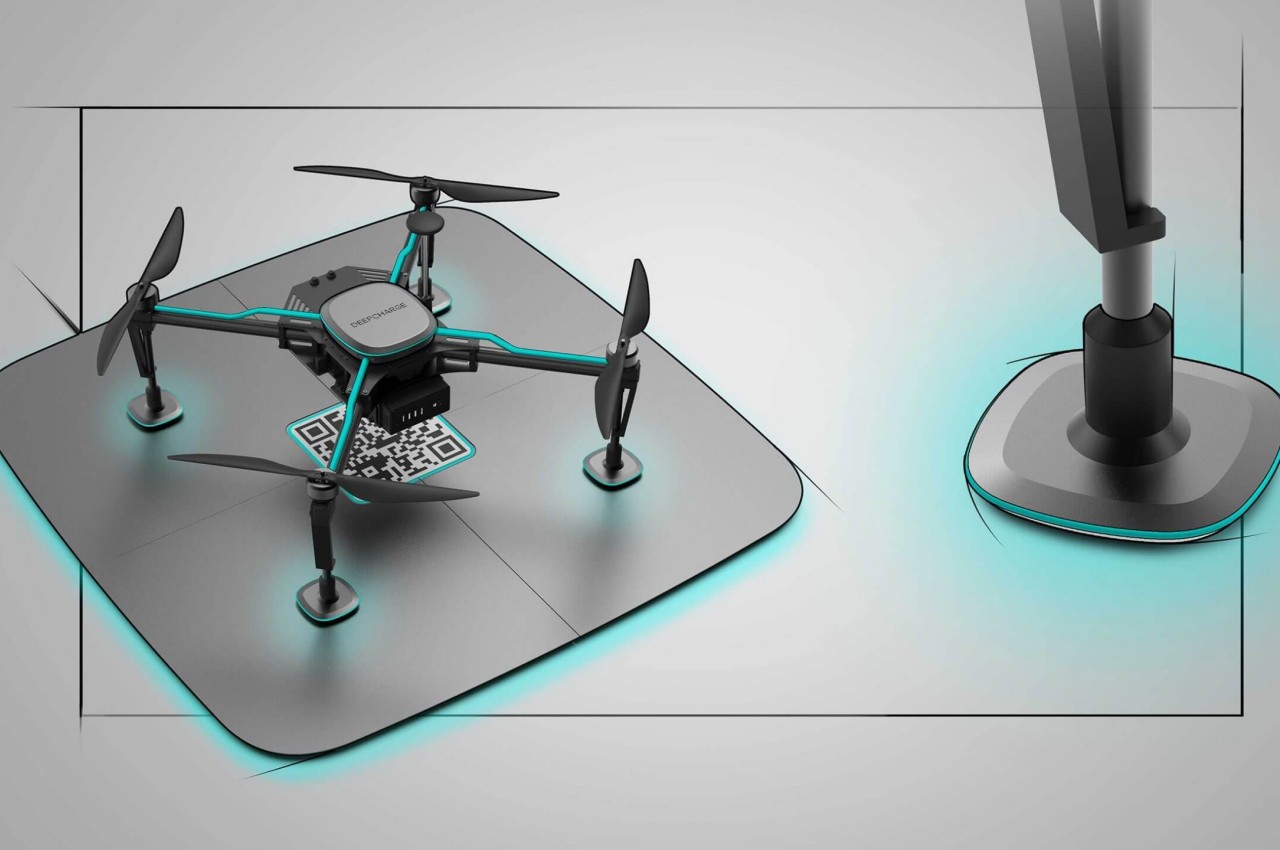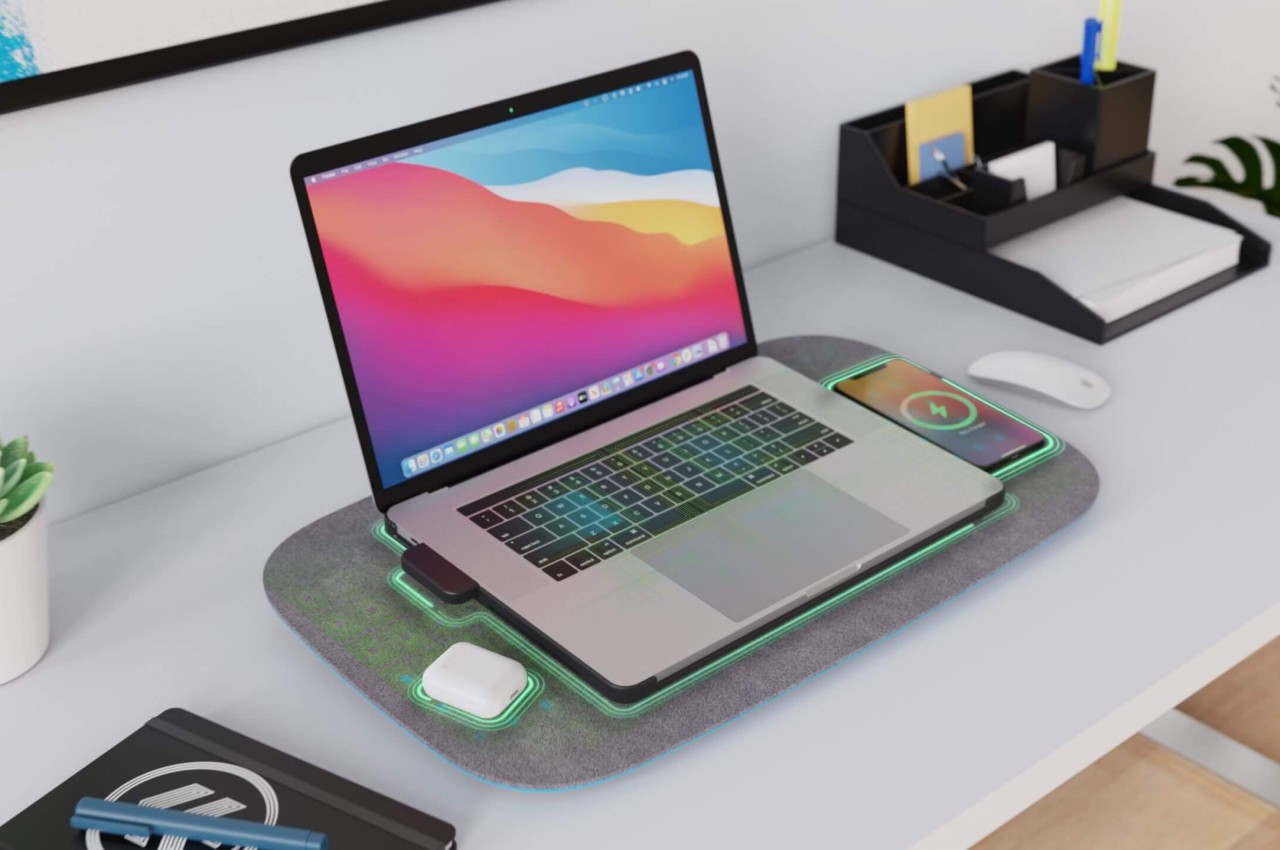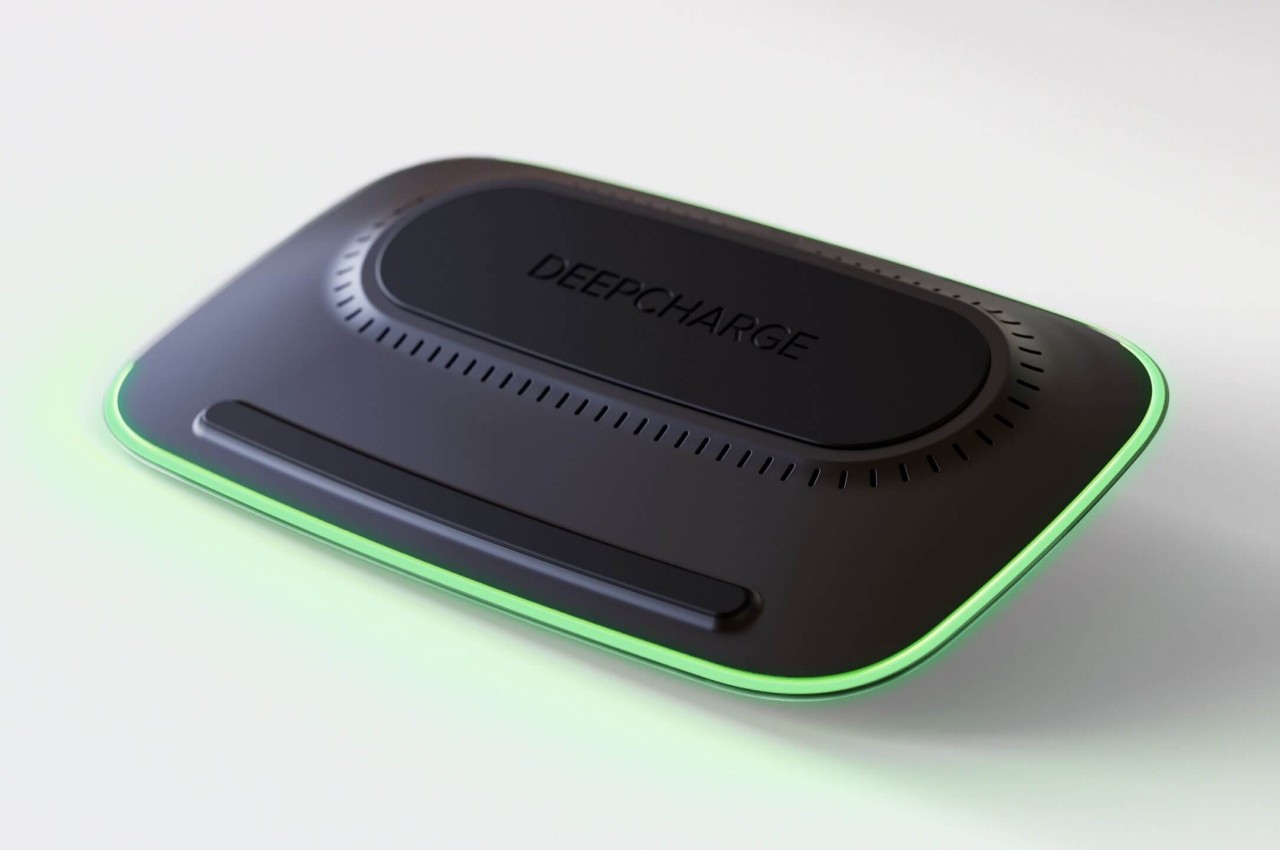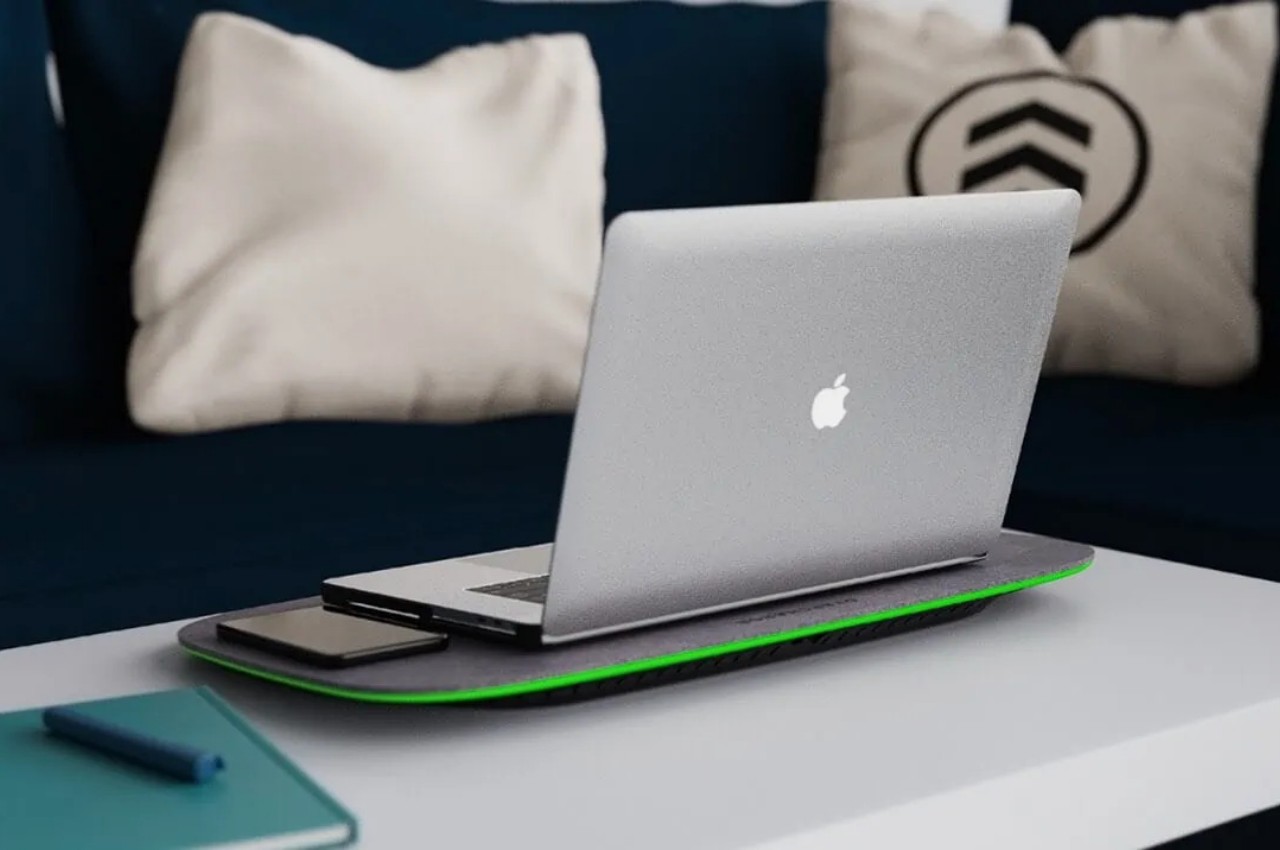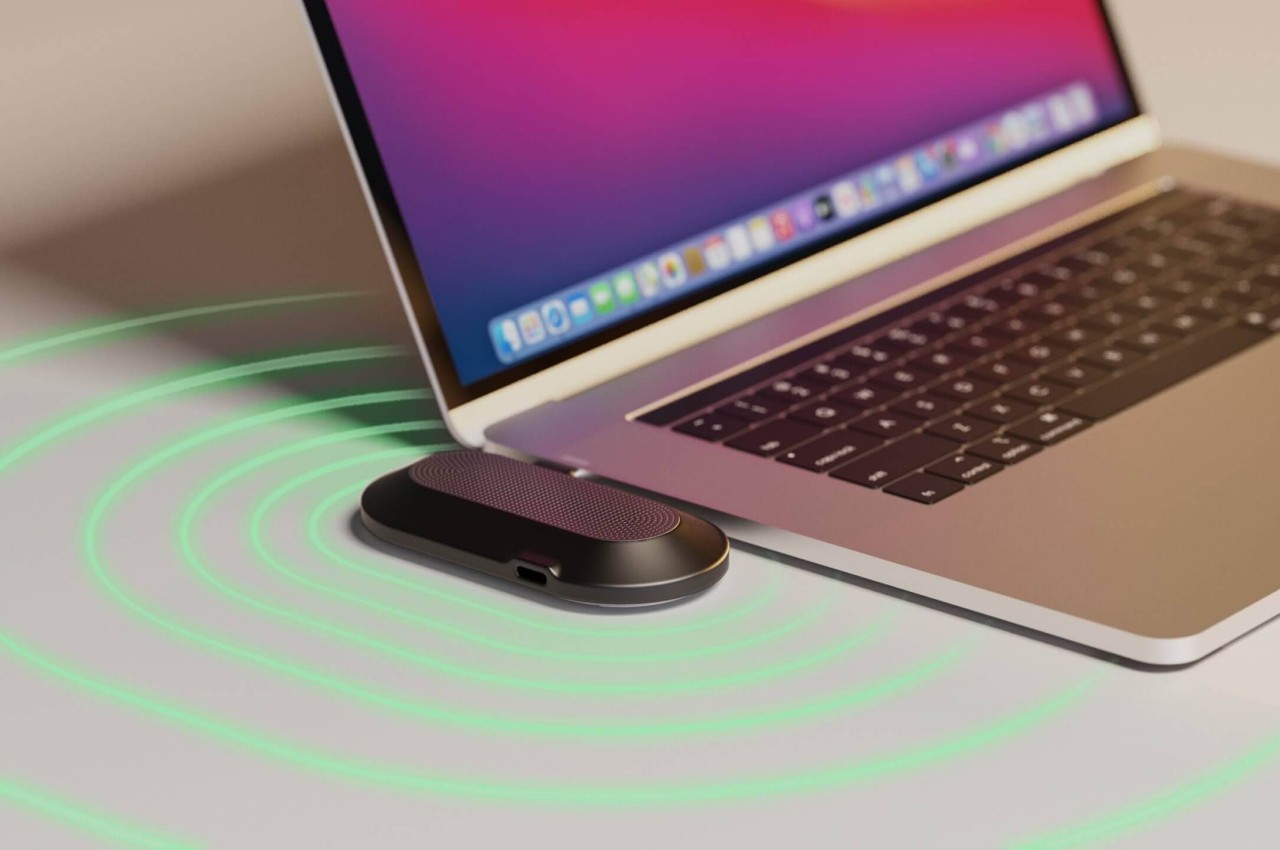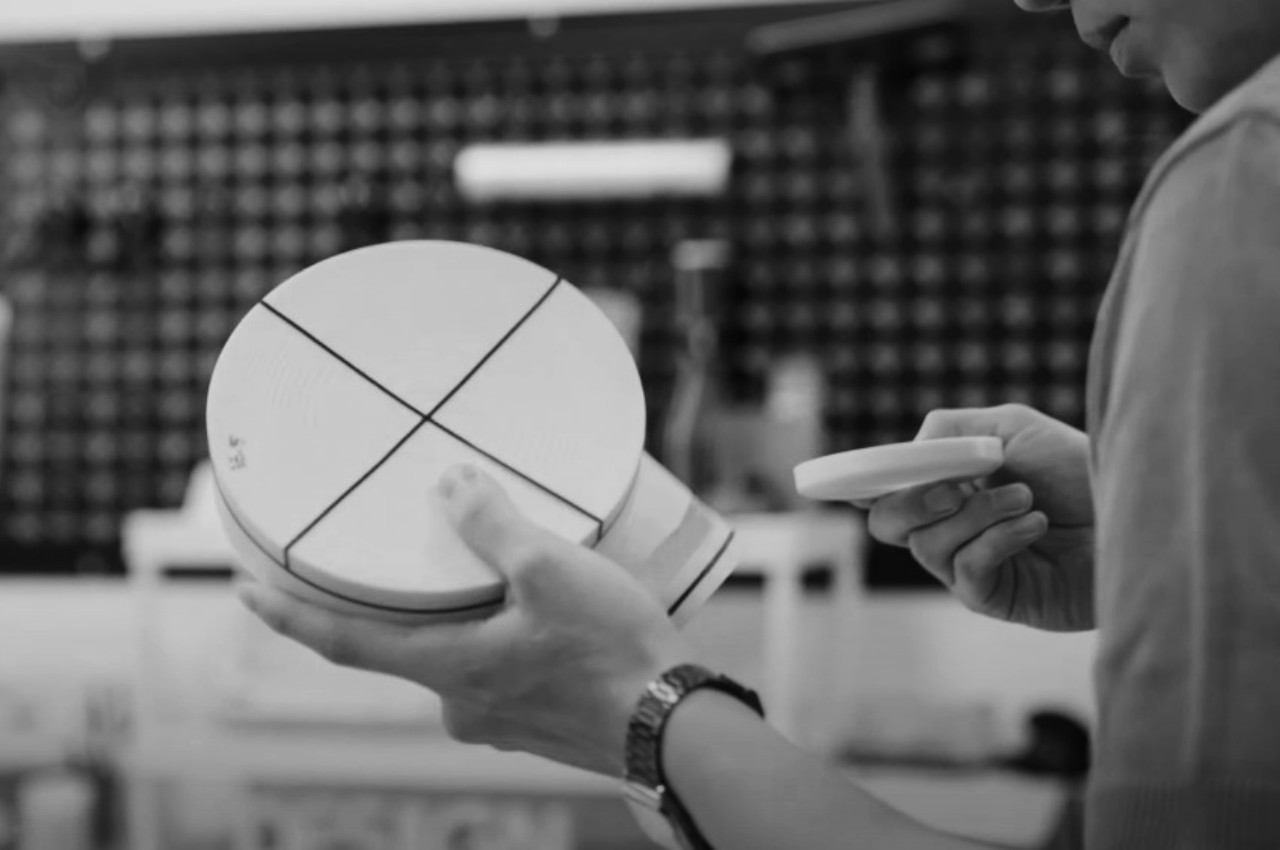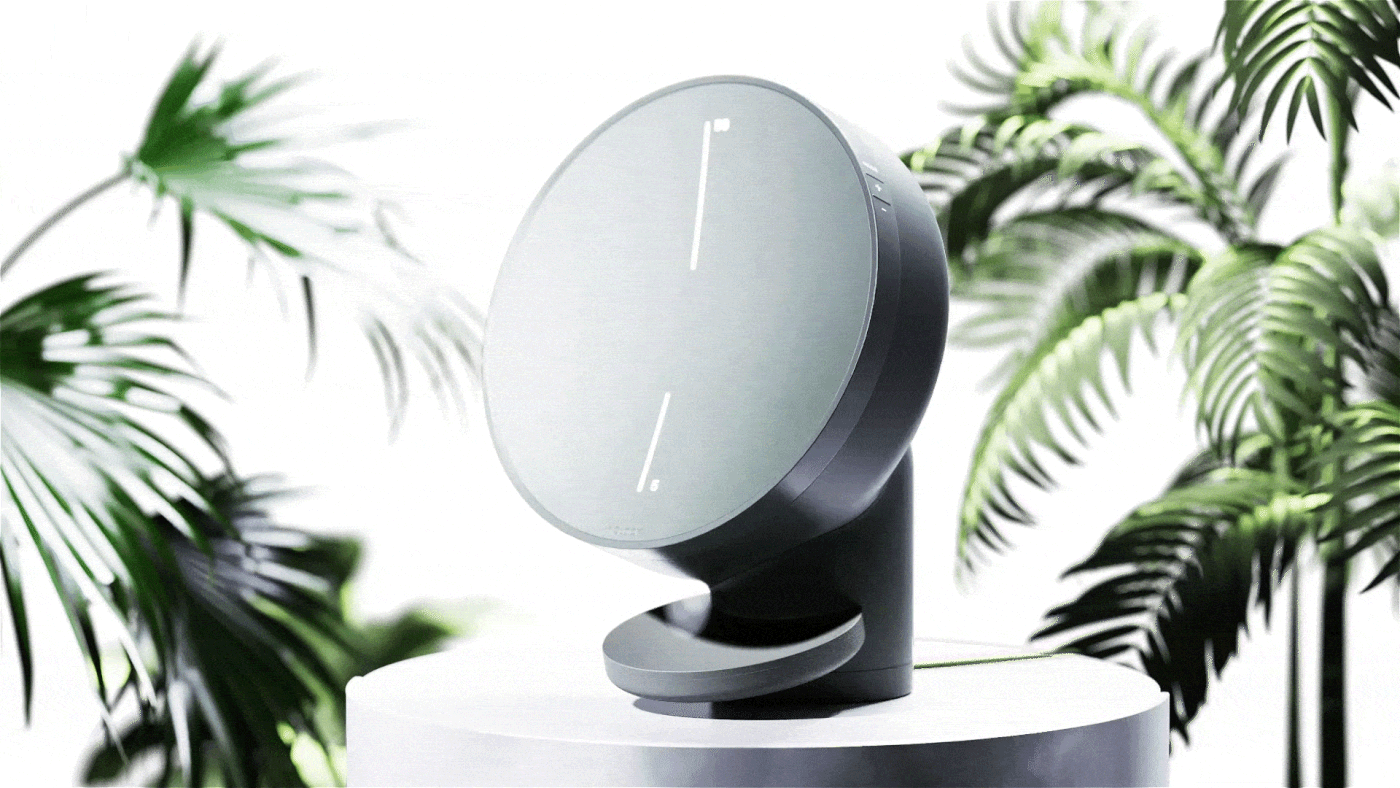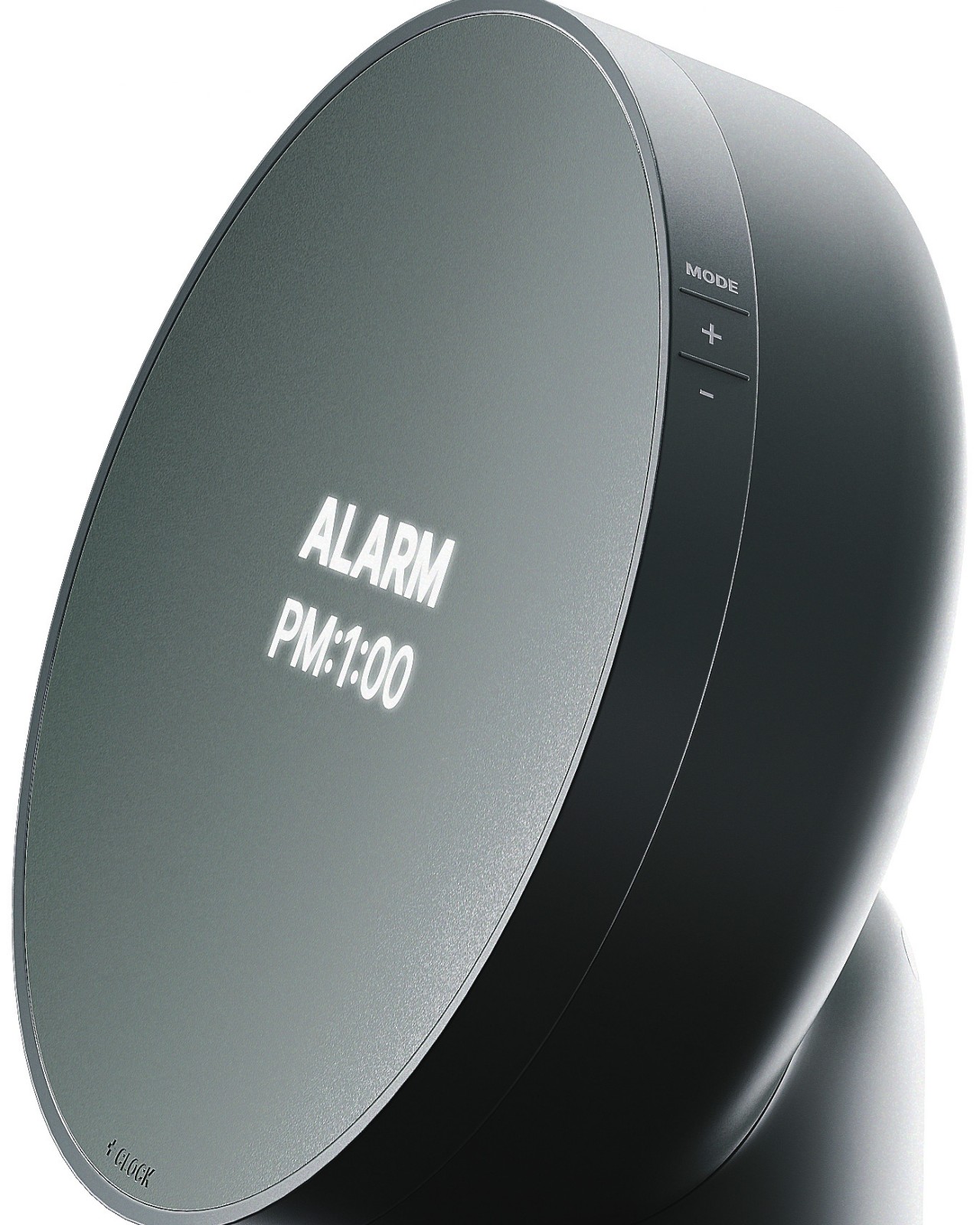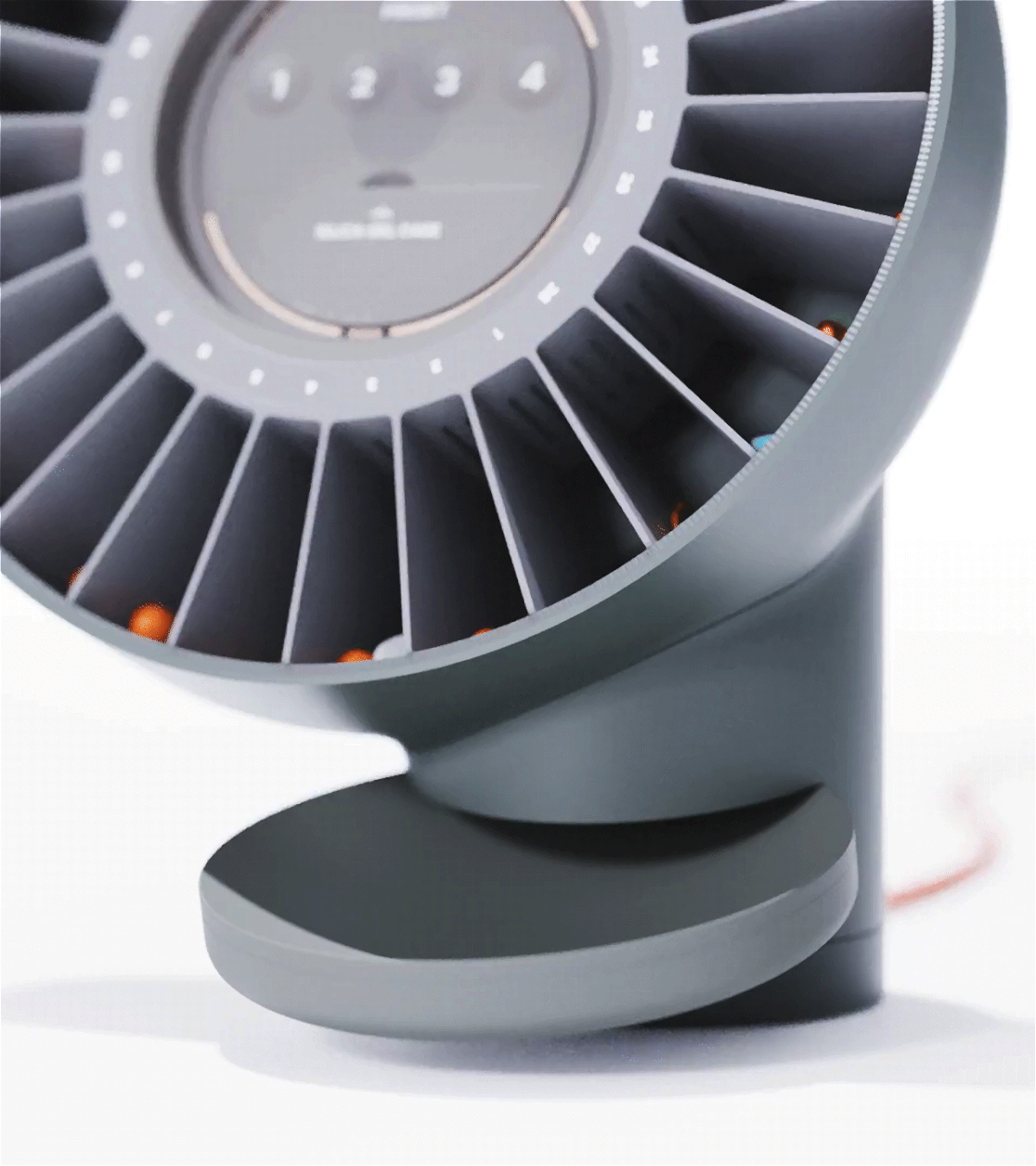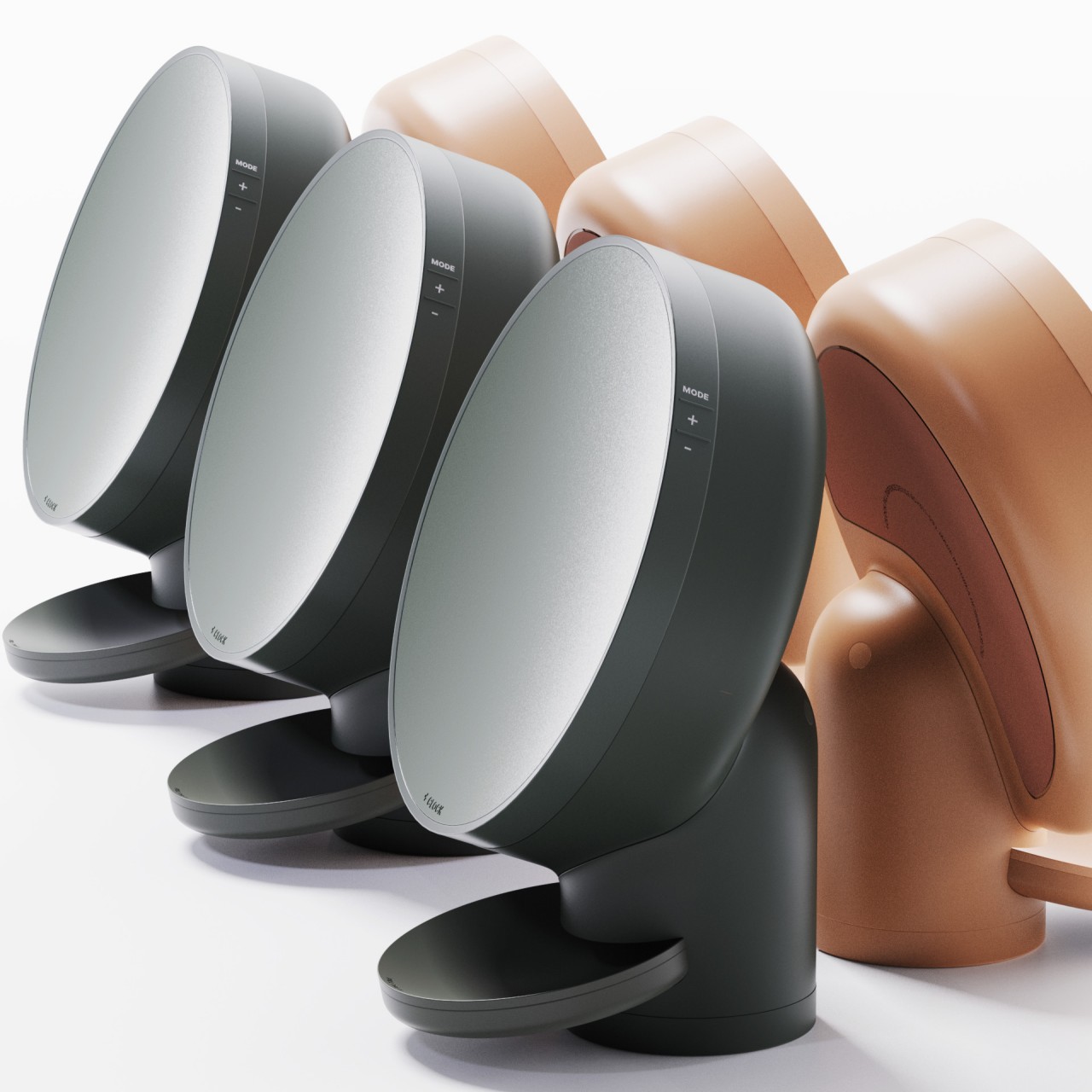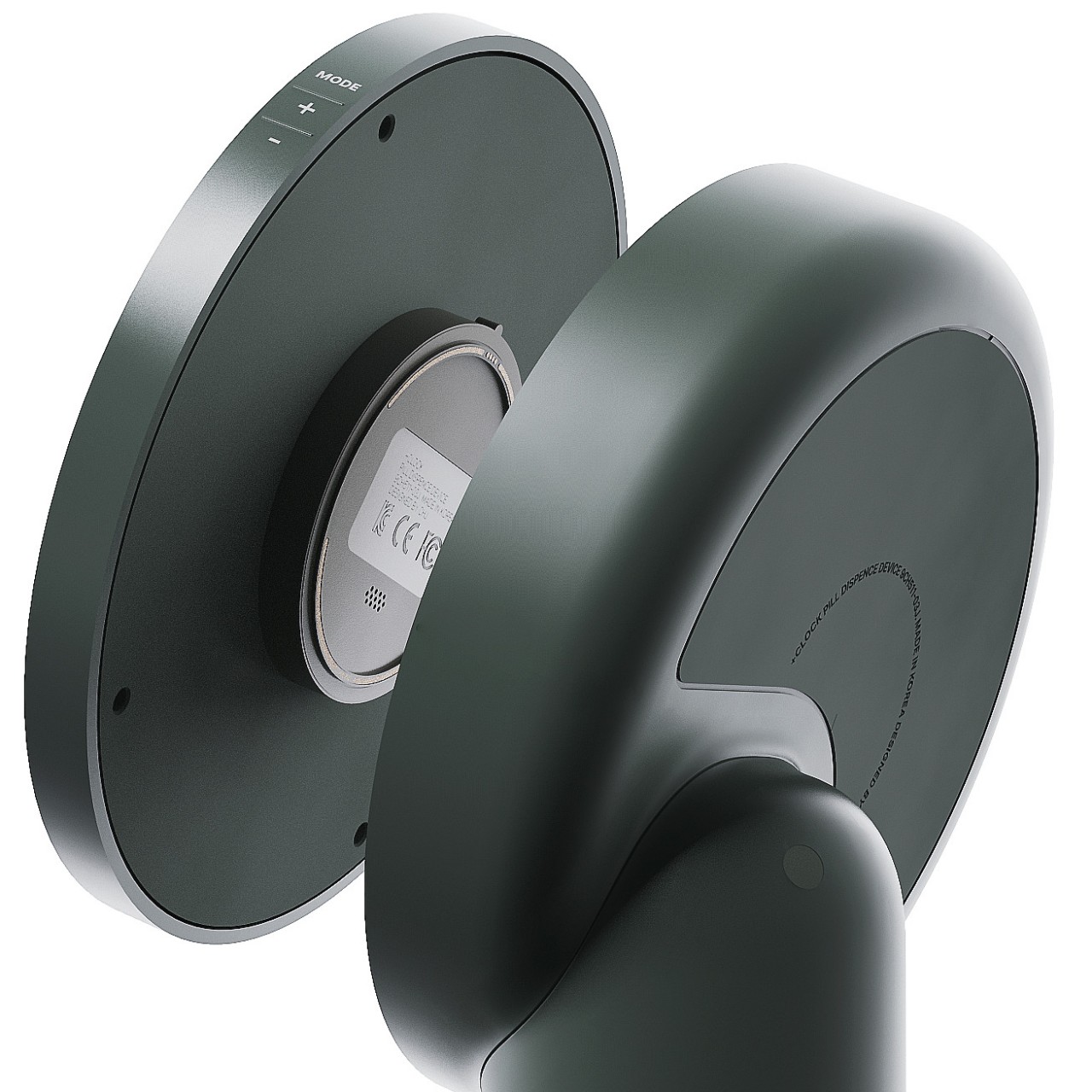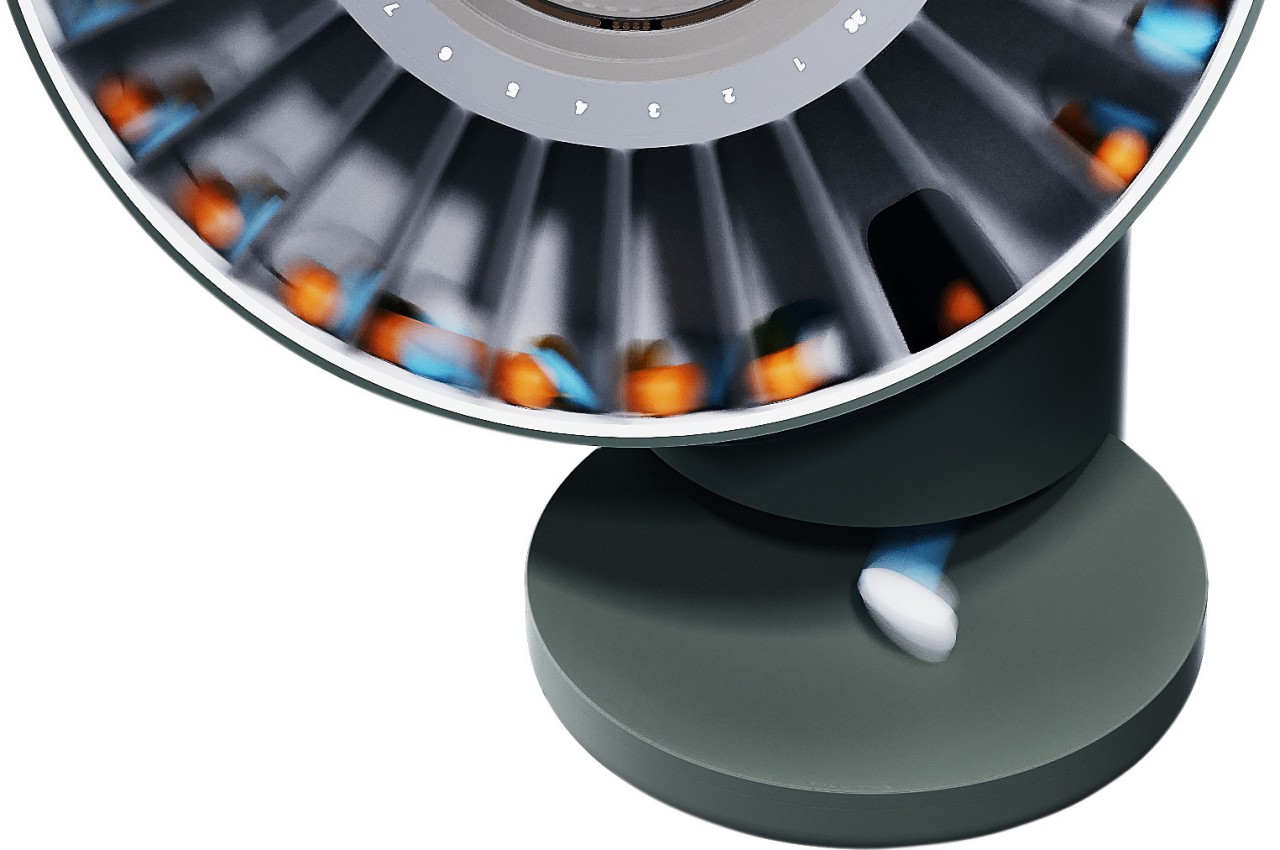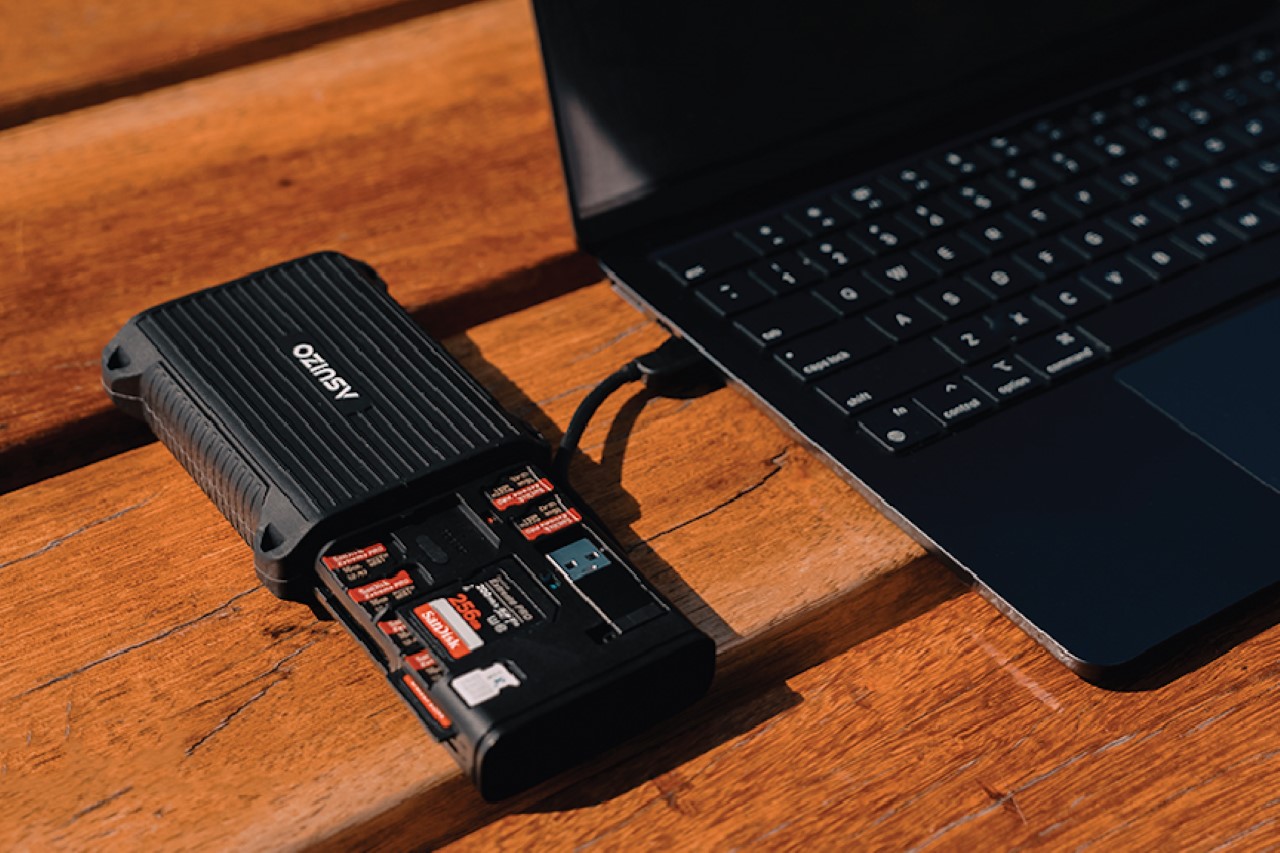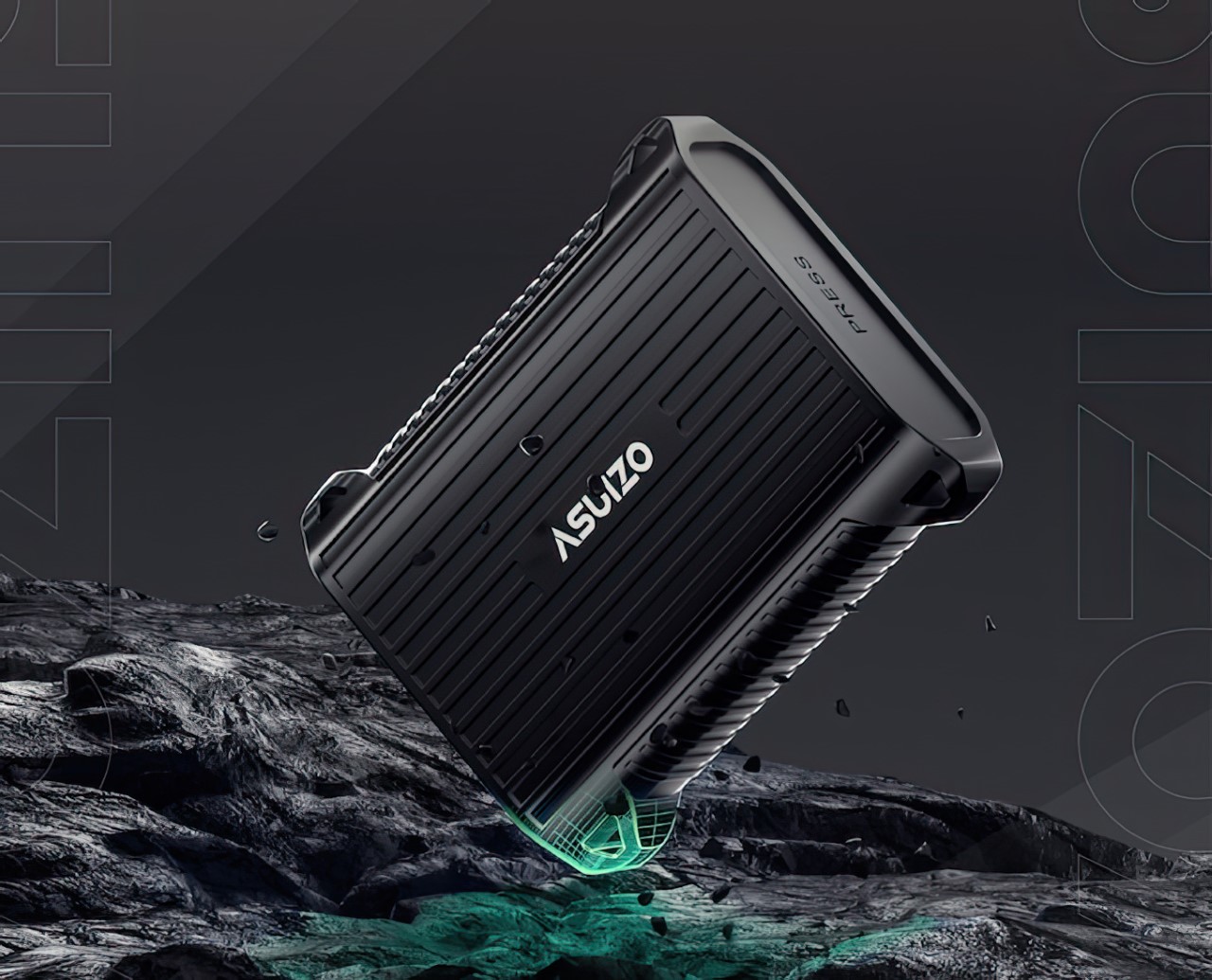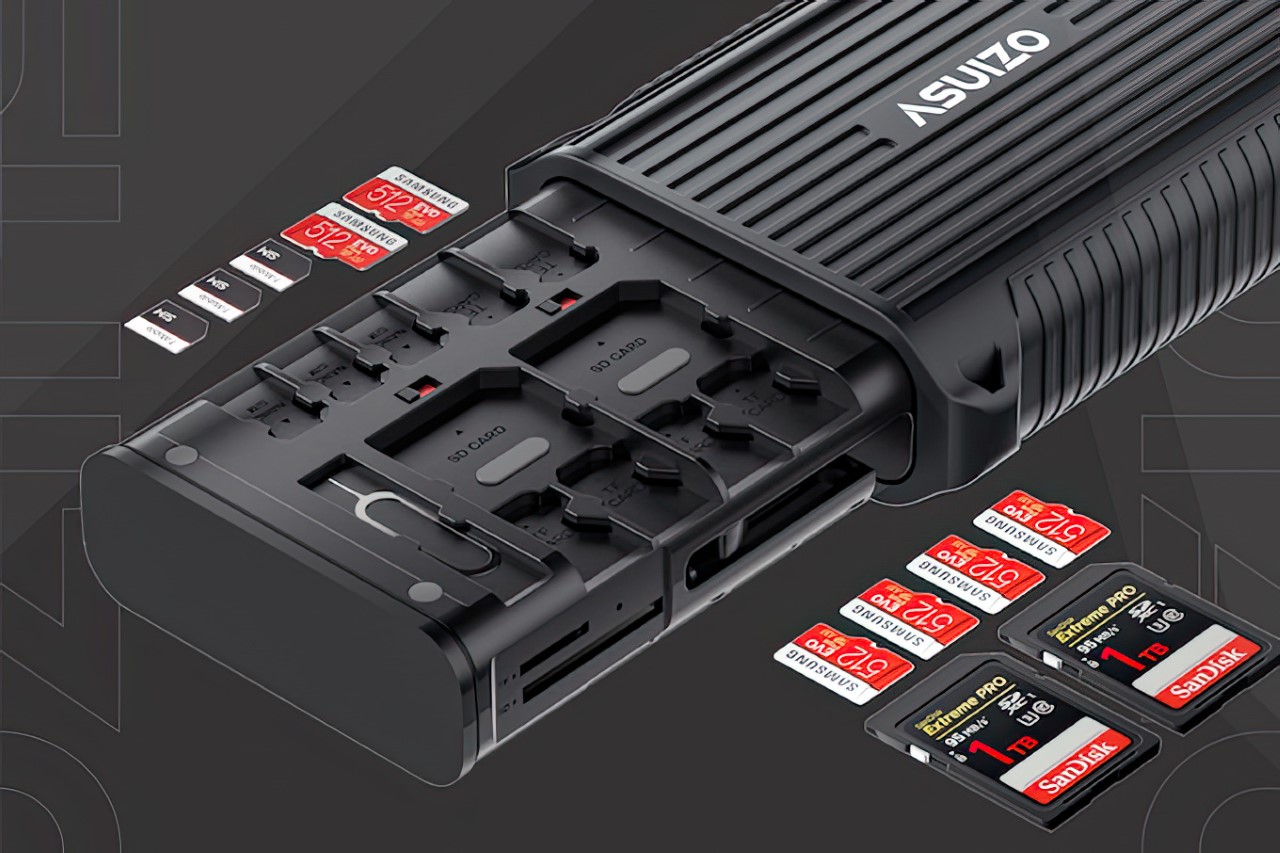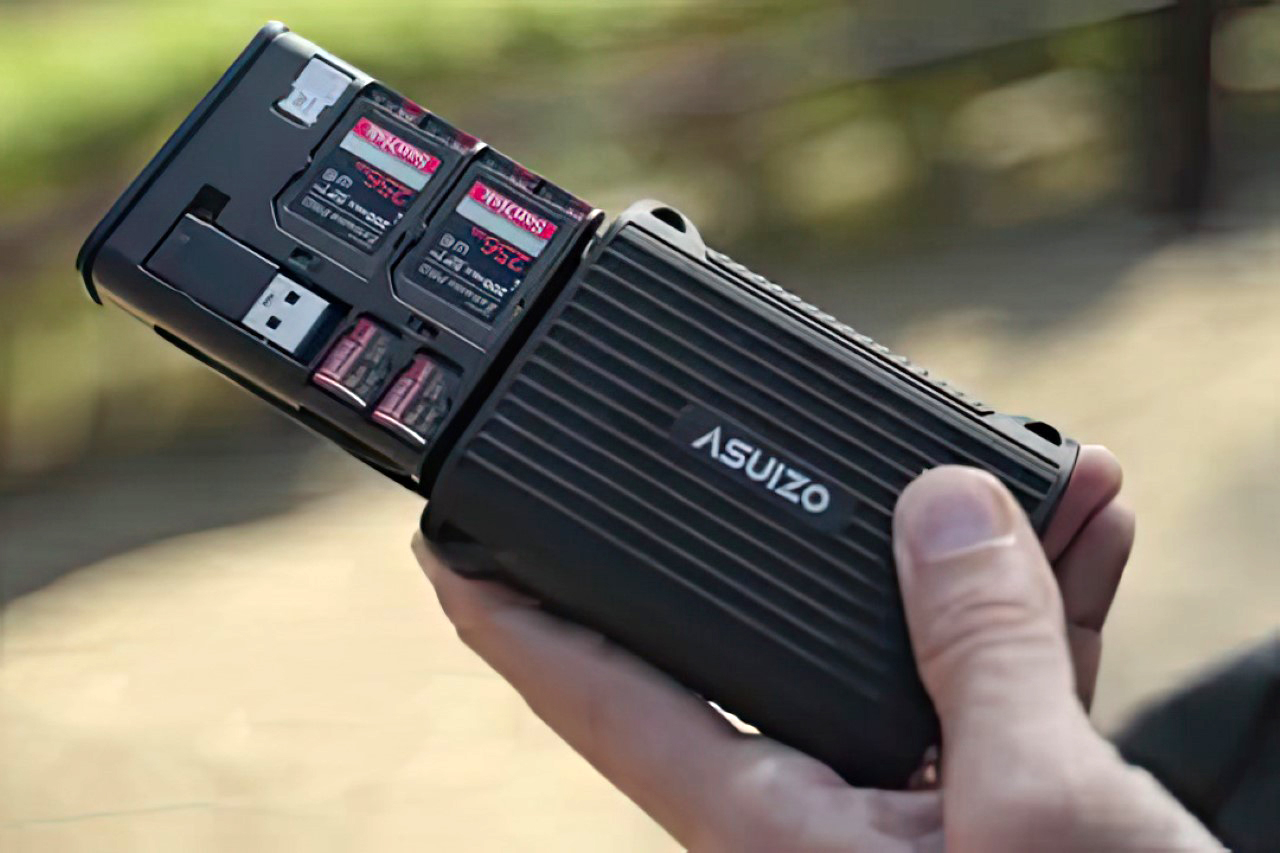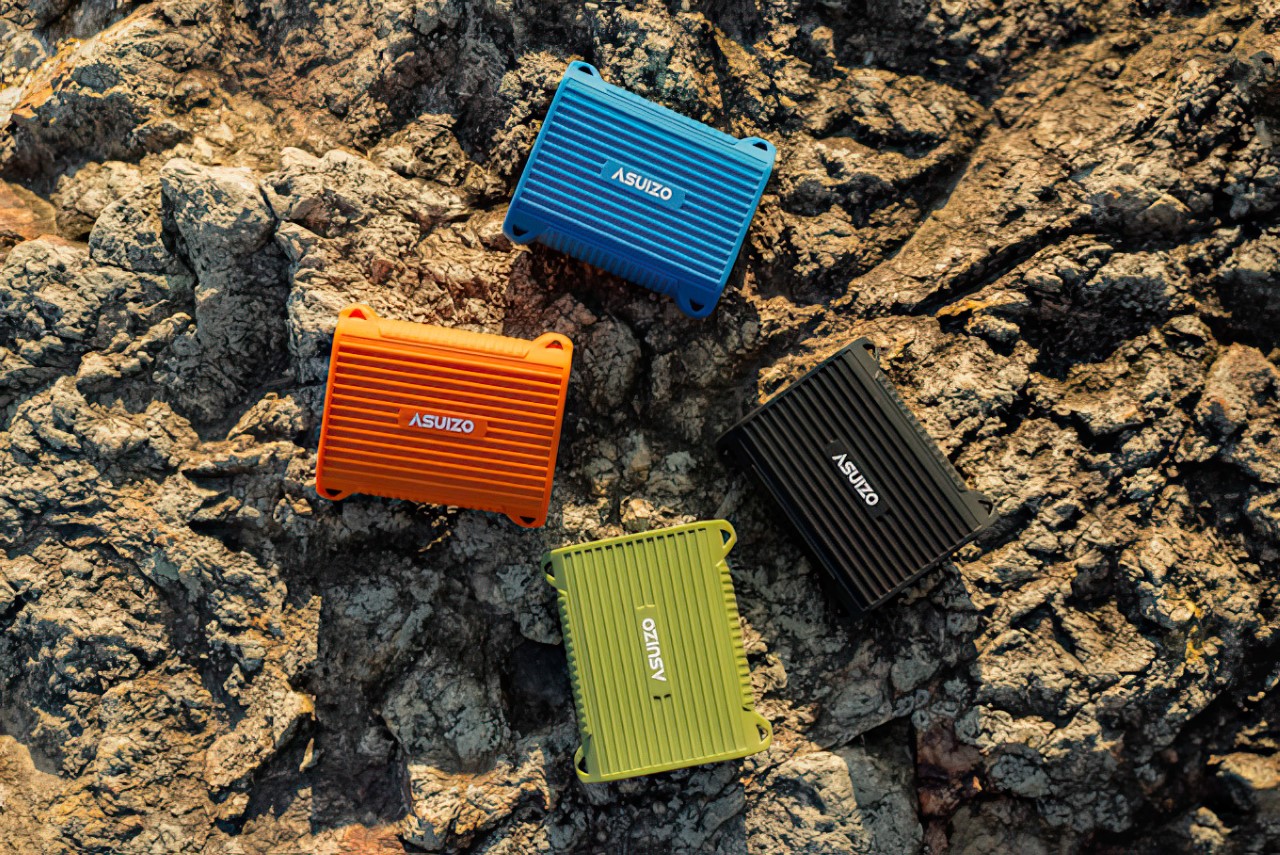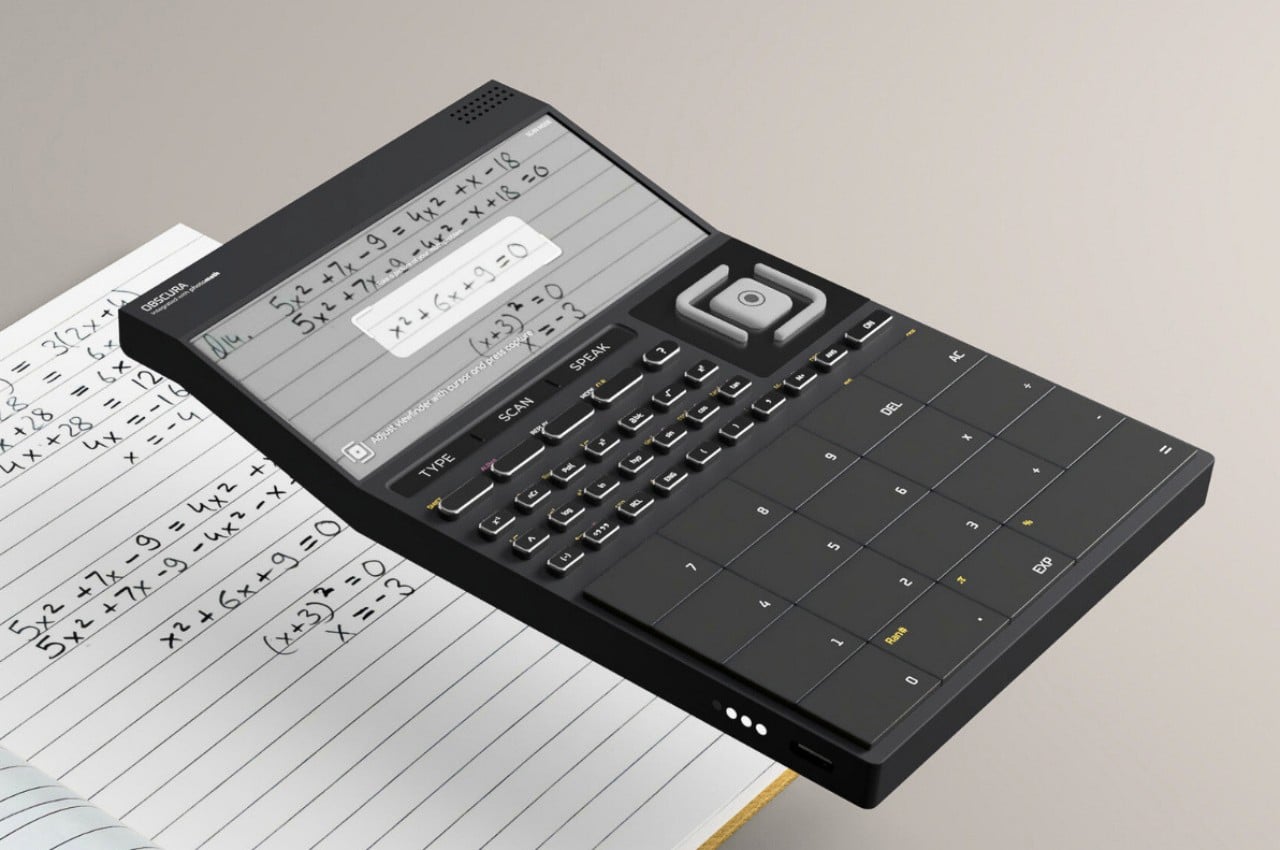
Like it or not, and some definitely don’t, the things that AI and neural networks can accomplish these days are nothing short of mind-blowing. Never mind the rather dated speech recognition that has now become all too common, AI has now become famous and notorious for being able to analyze just about anything and generate something from those data points, whether they’re images, novels, or even the chicken scratch that is our handwriting. Turning human scribbles into digital text that computers can process has long been one of the Holy Grails of computing, but being able to make sense of those scribbles is a different story. AI has come to a point where it can not only understand but even solve handwritten equations, and that’s a capability that this smart calculator is harnessing to ease the pain of cross-checking math problems, almost like magic.
Designer: Divyansh Tripathi

It’s relatively easy for computers and even phones these days to recognize handwriting and turn it into their digital equivalent, but AI goes the extra mile by understanding those words and, in this case, numbers and symbols. Math solvers, just like AI text generators, are somewhat controversial because of their potential for abuse, but the technology itself is quite impressive and, just like any other tool, could also be put to good use.
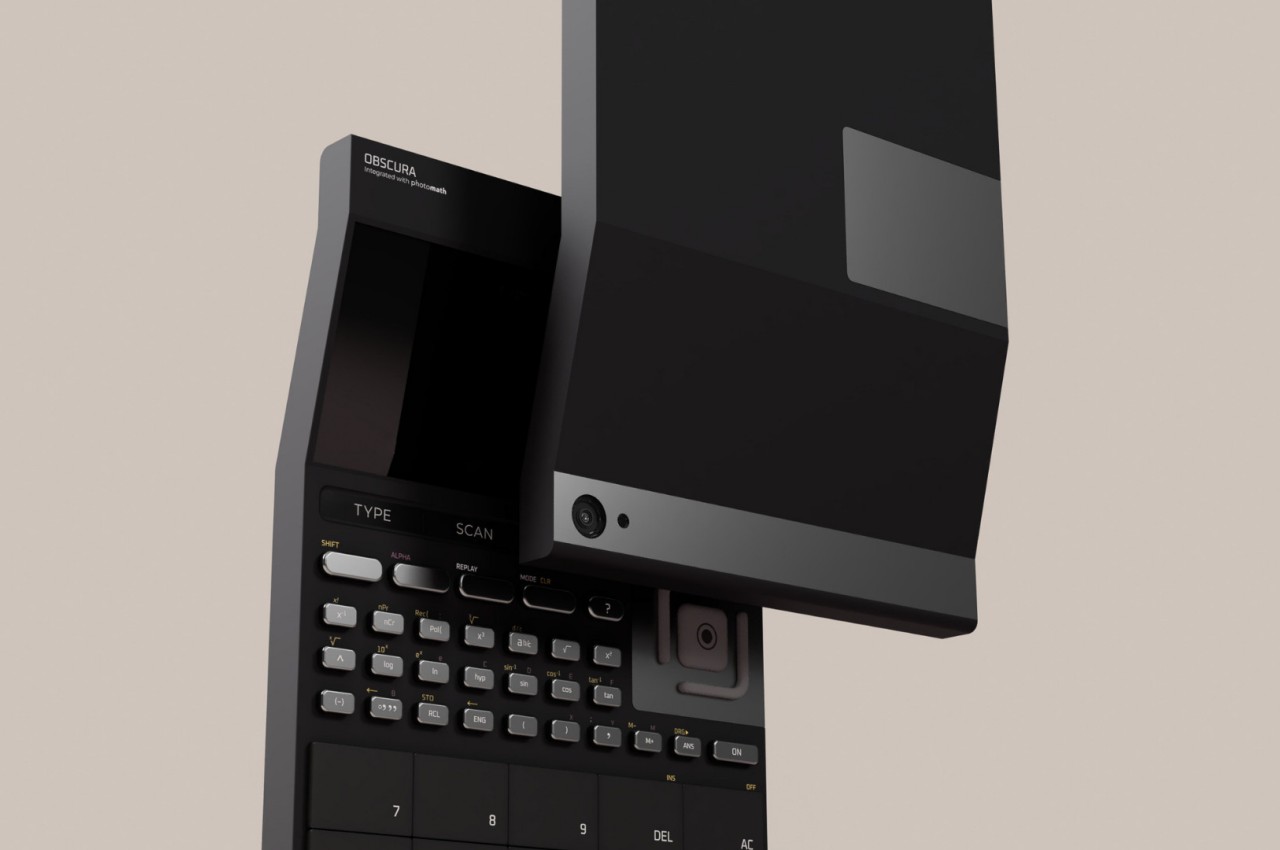

That’s the potential that the OBSCURA smart calculator concept is trying to harness, offering an all-in-one problem-solving device for any and all numerical problems. Unlike your typical advanced calculator, this one comes with a camera so that you can take pictures of a handwritten formula and run it through a solver such as Photomath, Microsoft Maths Solver, Socratic, and others. It doesn’t stop at “seeing” formulas and problems, however. It also has a built-in mic so you can verbally ask it about the problem.
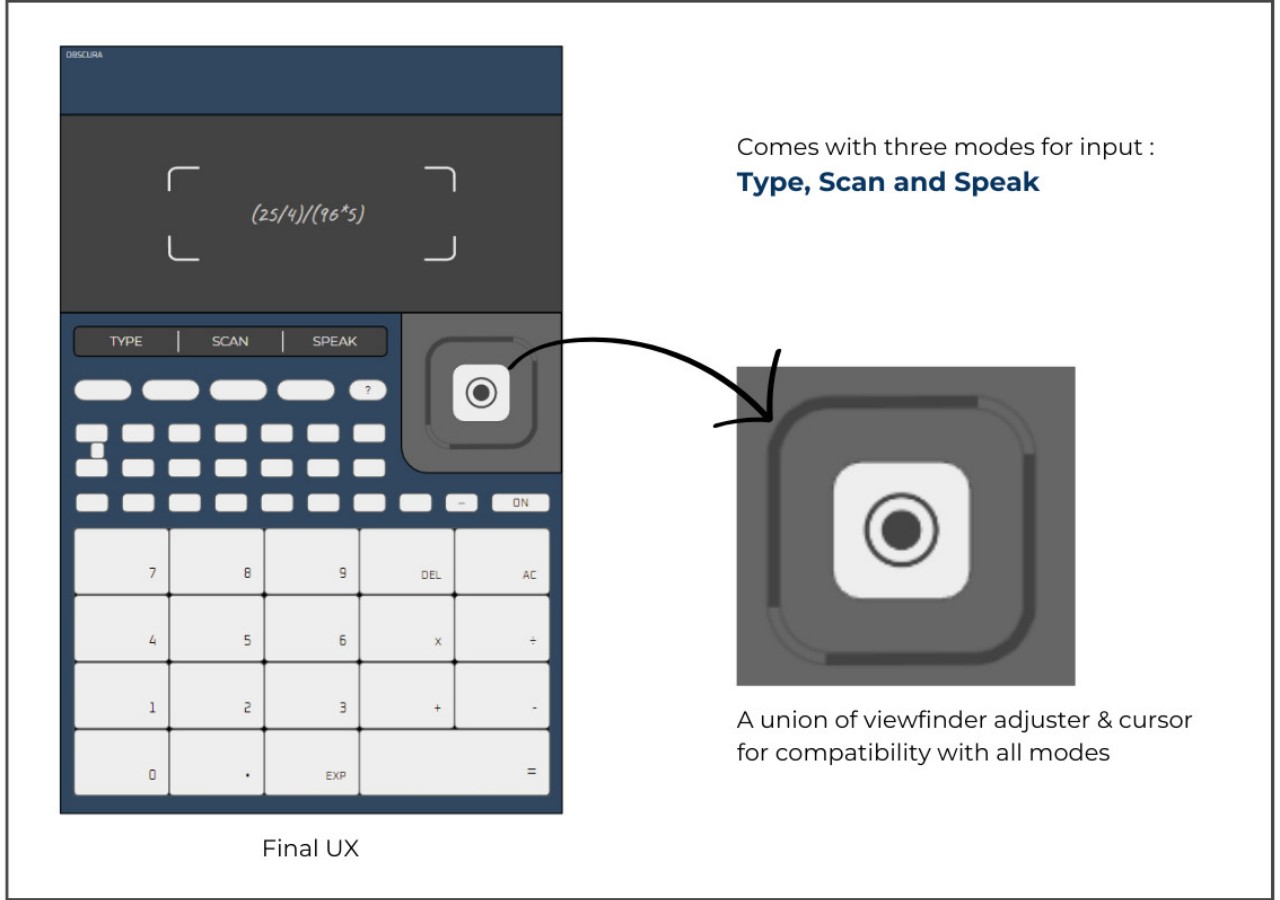

Of course, you can also just type out the numbers like with any regular scientific calculator. In terms of the device’s interface, what sets this calculator apart is a touch control that lets you adjust the viewfinder or move the cursor around on the display. In all other aspects, it’s pretty much like any other powerful calculator, just that it has AI running inside.
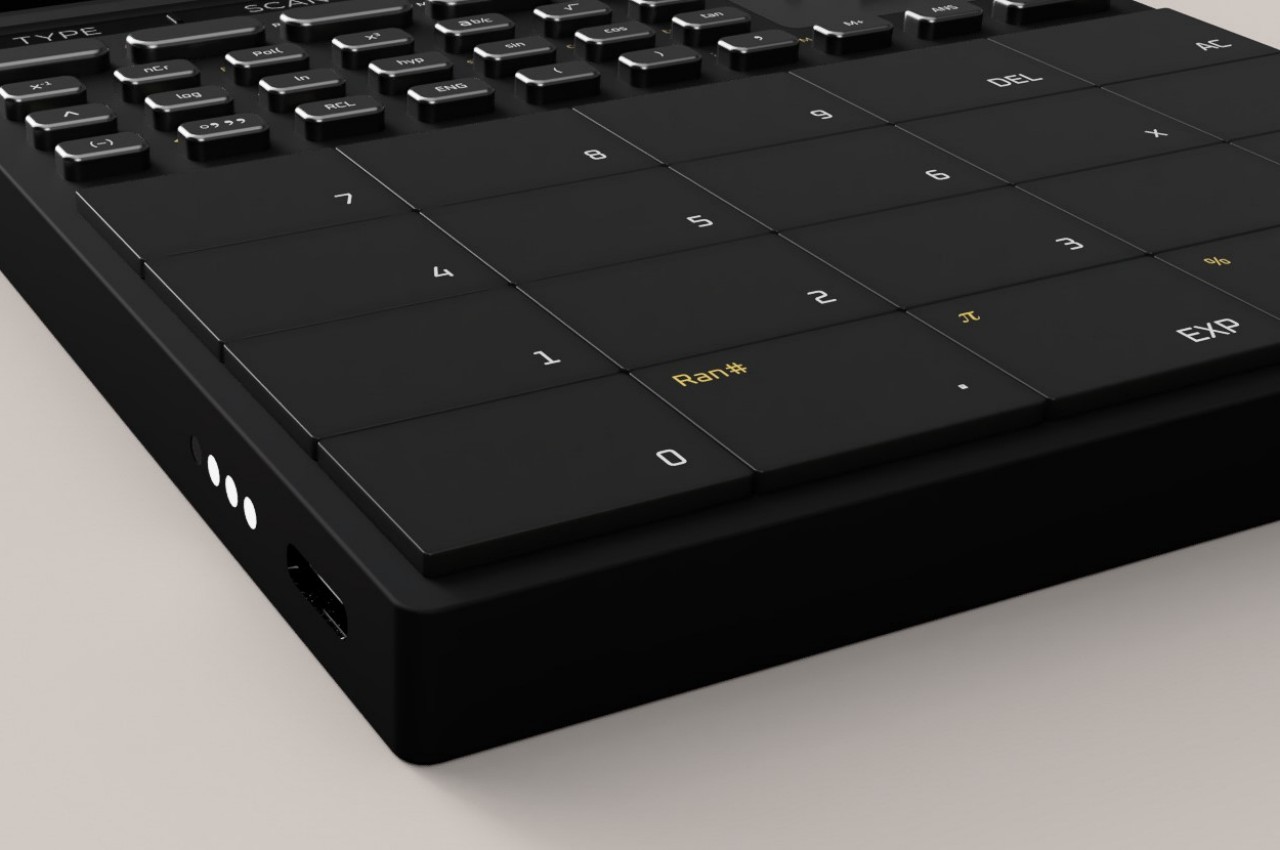
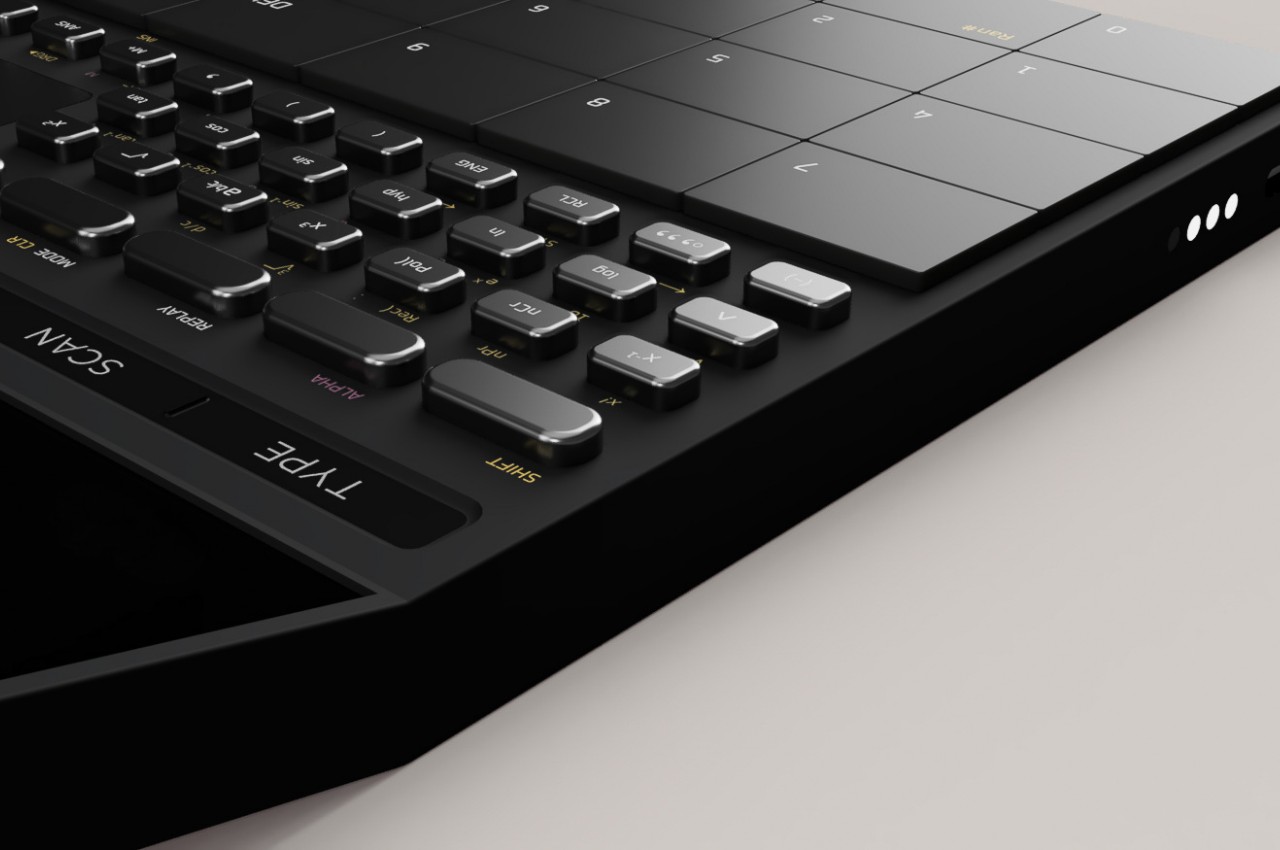
Of course, that raises the question of the purpose of such a device, especially when smartphones have access to the same hardware and AI services. A smartphone, however, also has plenty of distractions that can drag you away from the work at hand, especially if that work happens to involve disagreeable numbers. Obscura, at least, offers to do some of the rote work, especially with cross-checking solutions, but it’s still up to the user to be responsible with such great power in their hands.
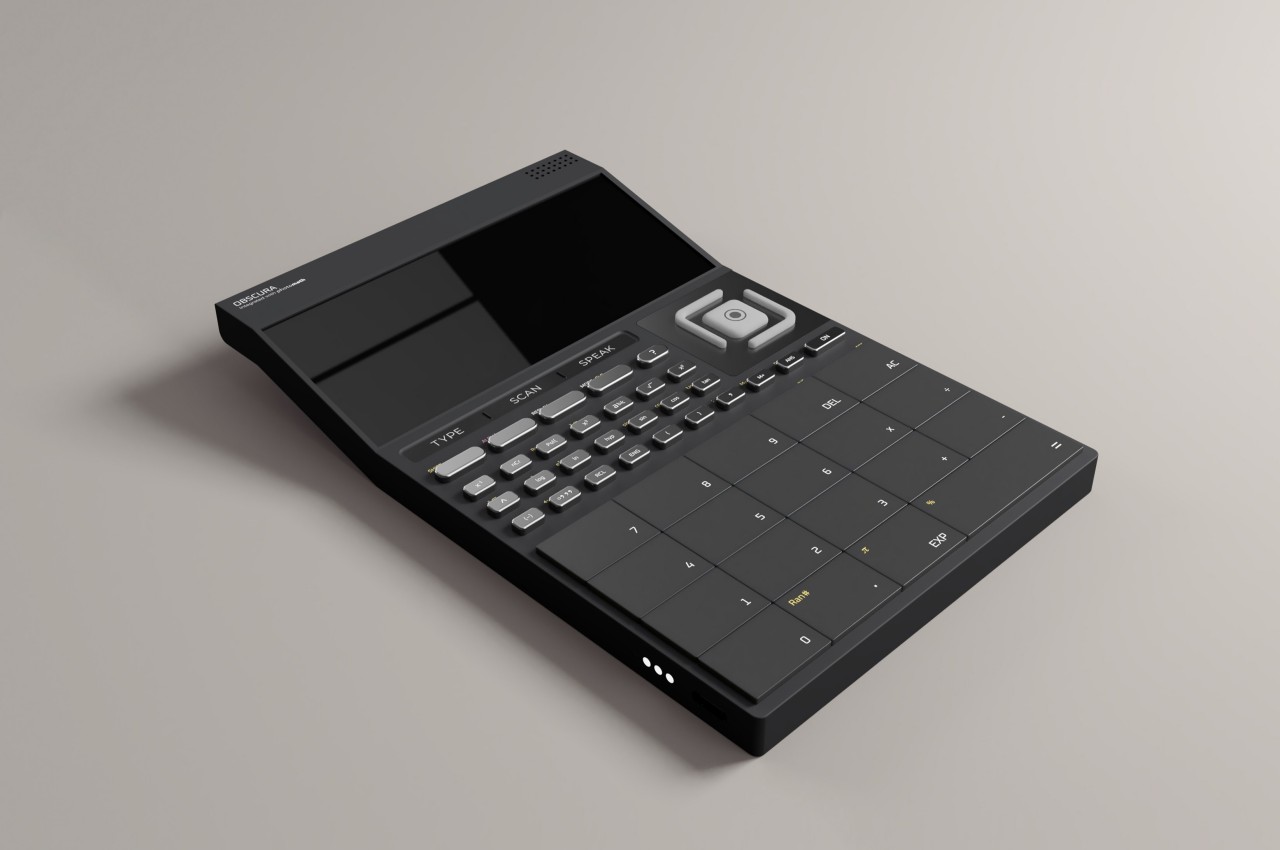
The post AI-powered calculator concept can solve even handwritten math problems first appeared on Yanko Design.
